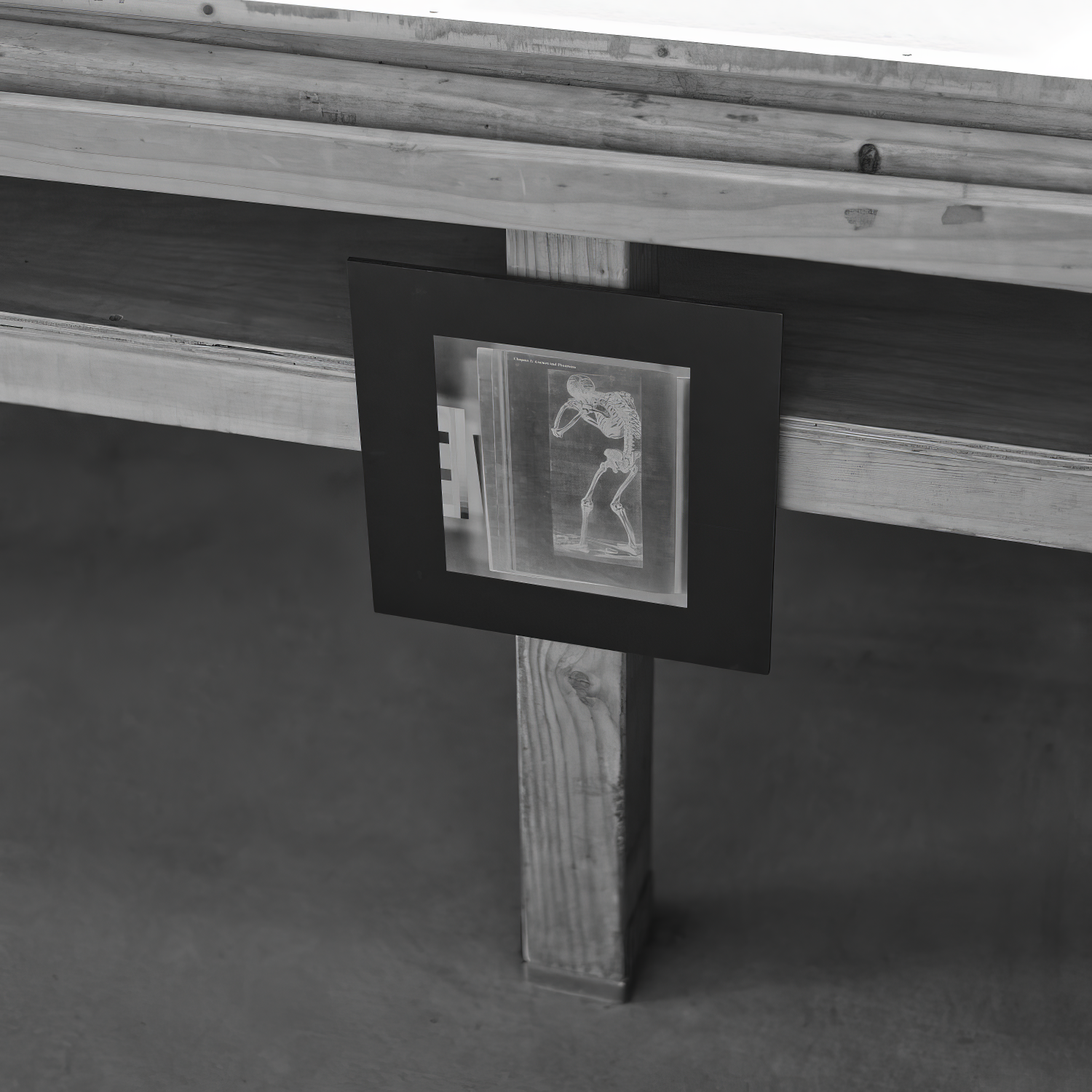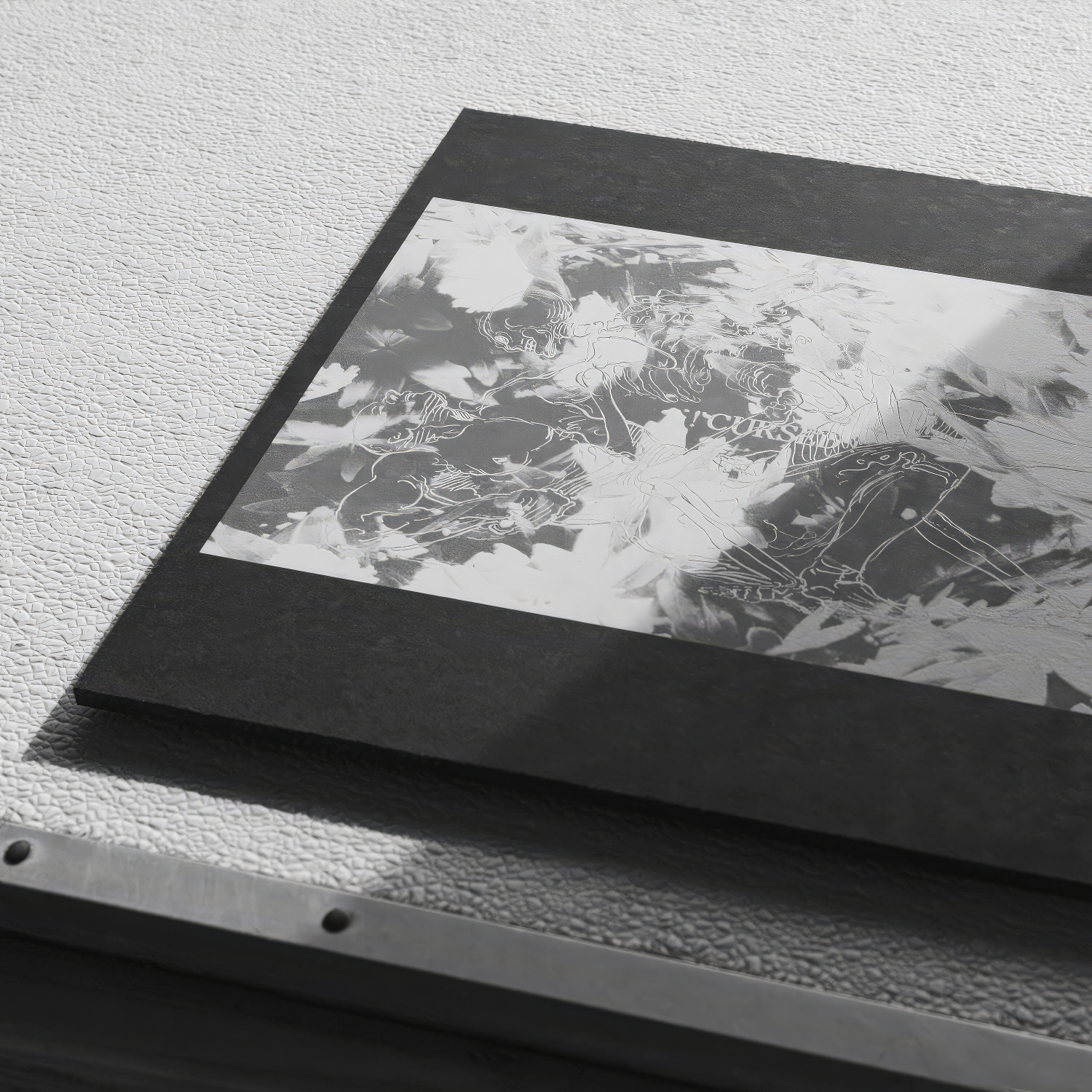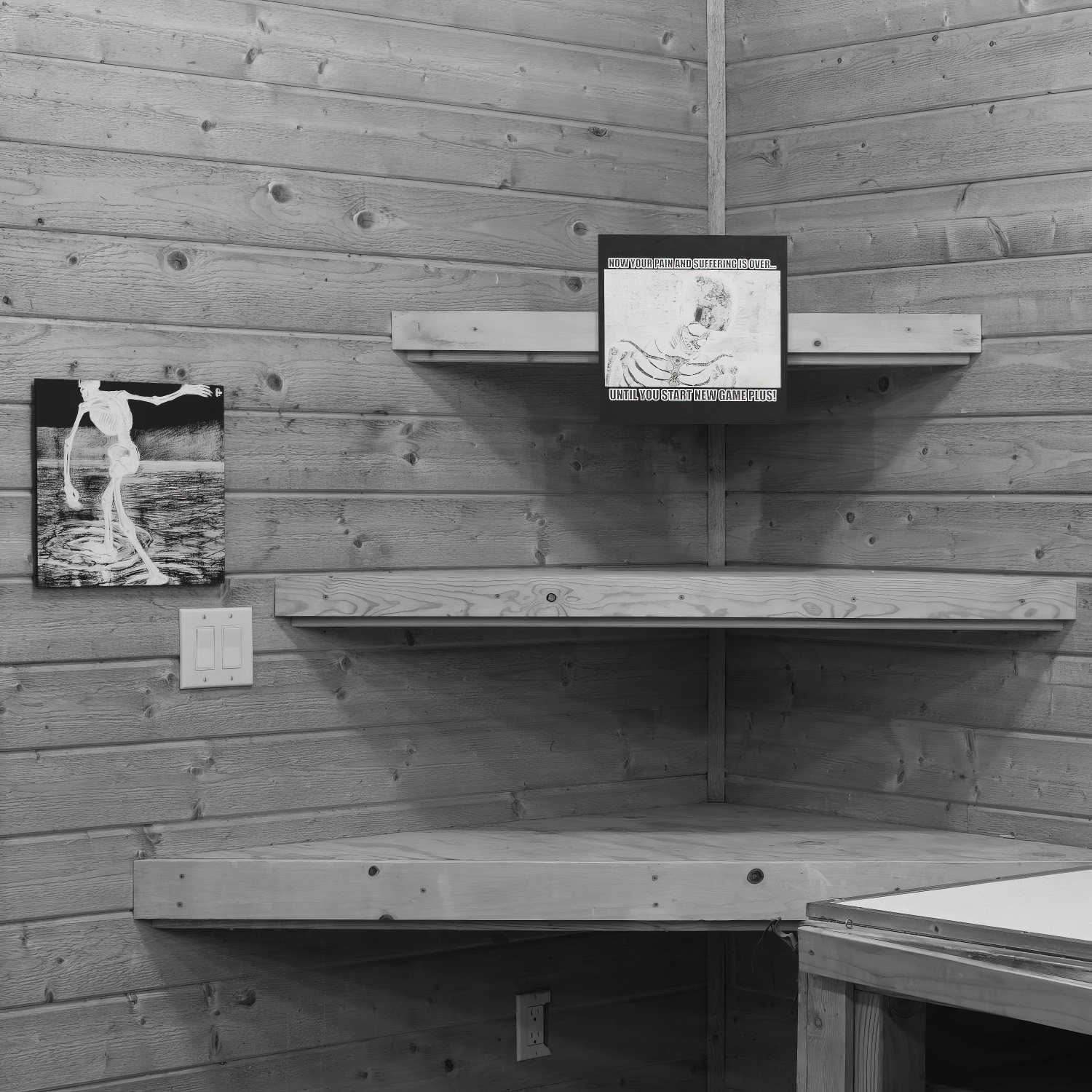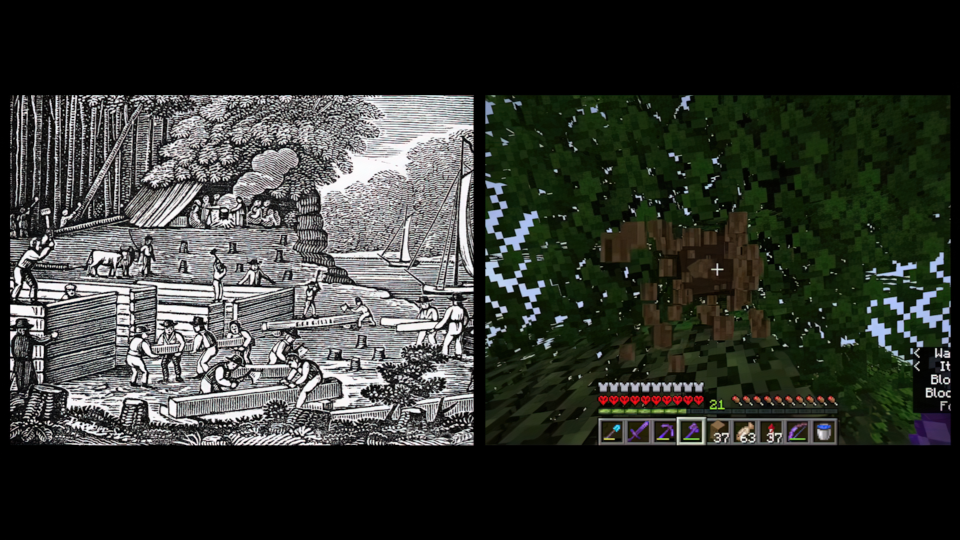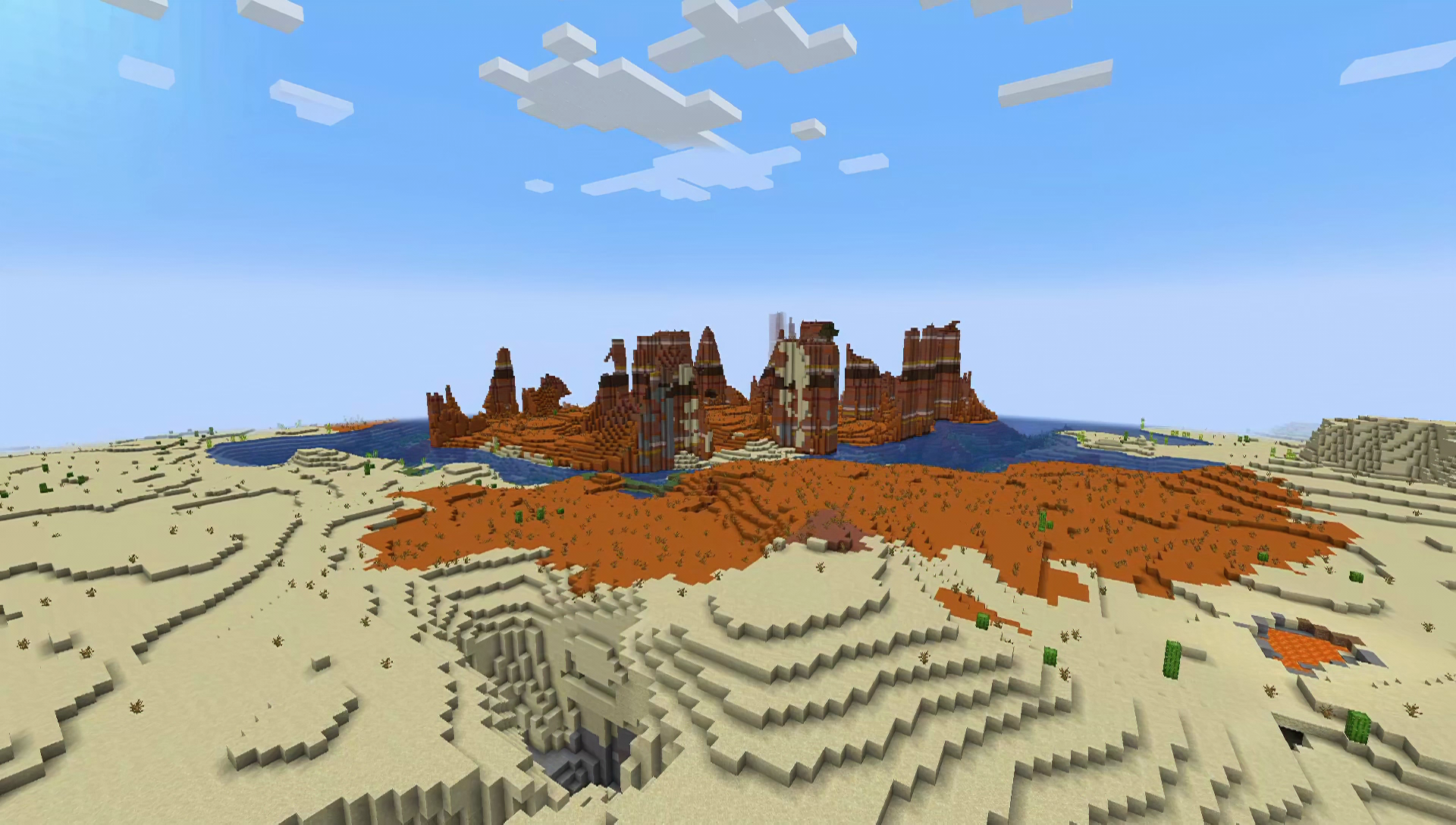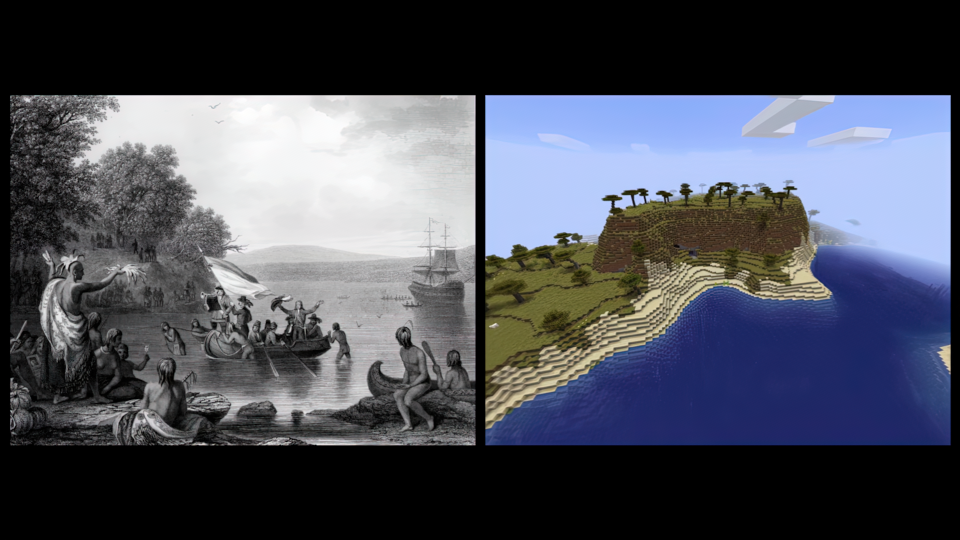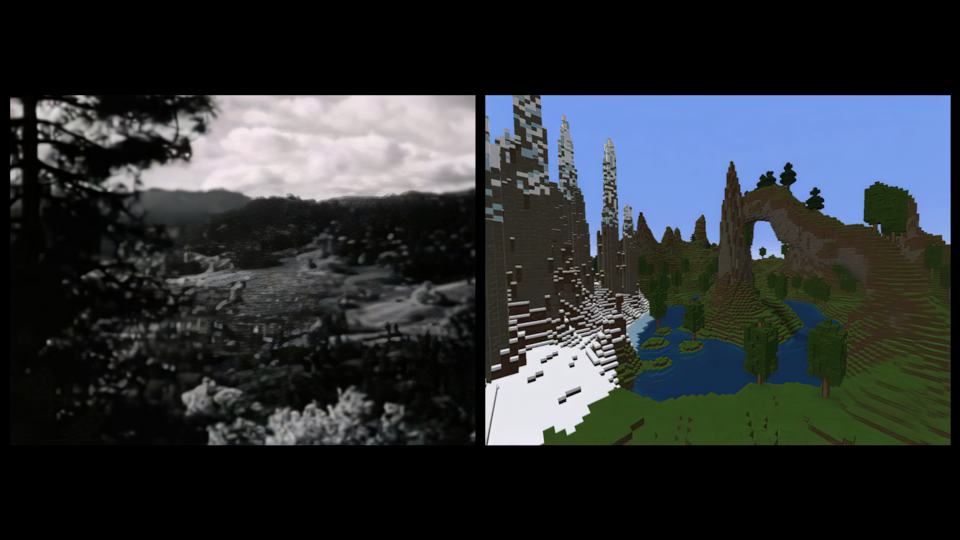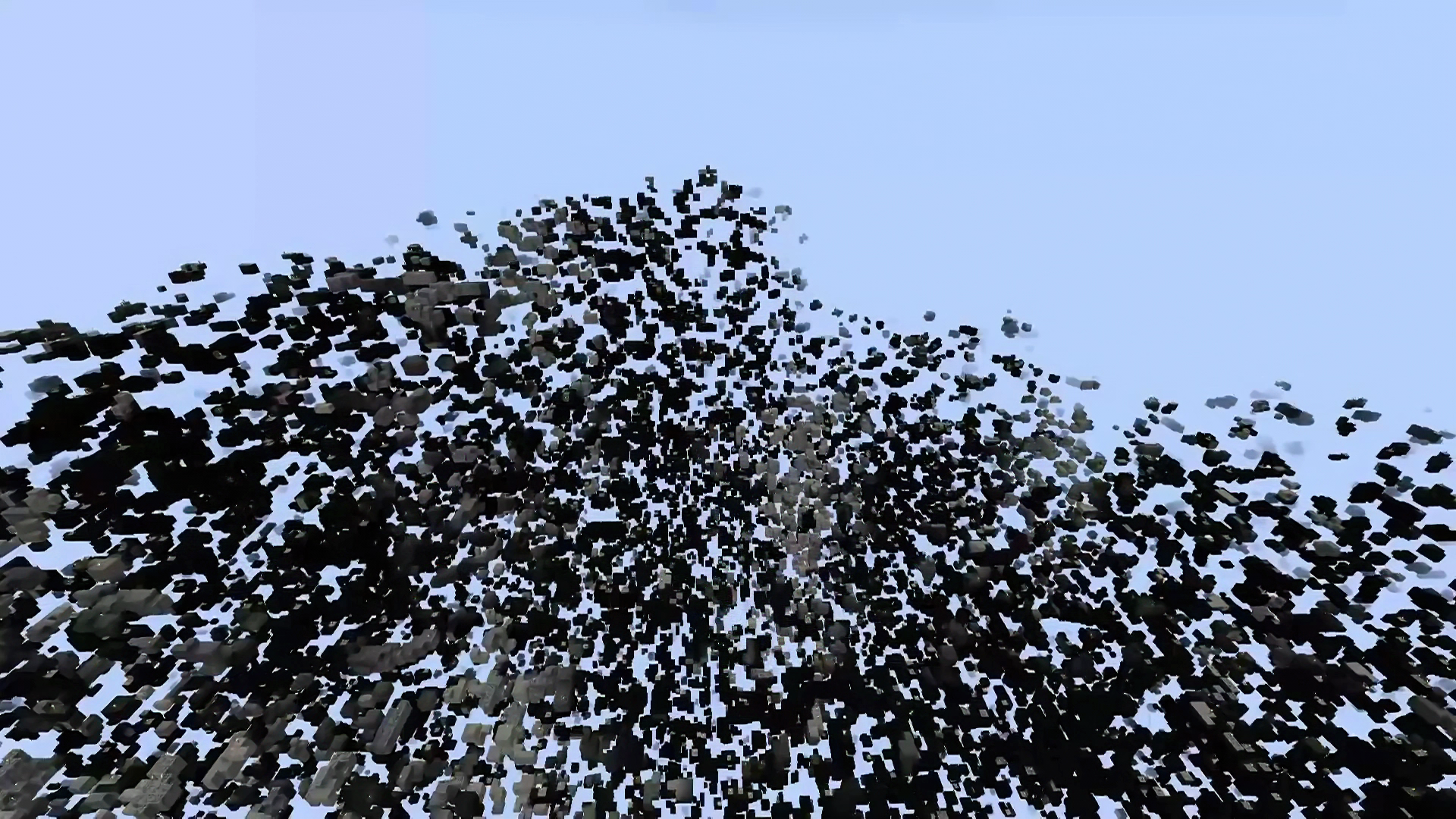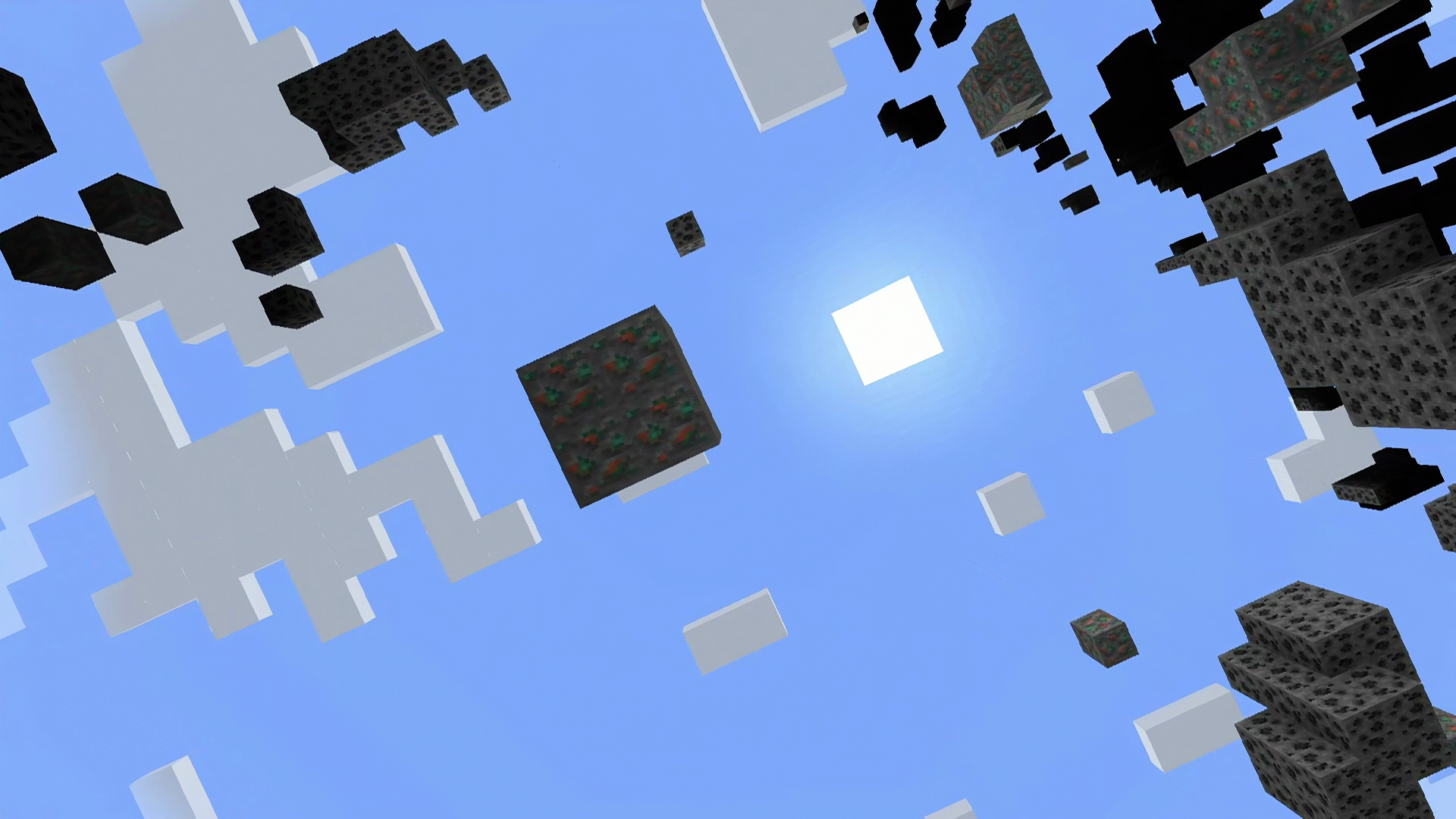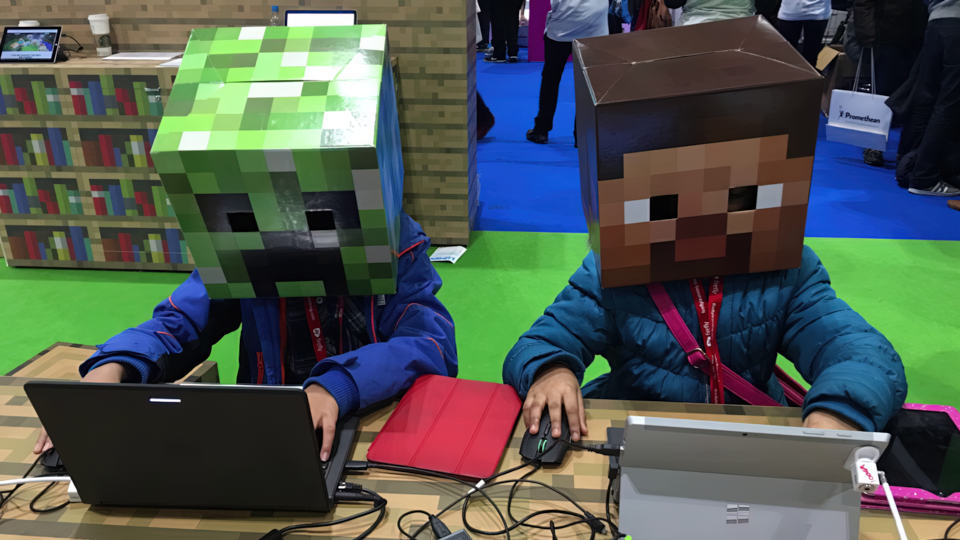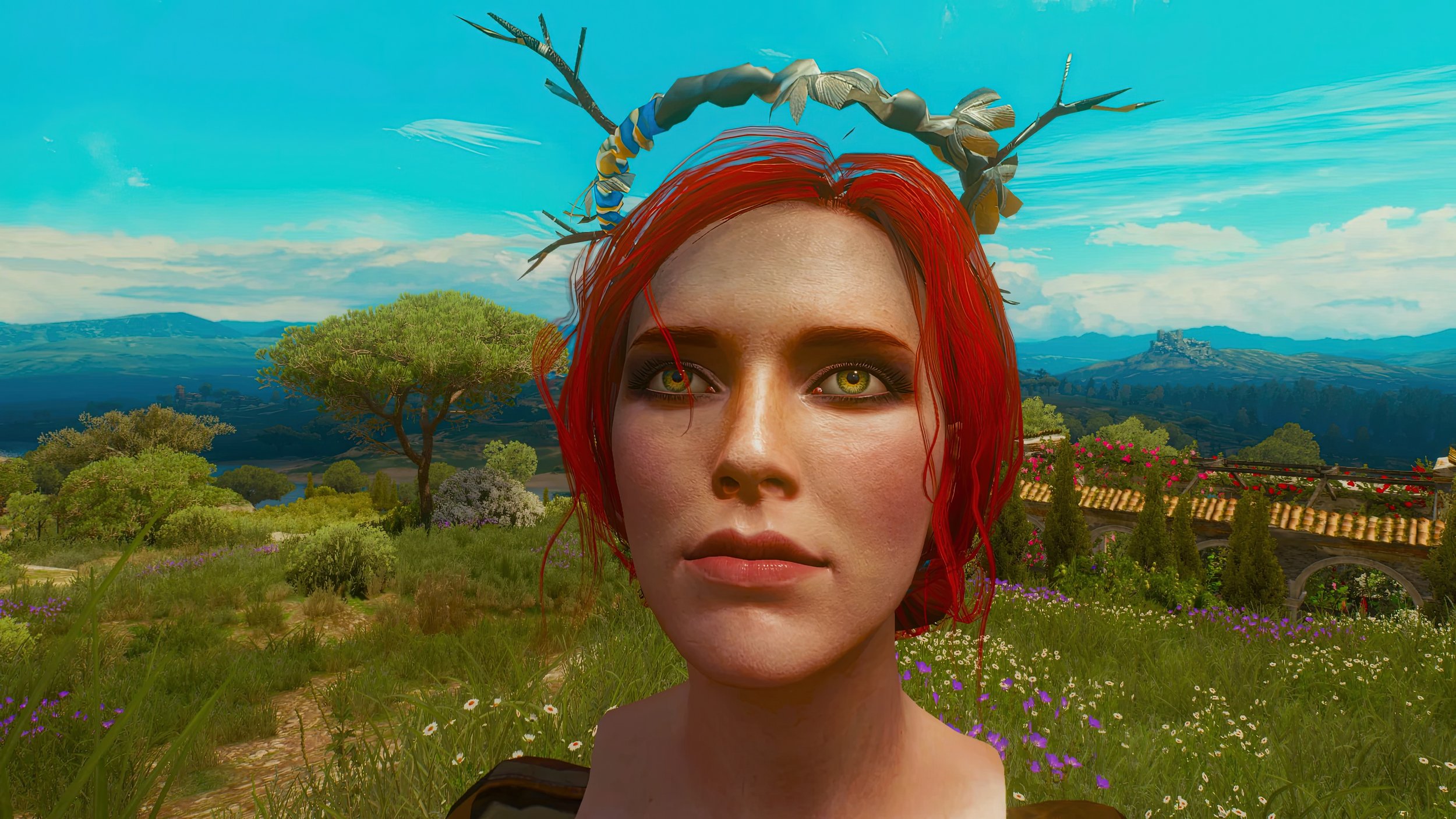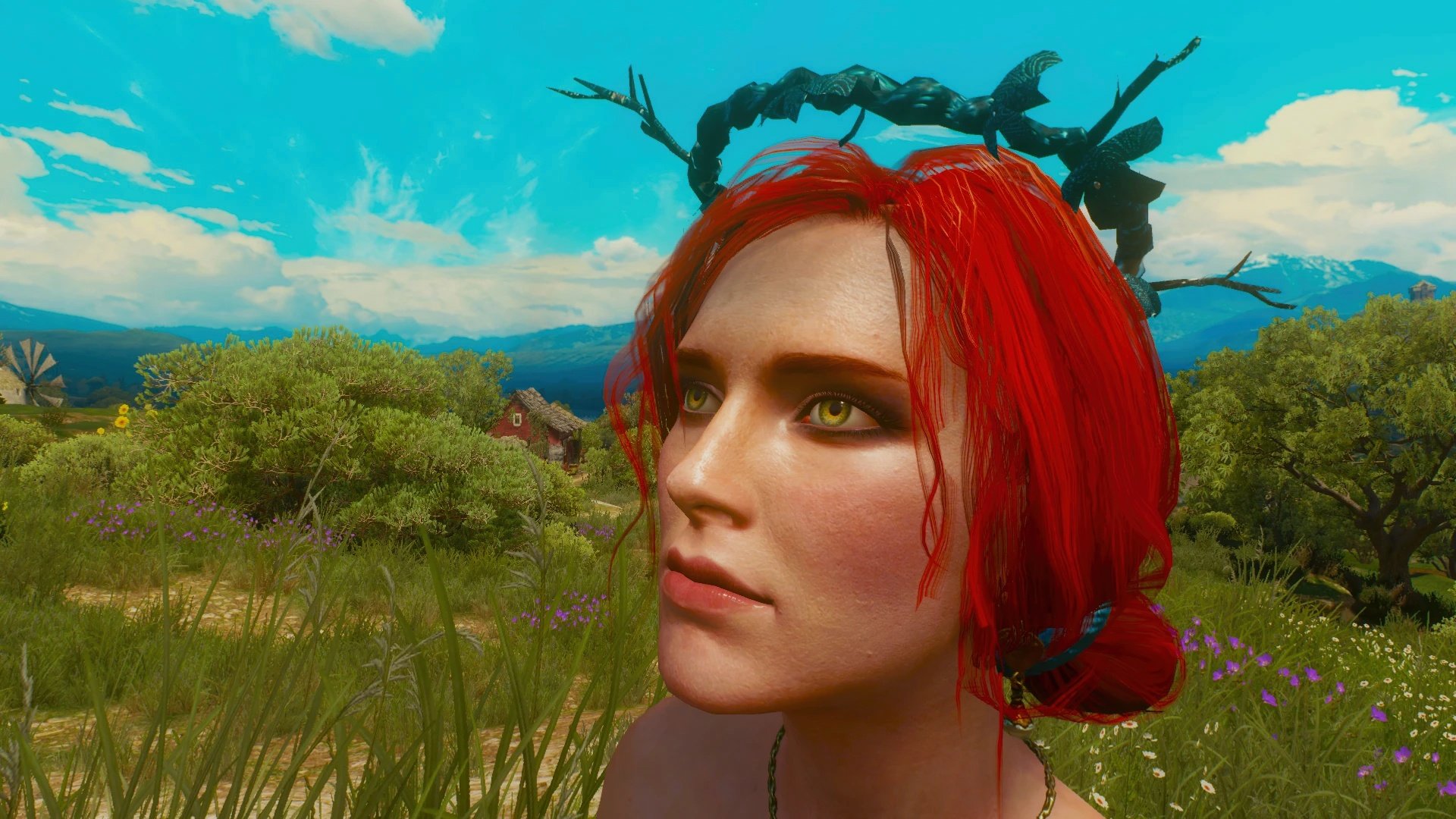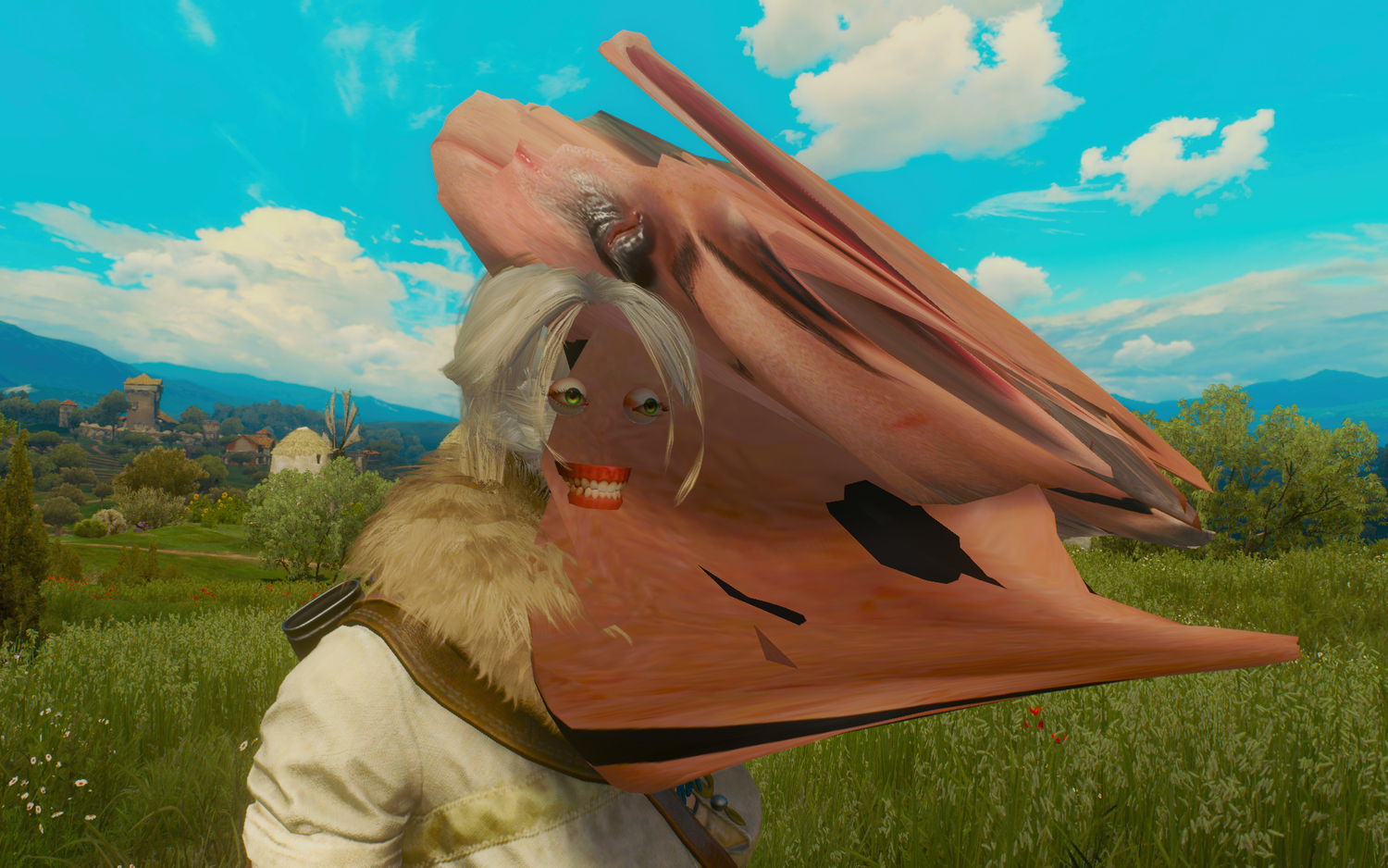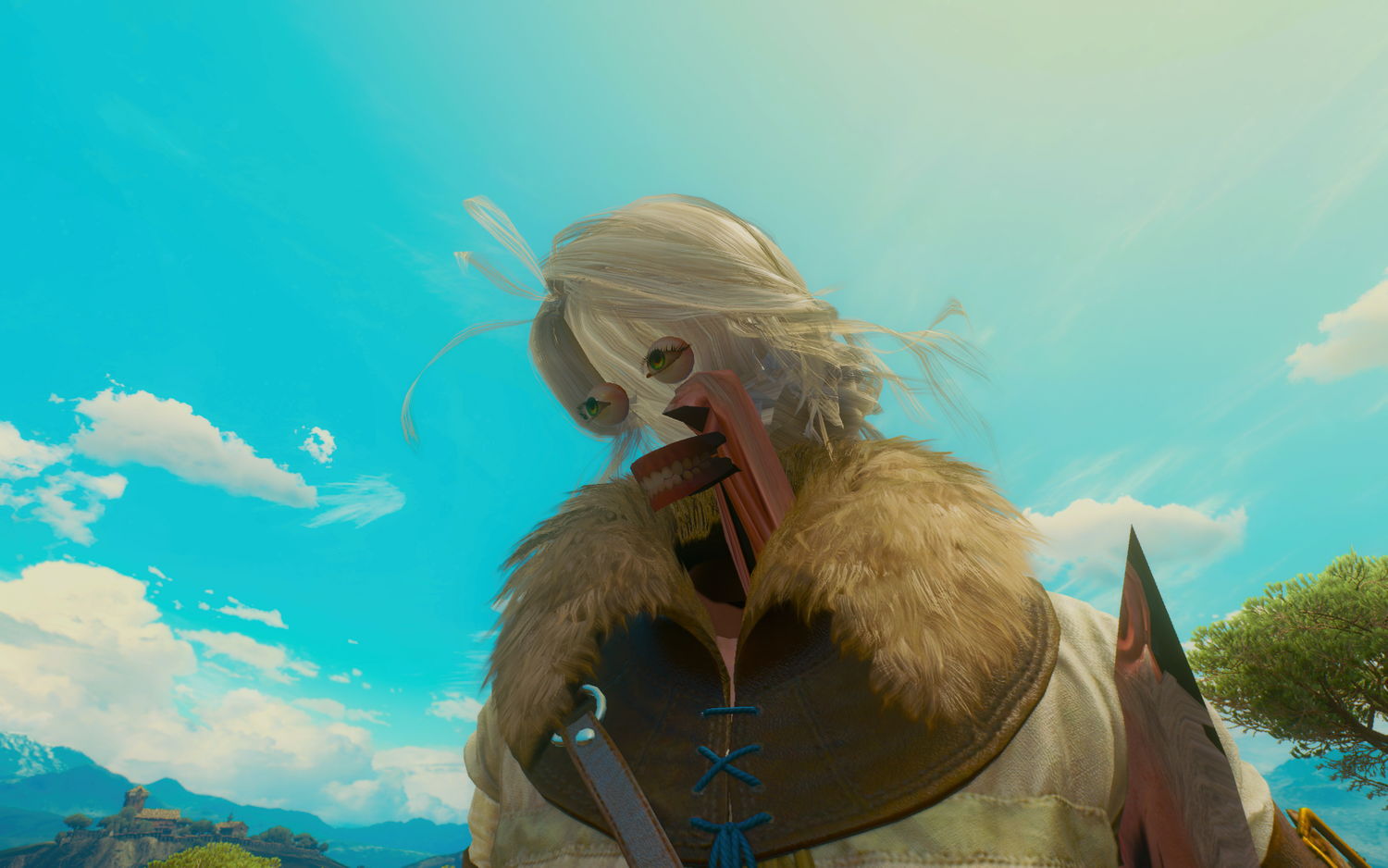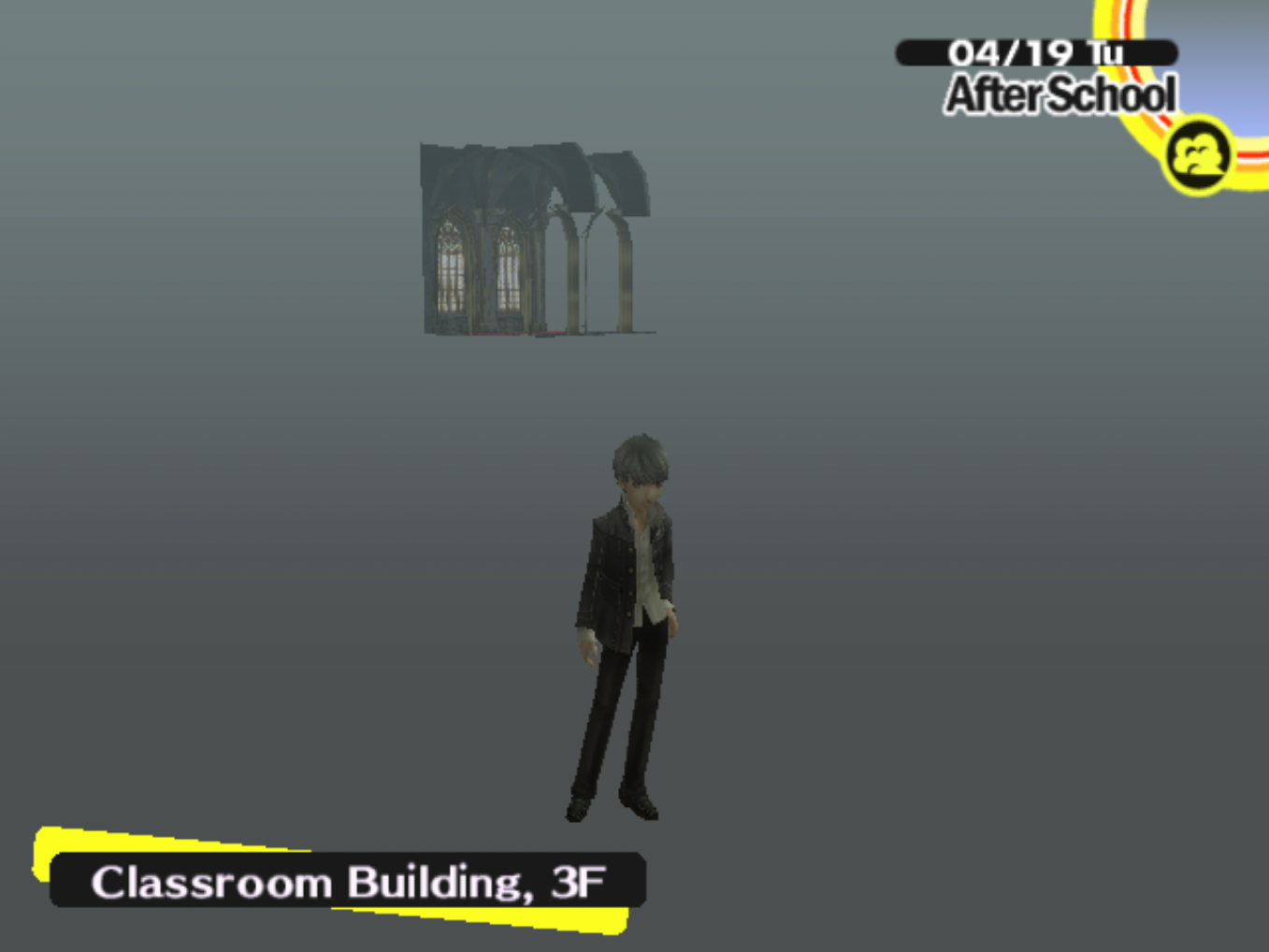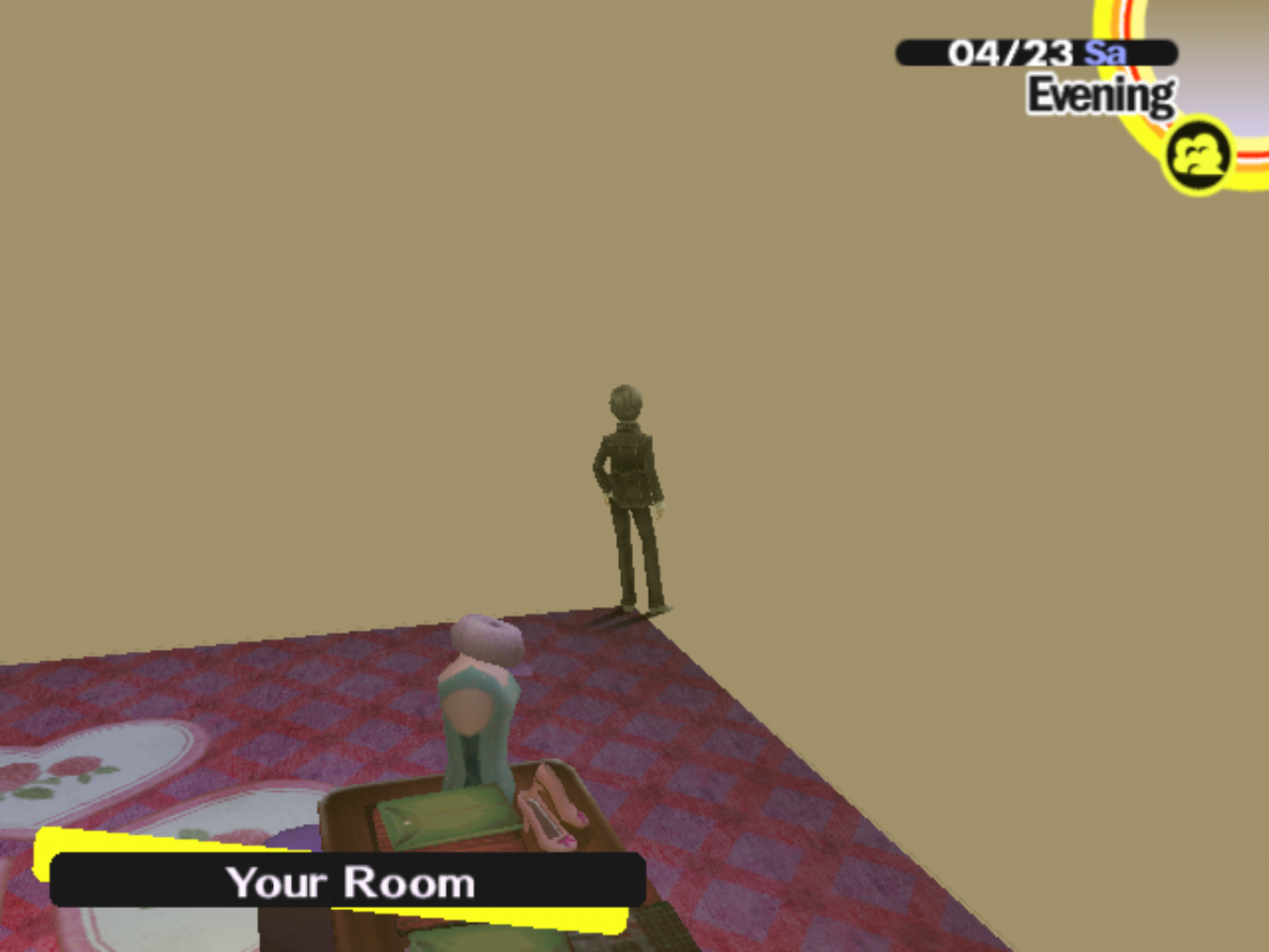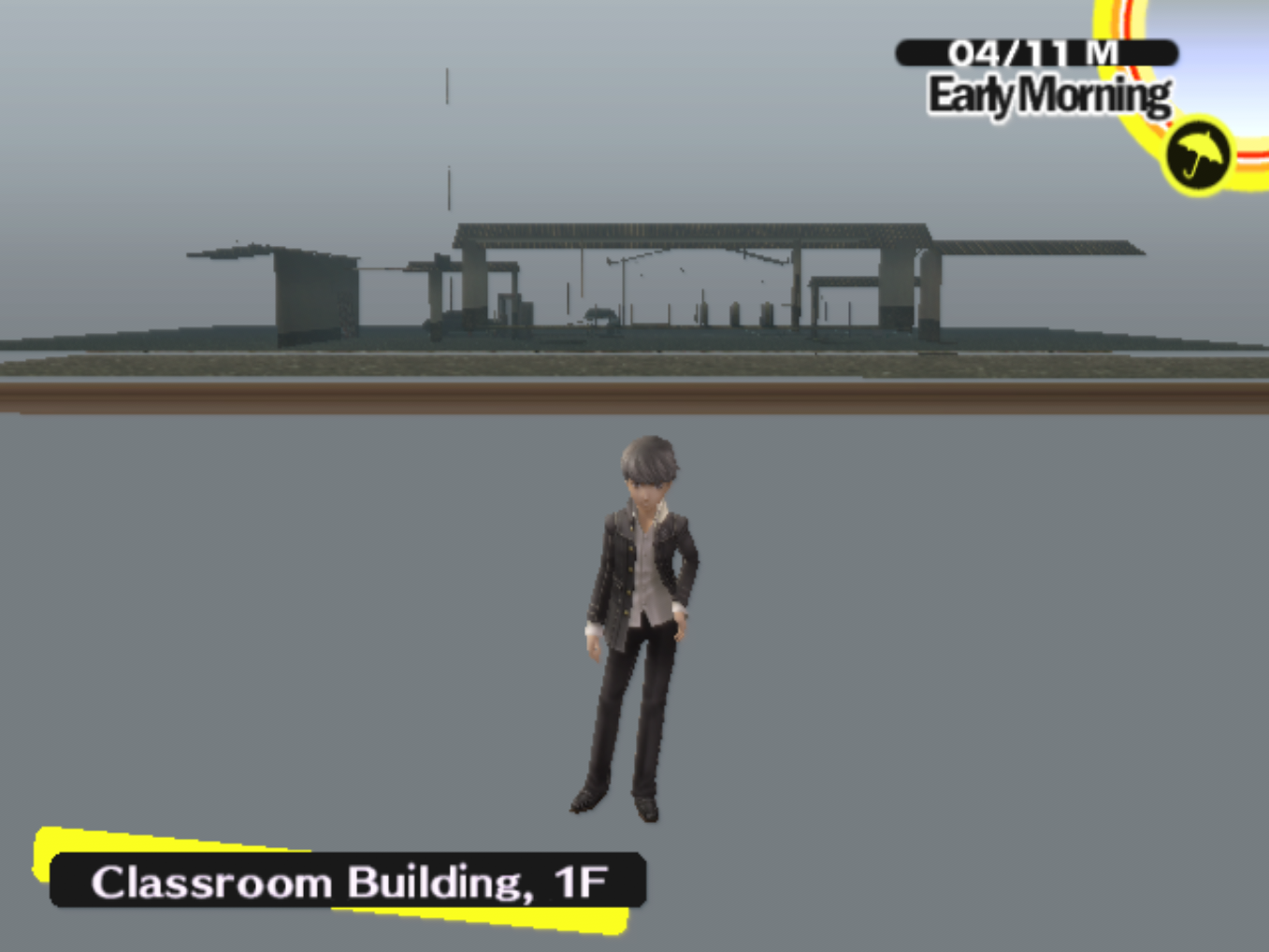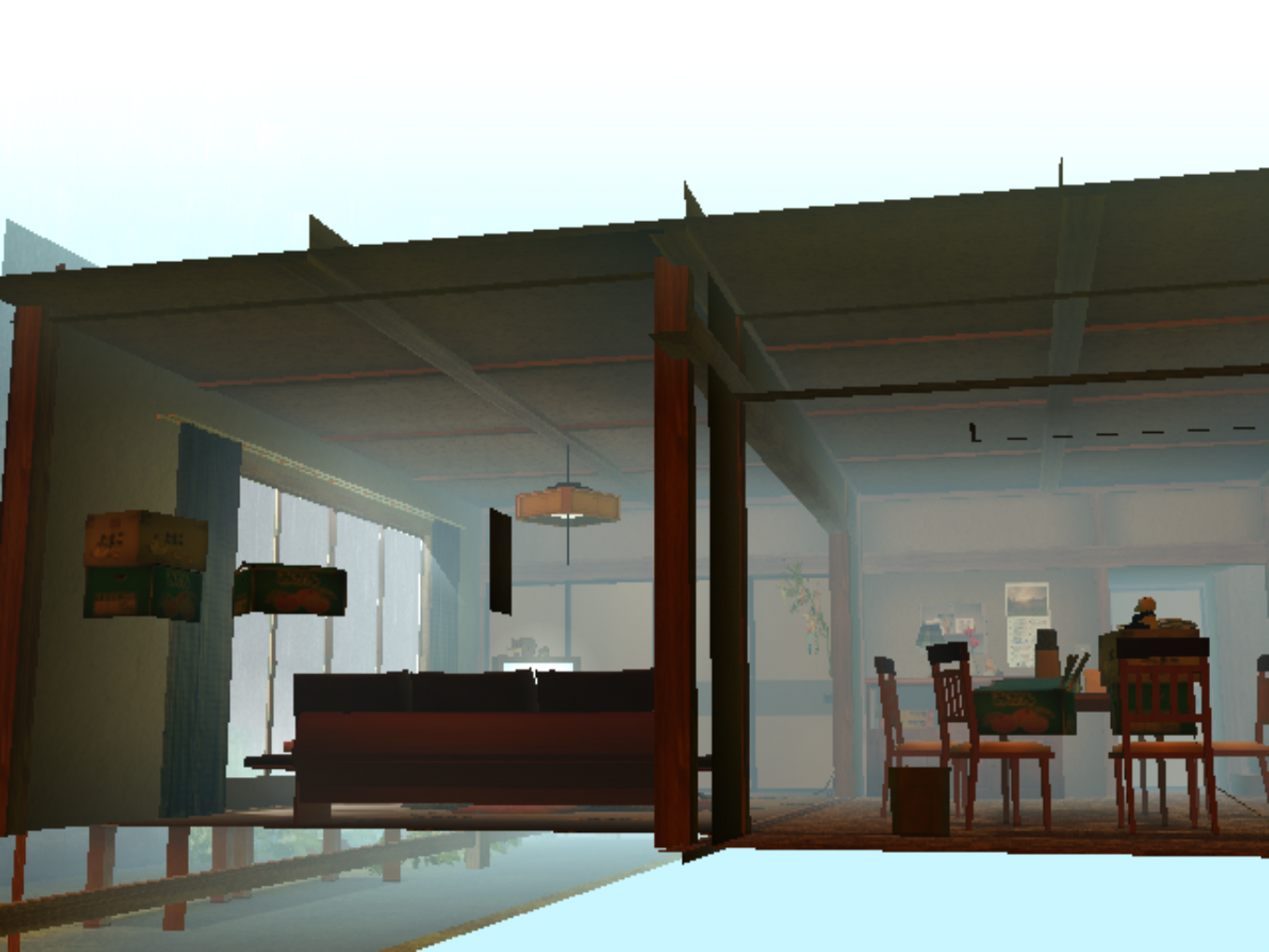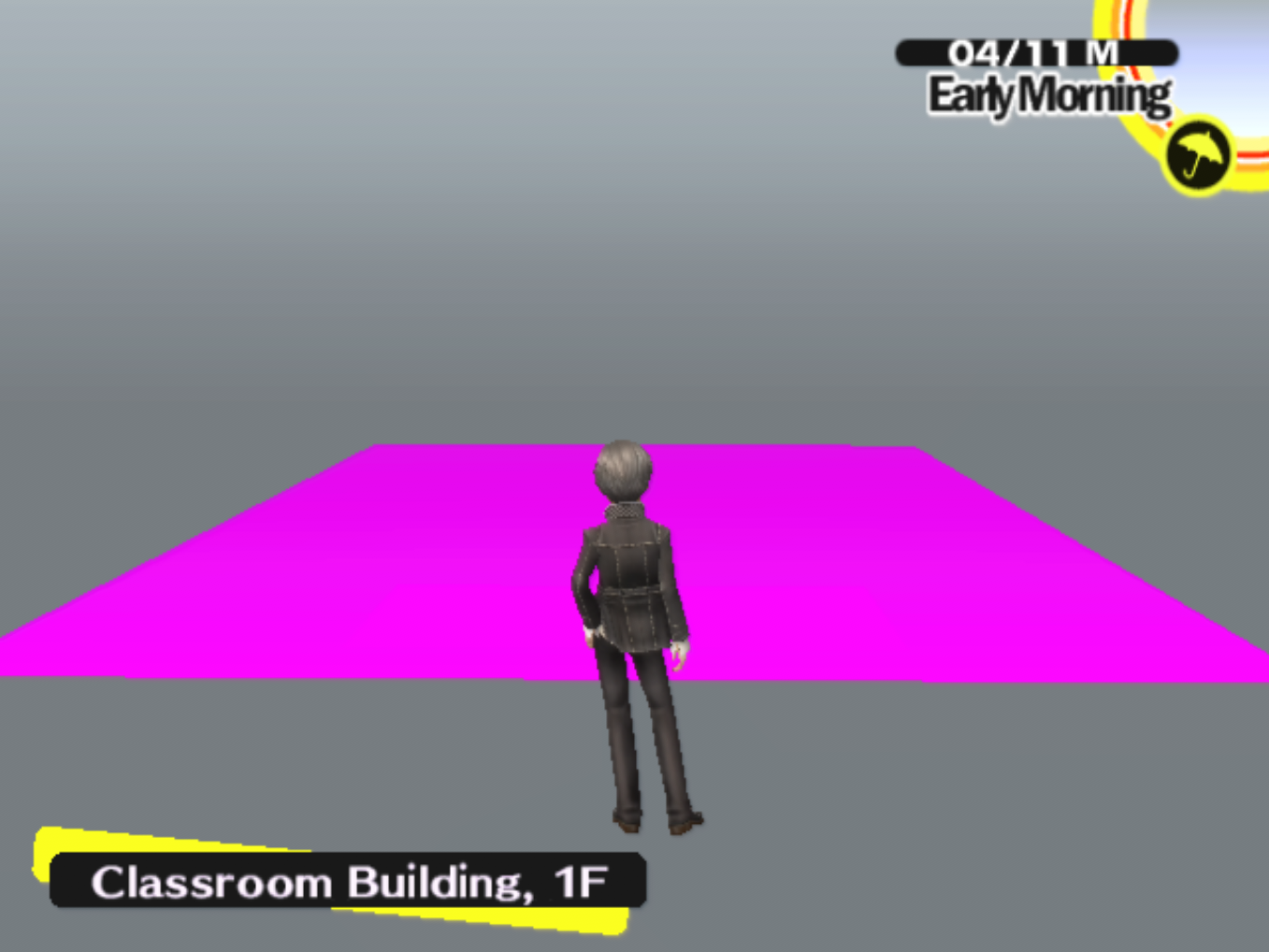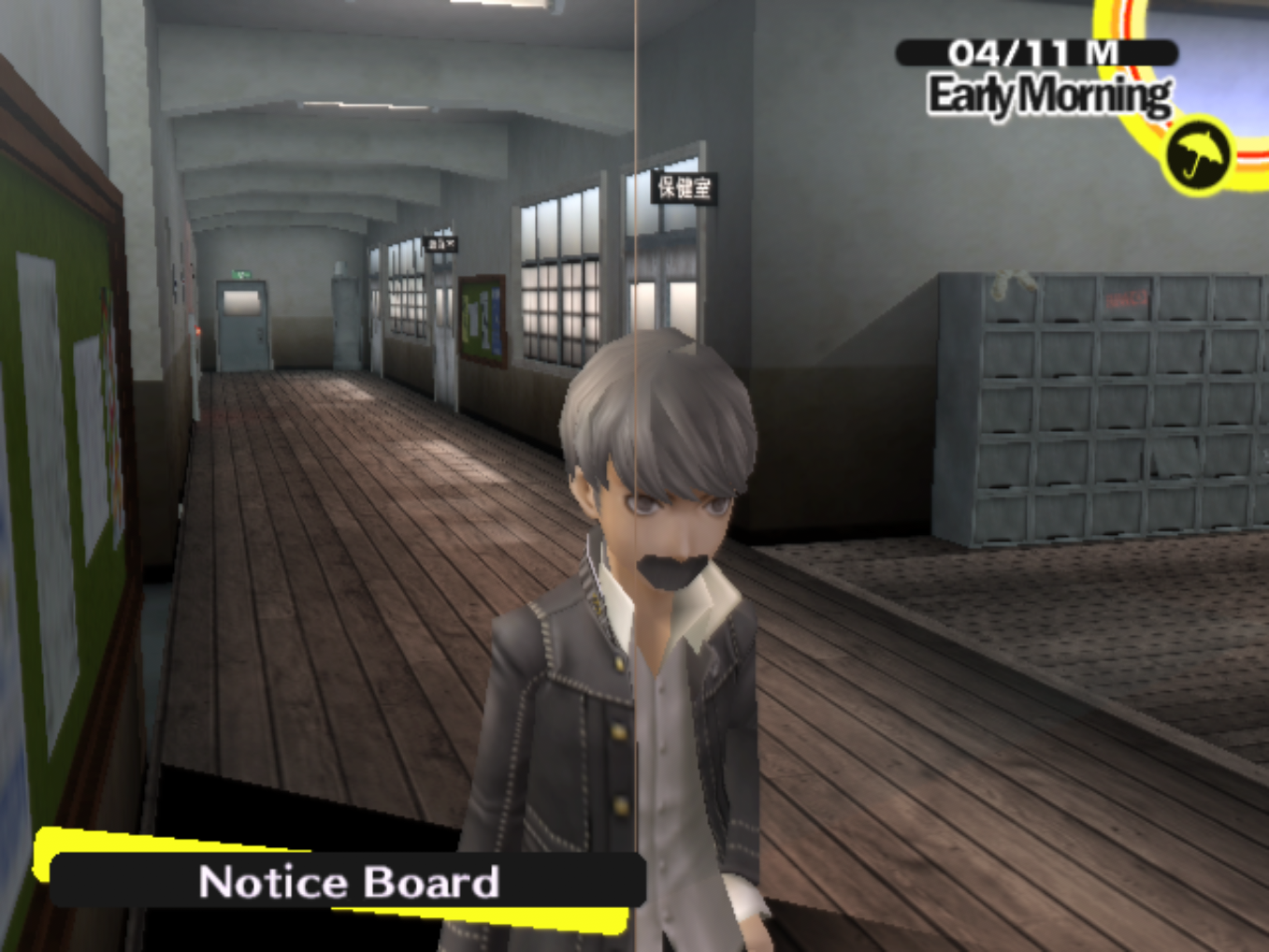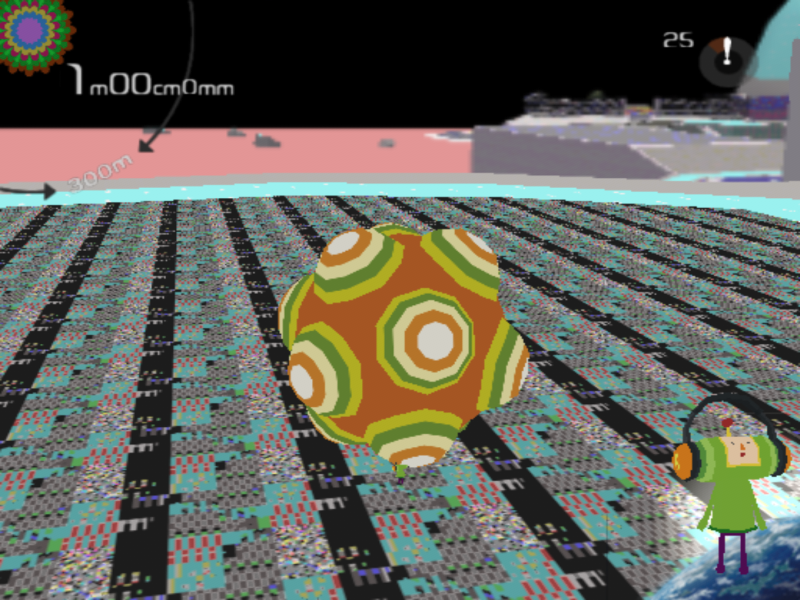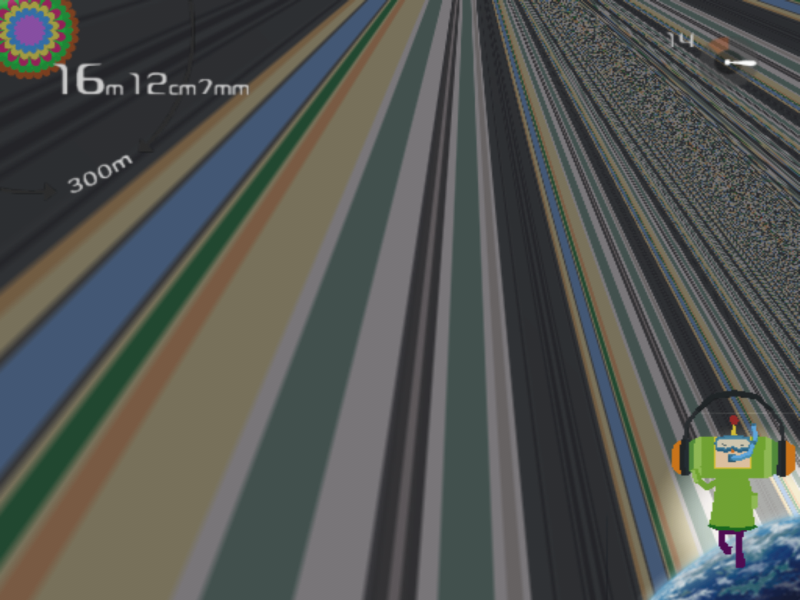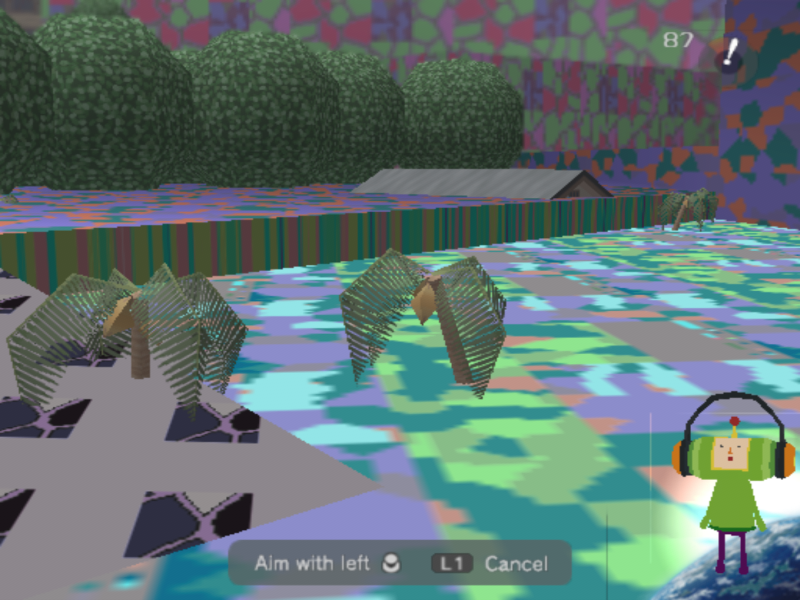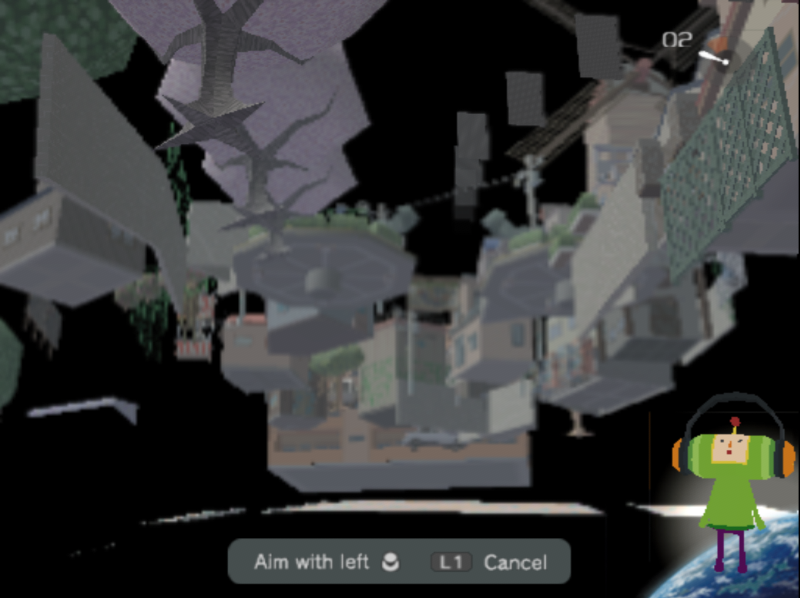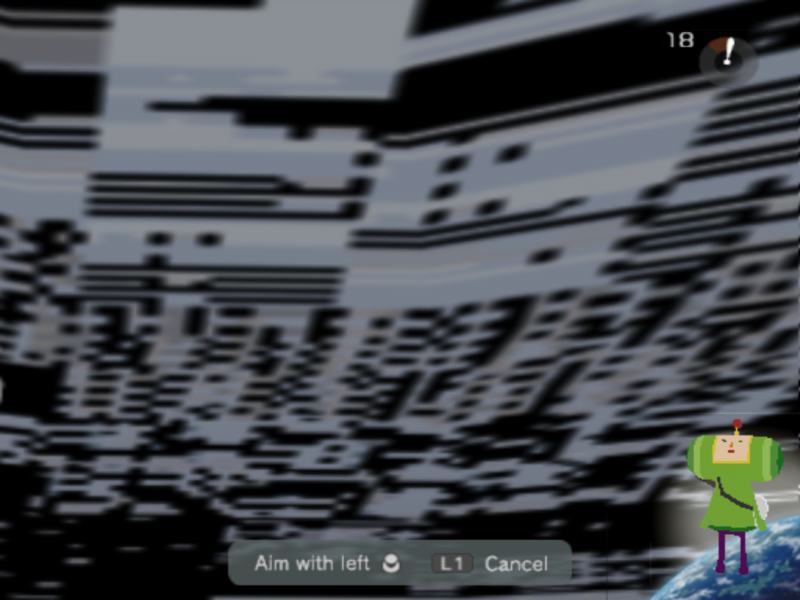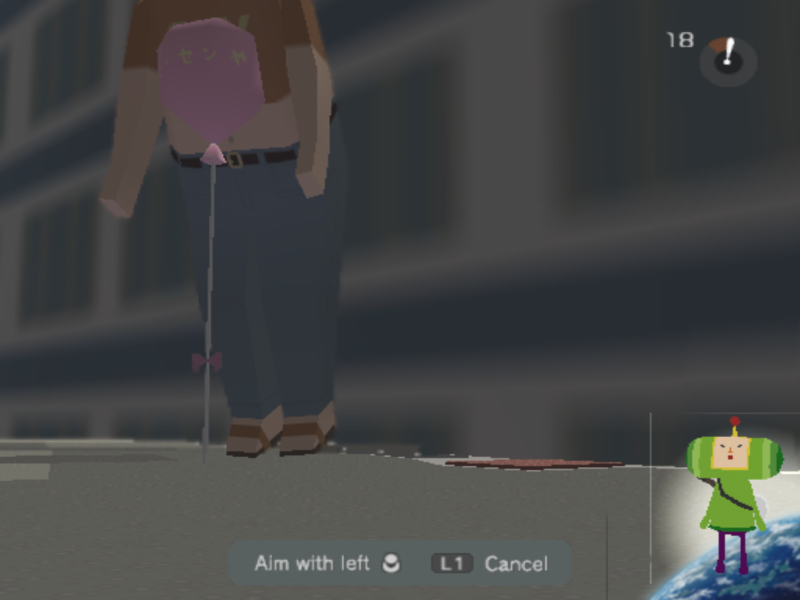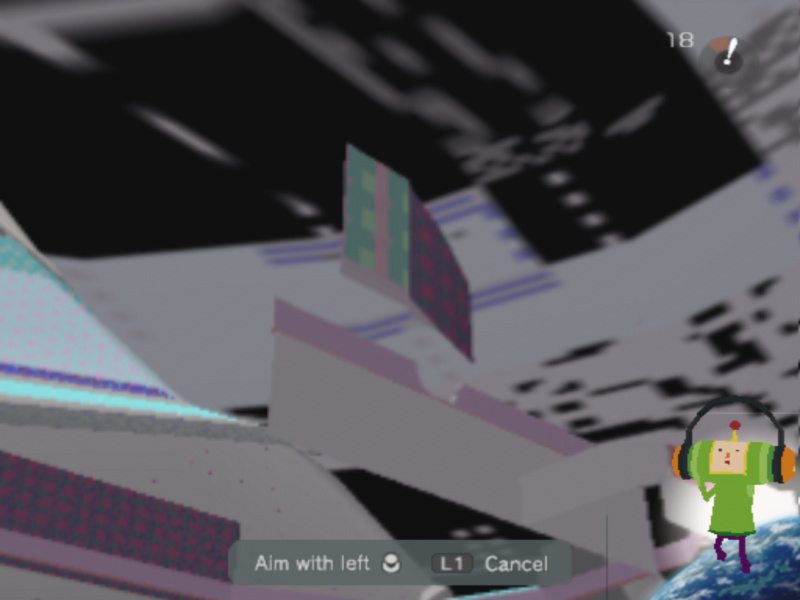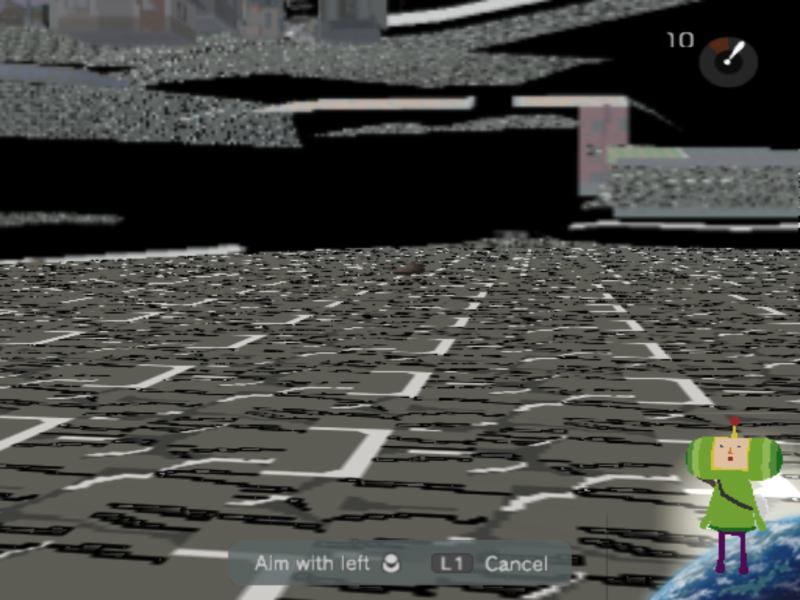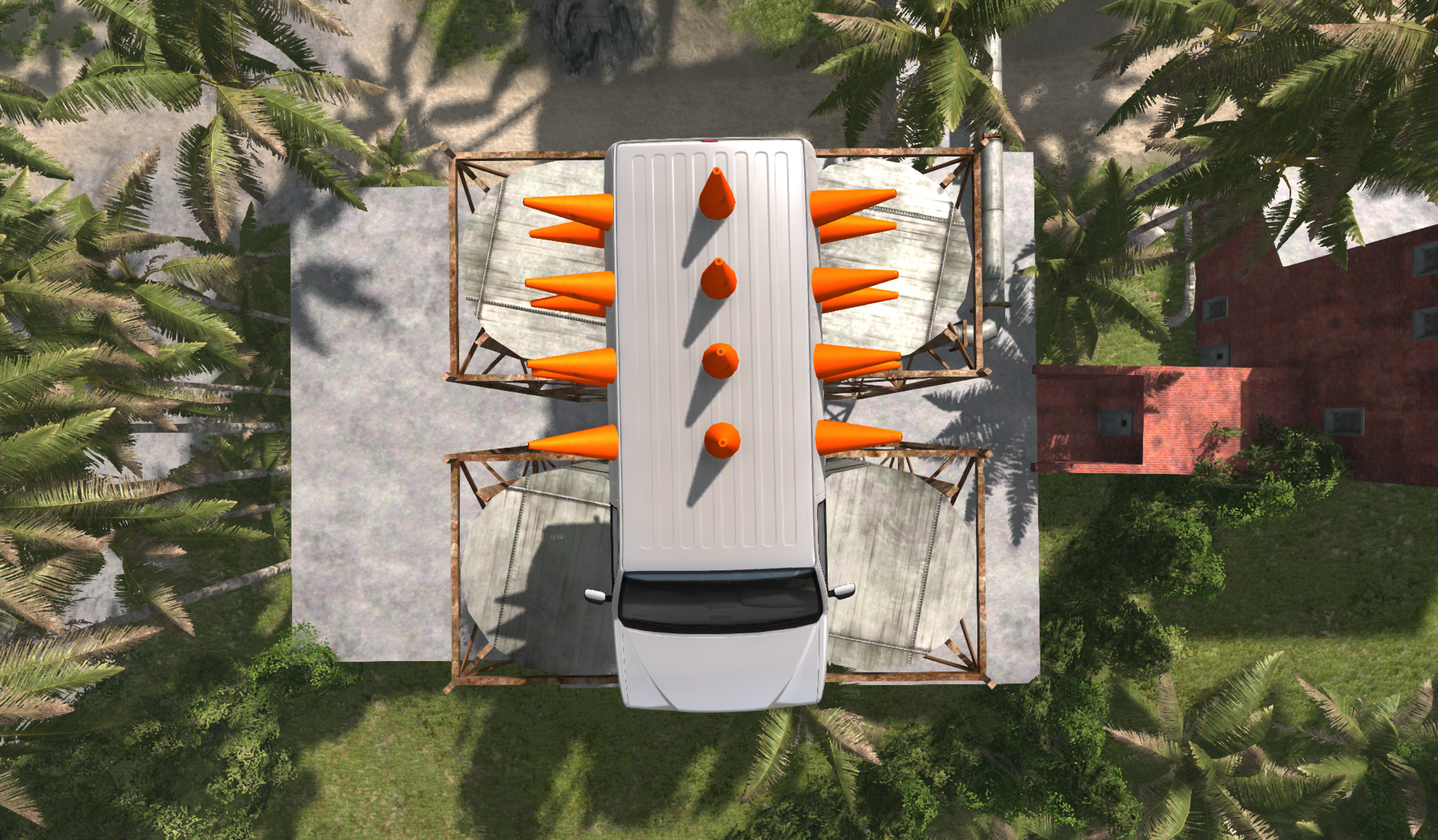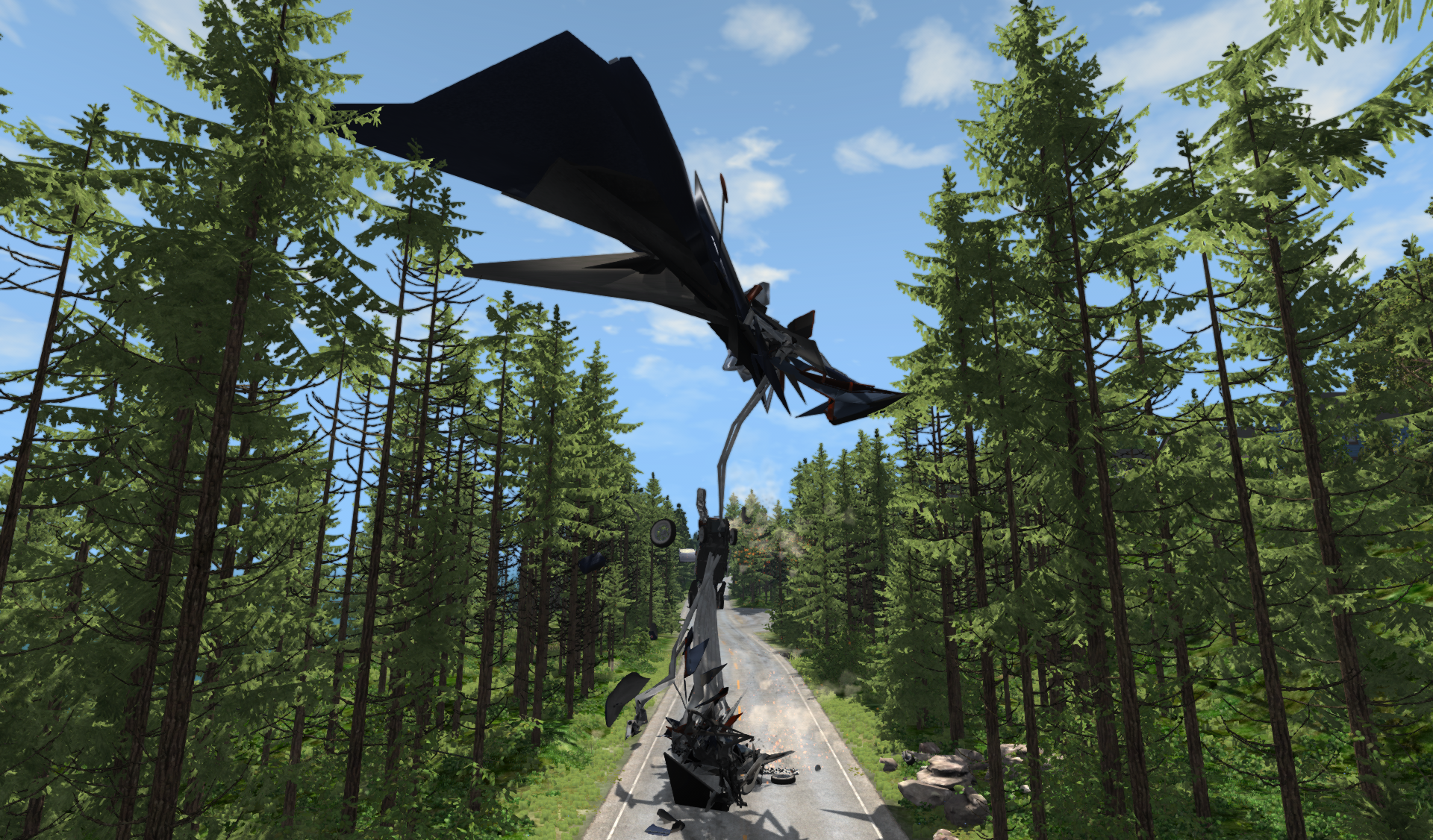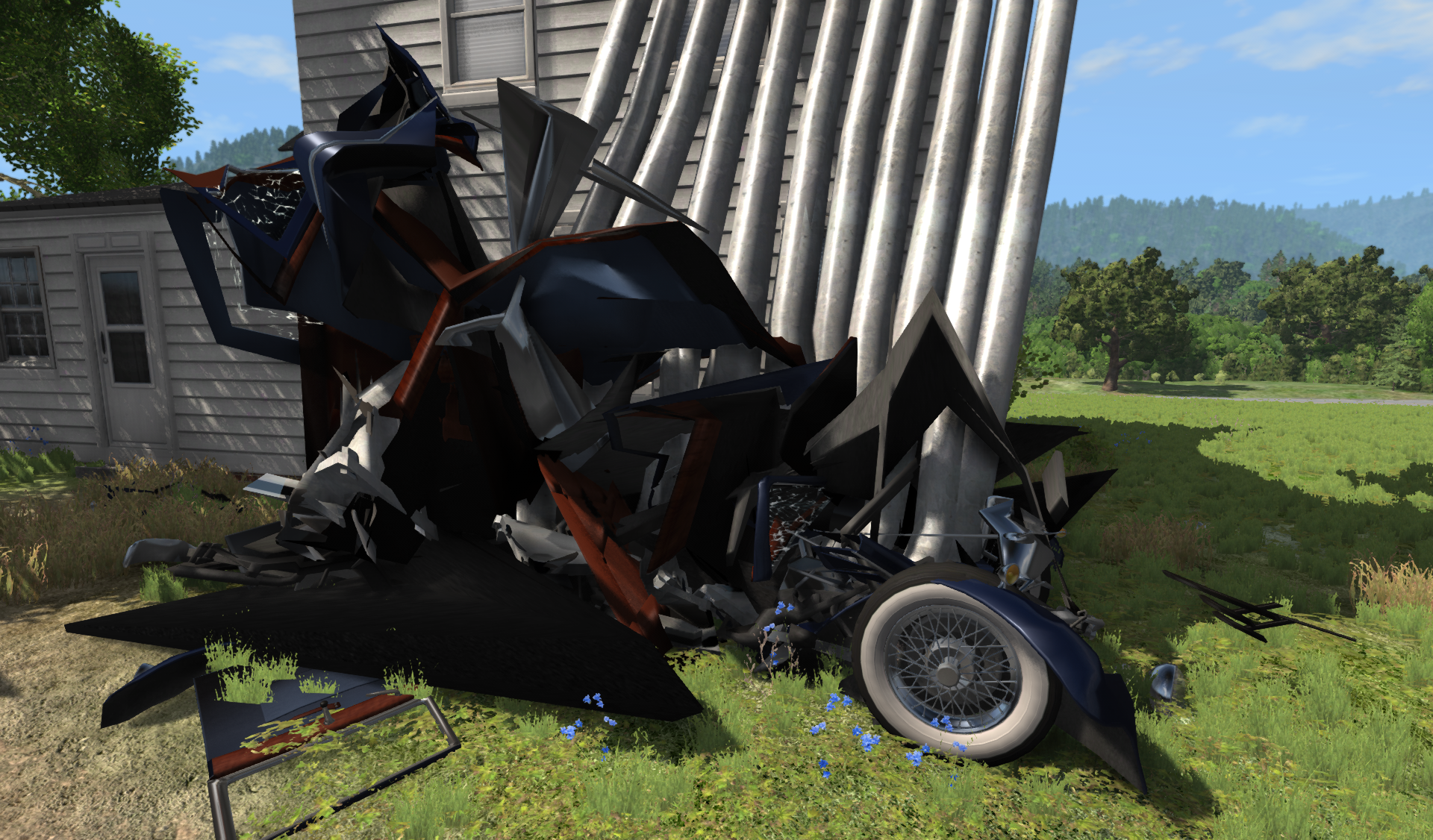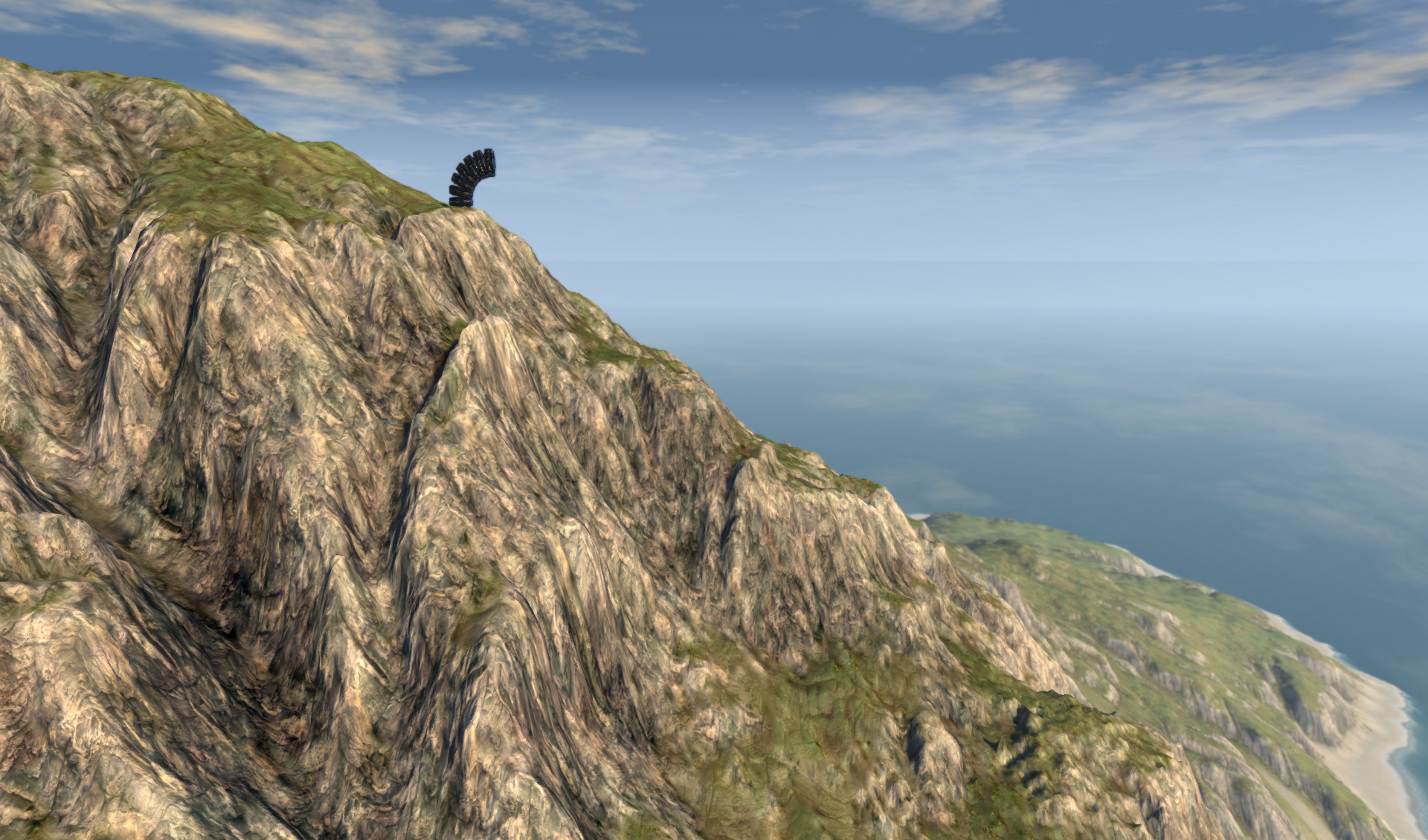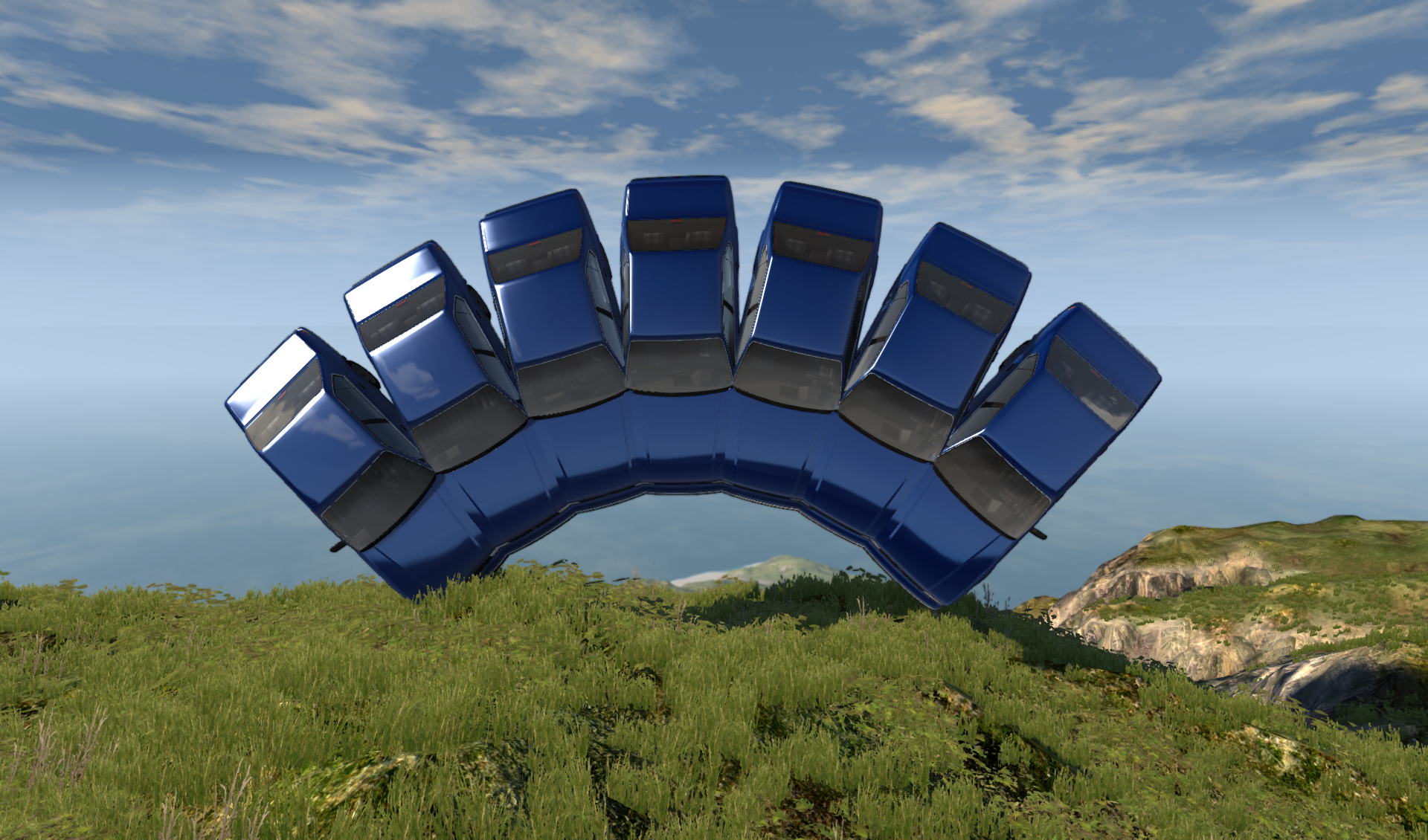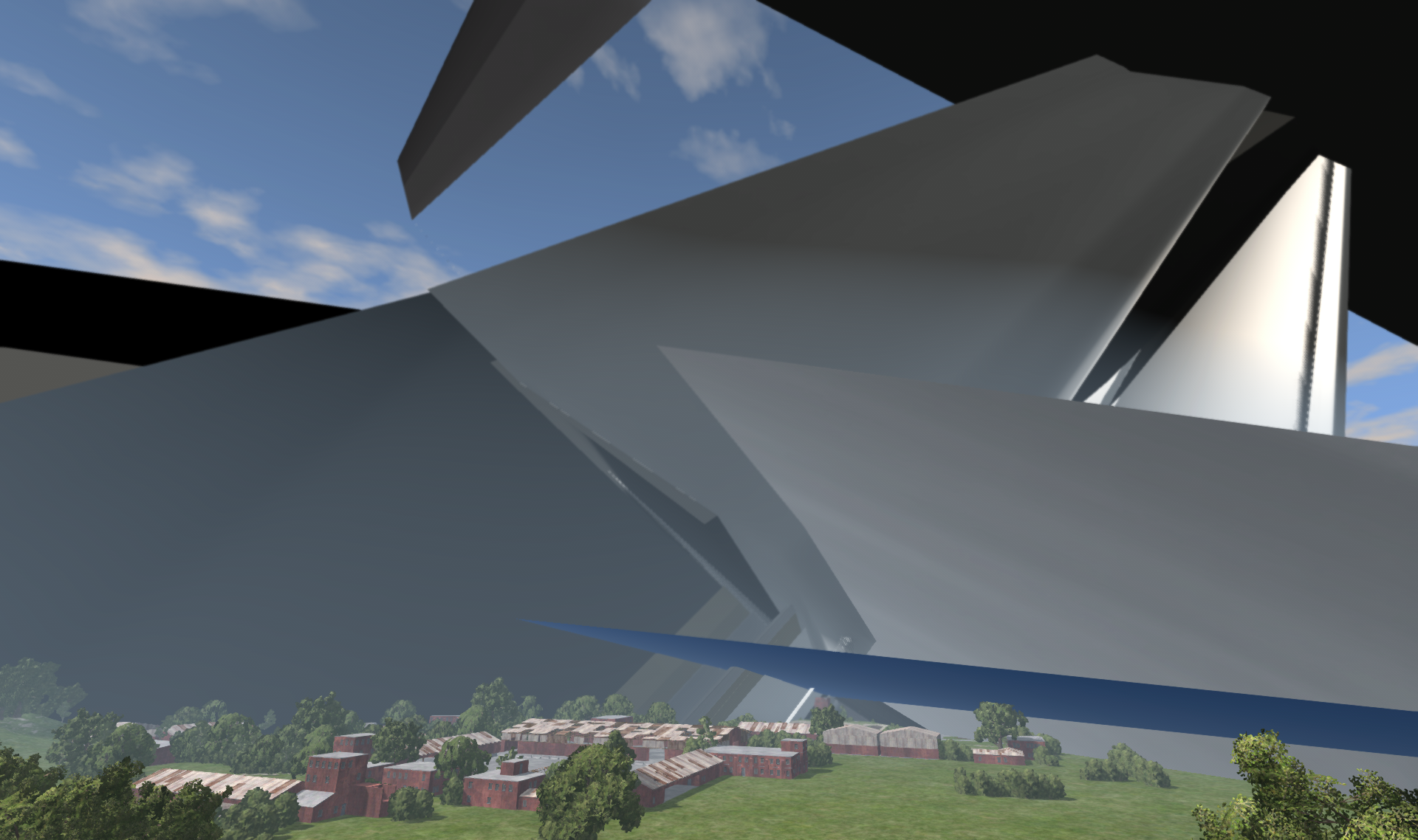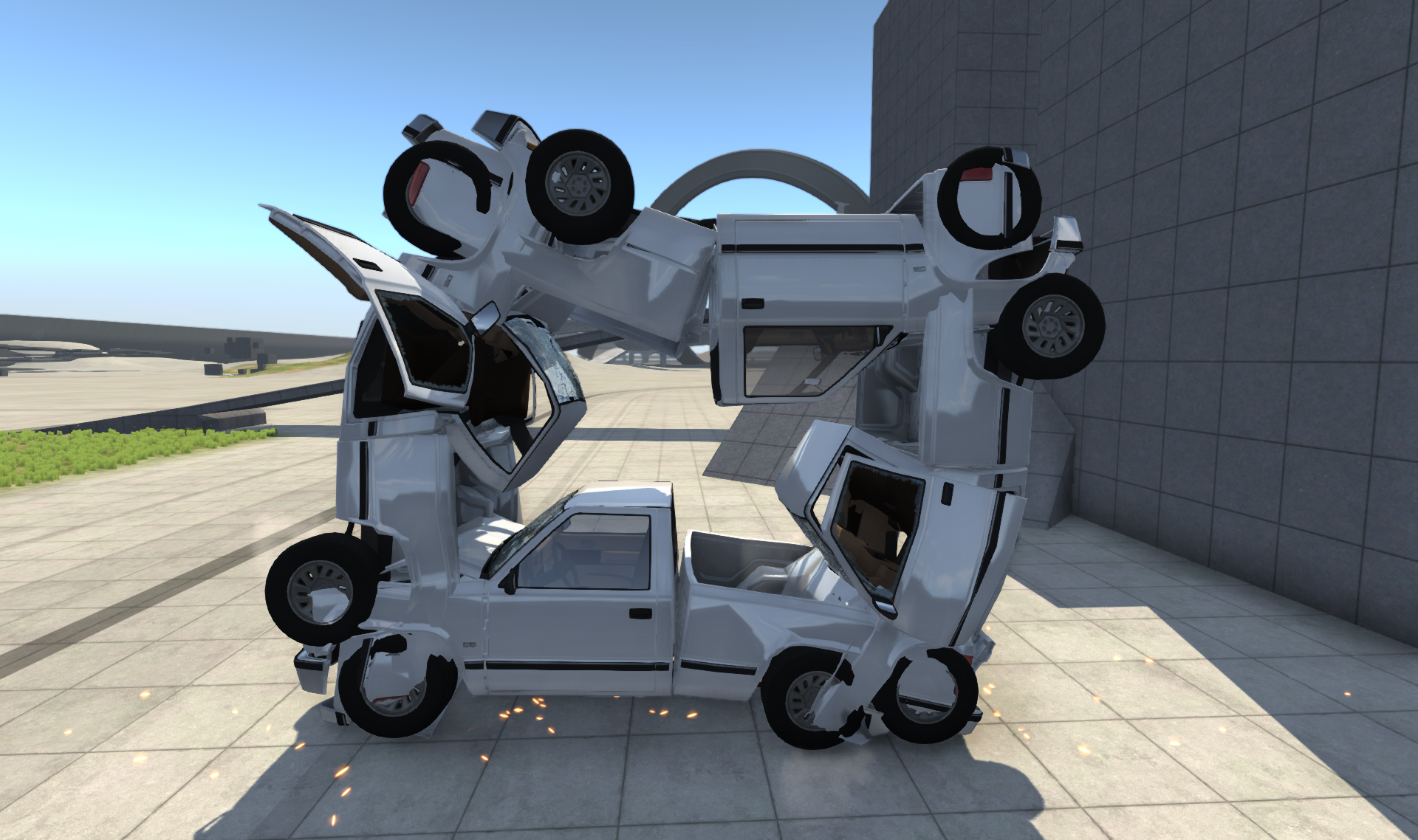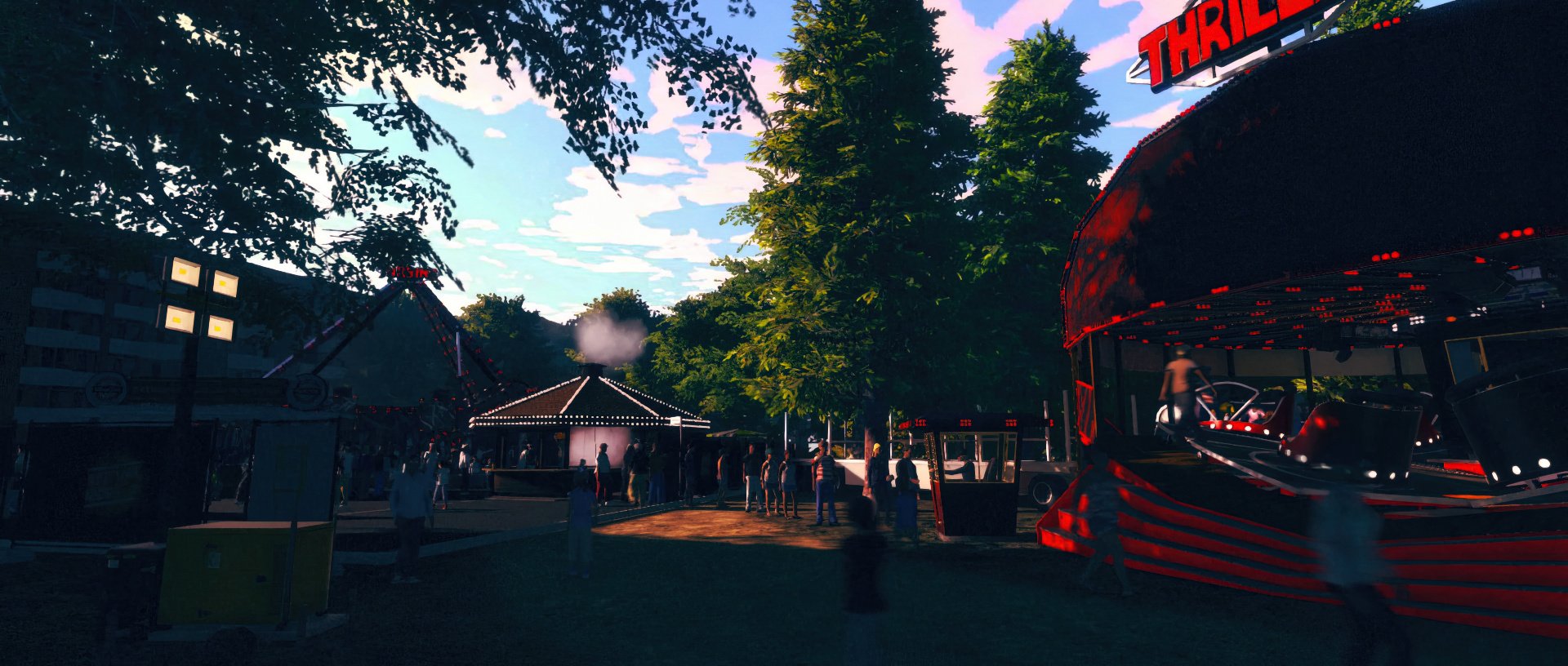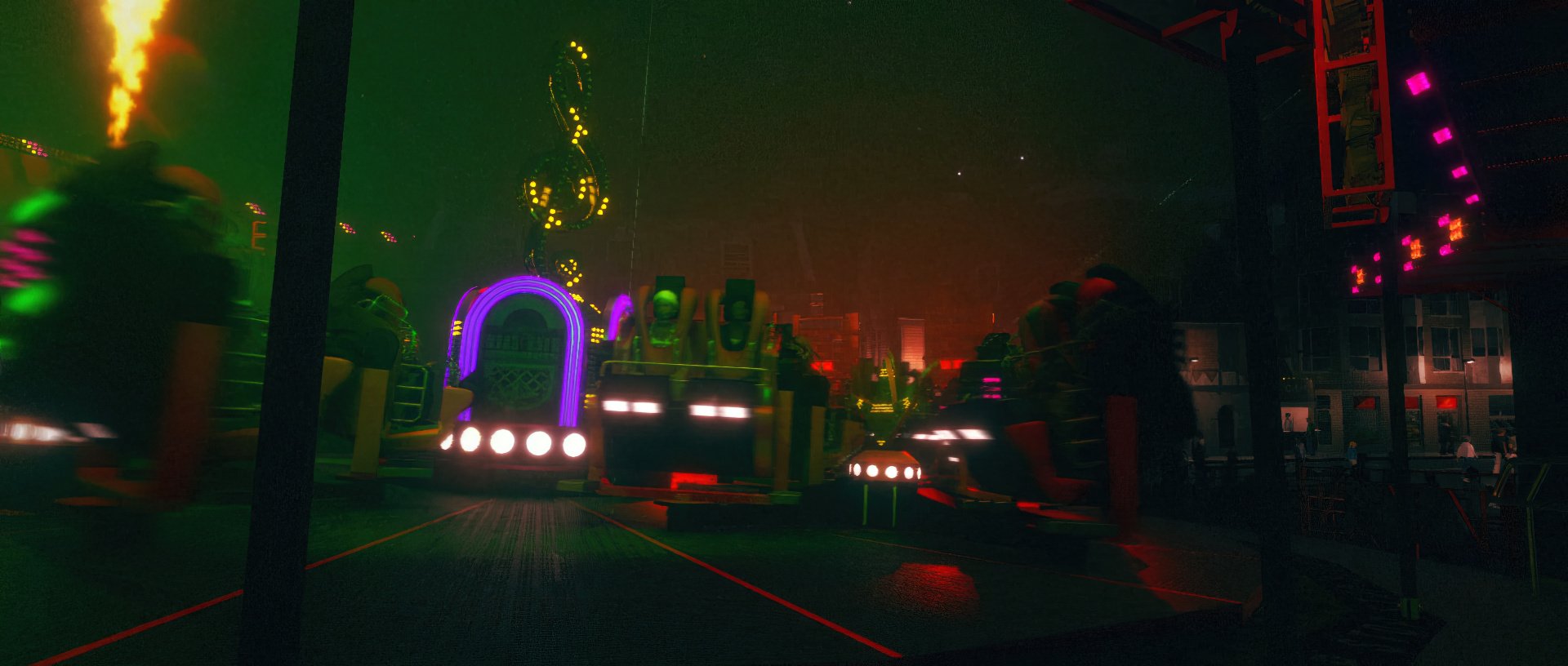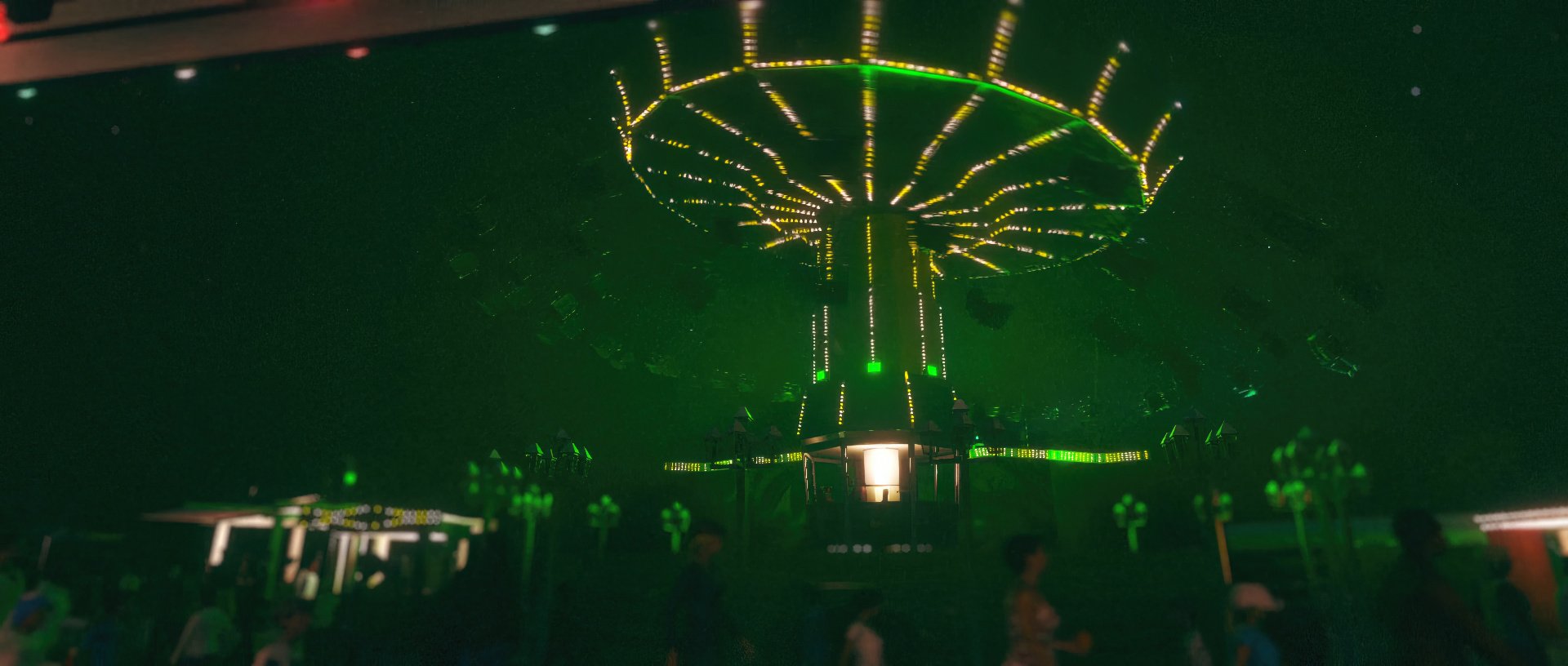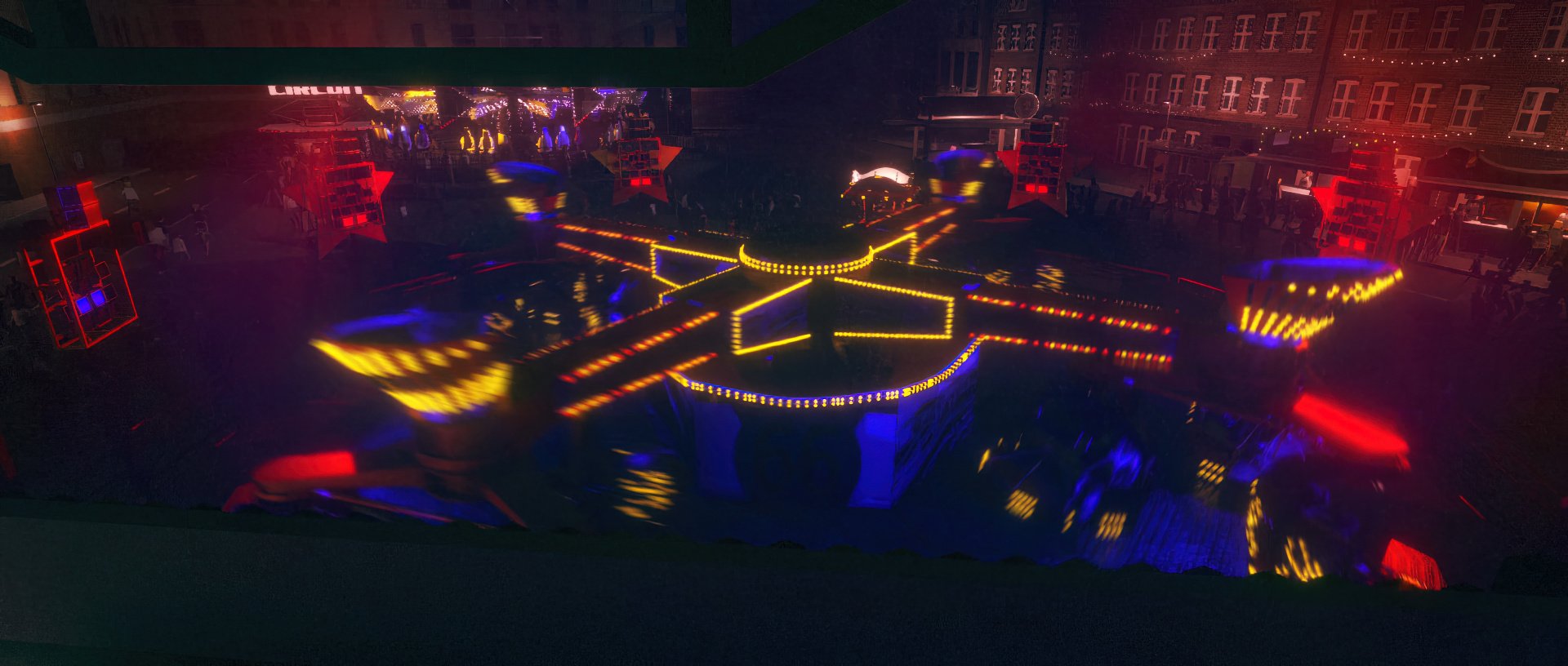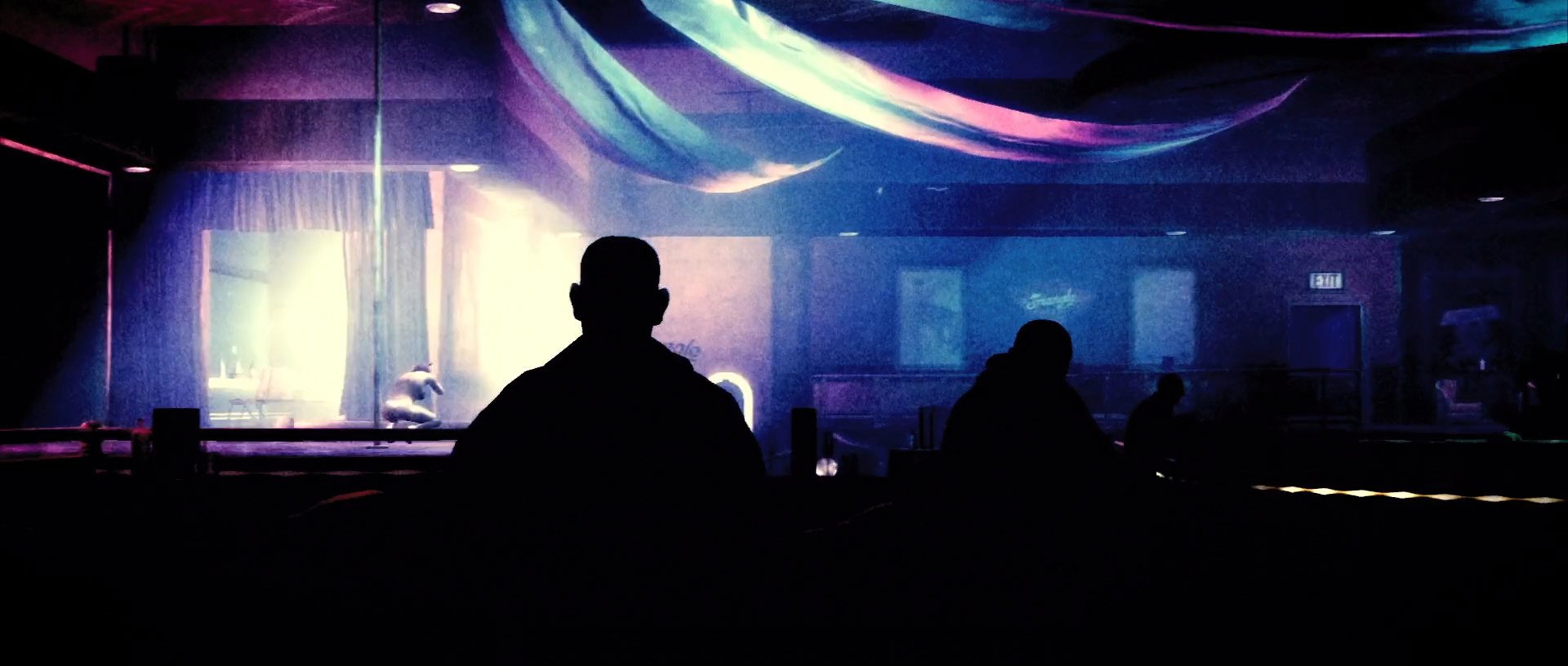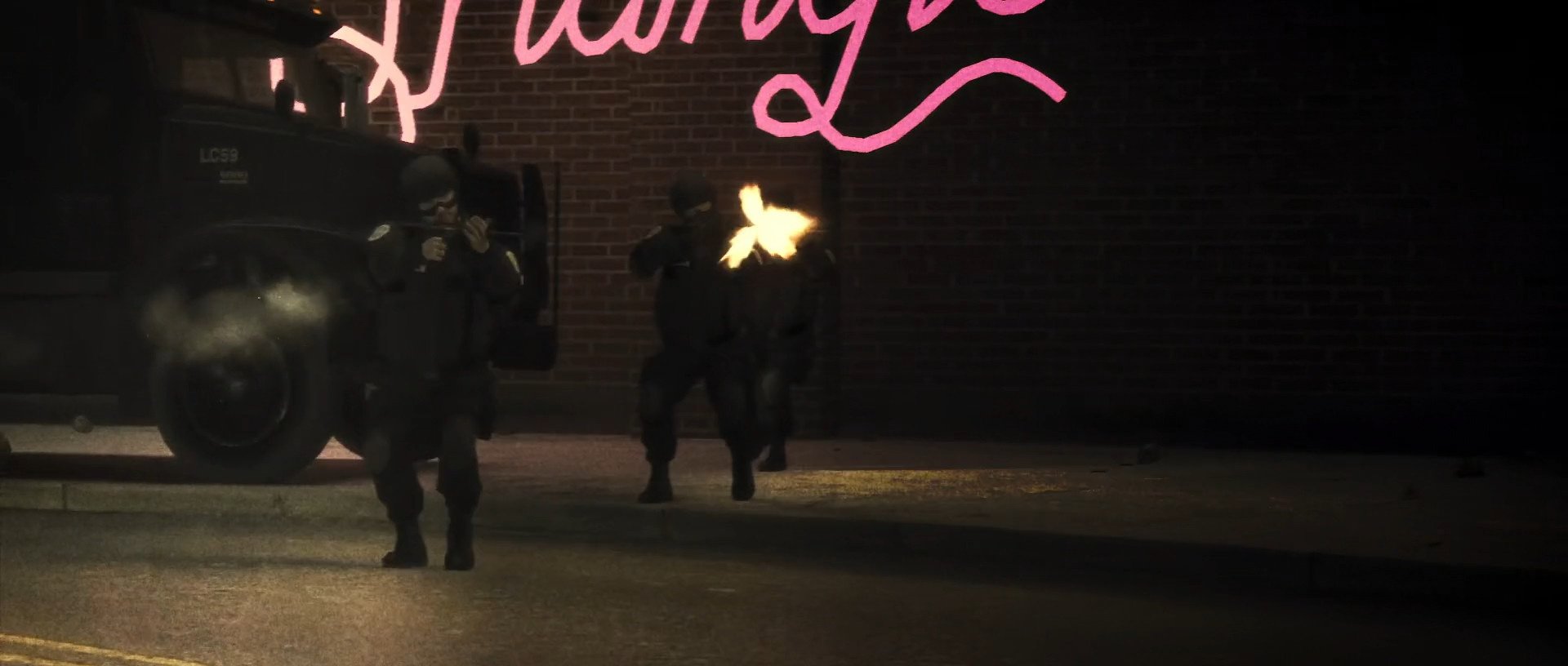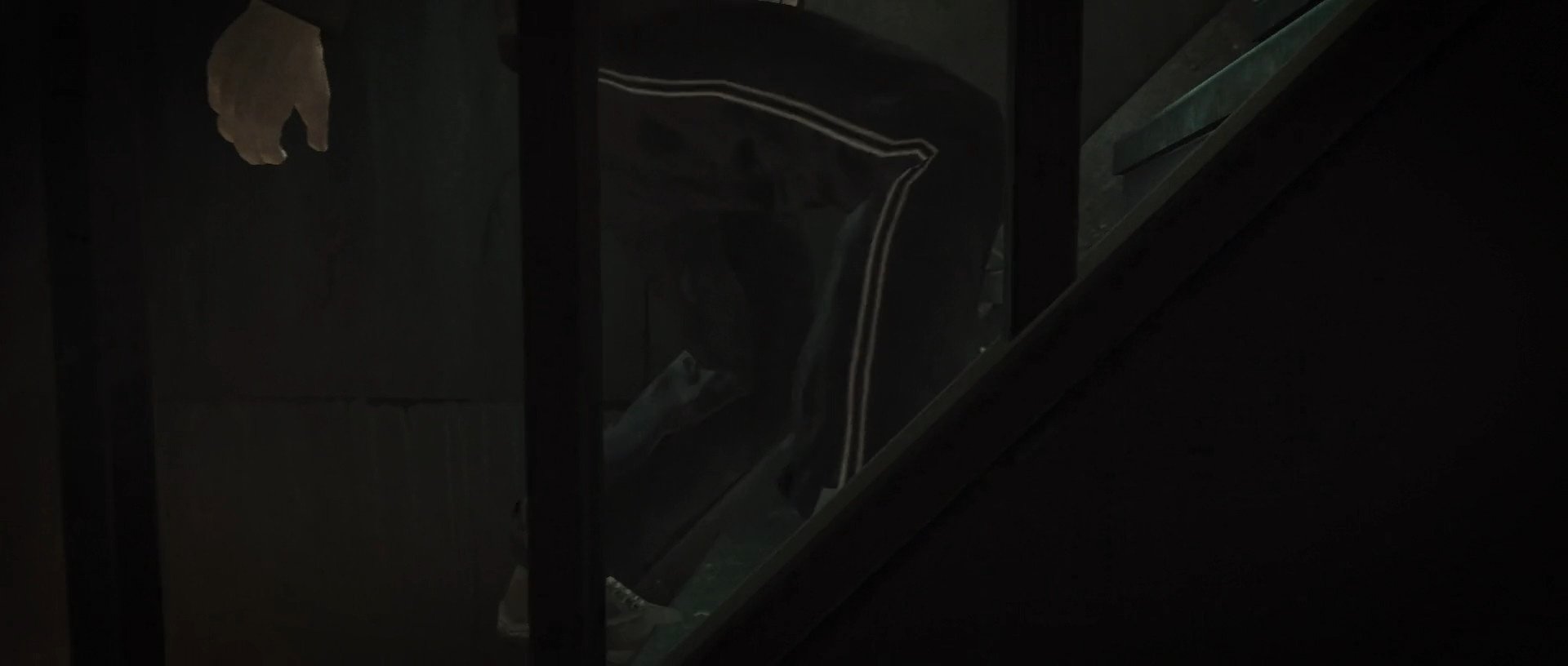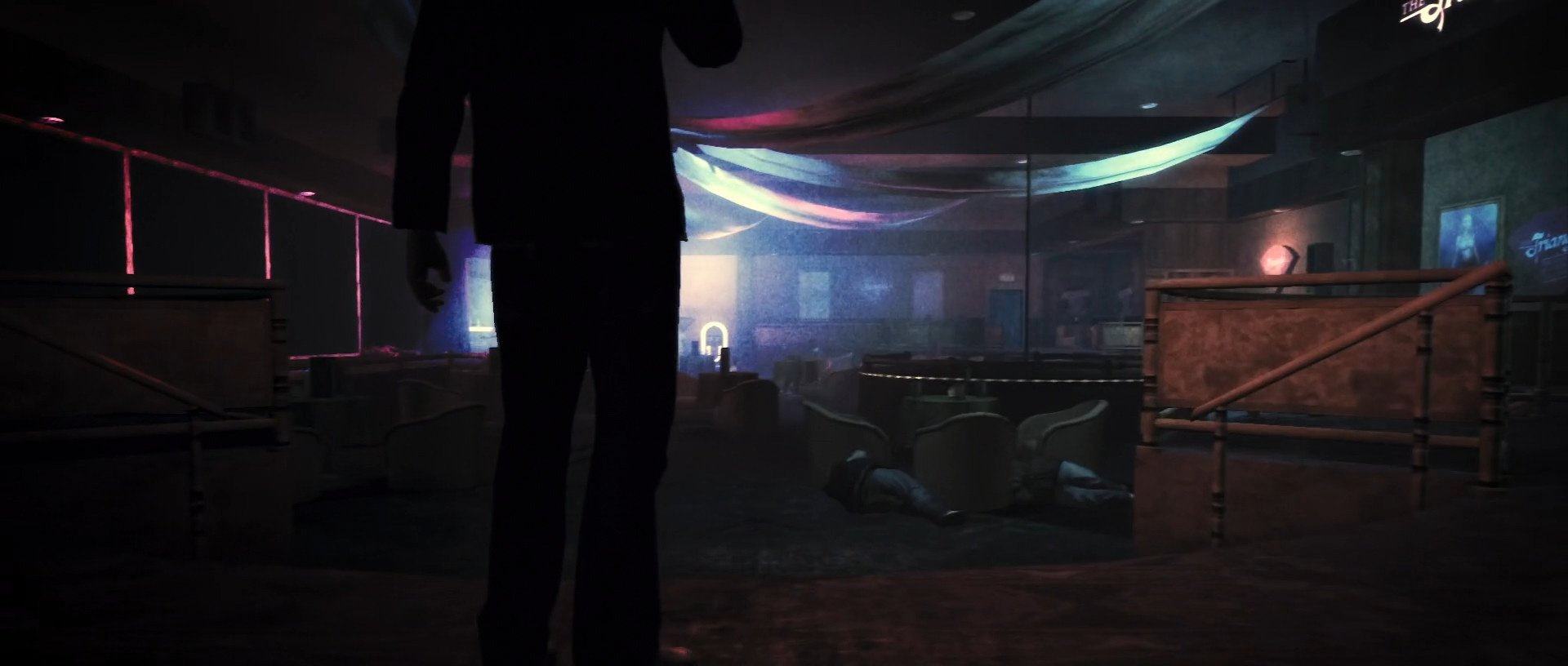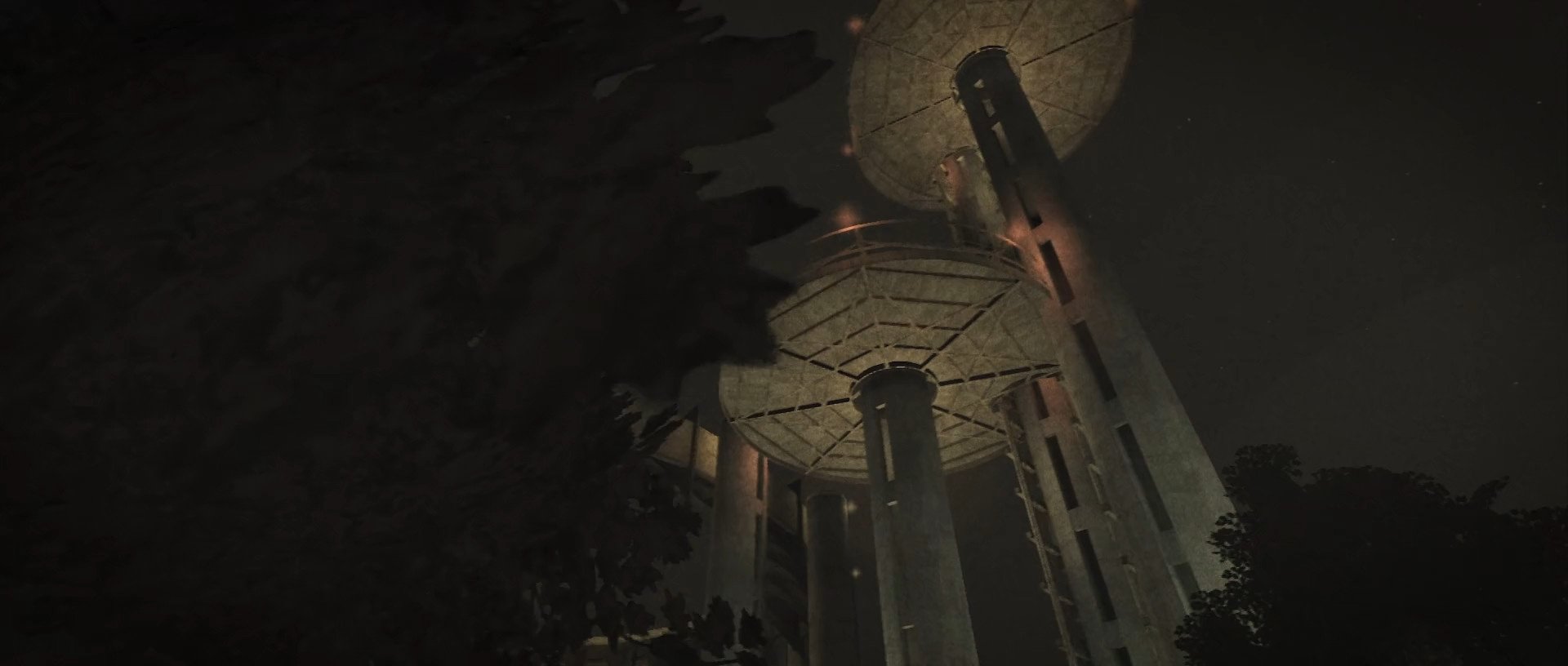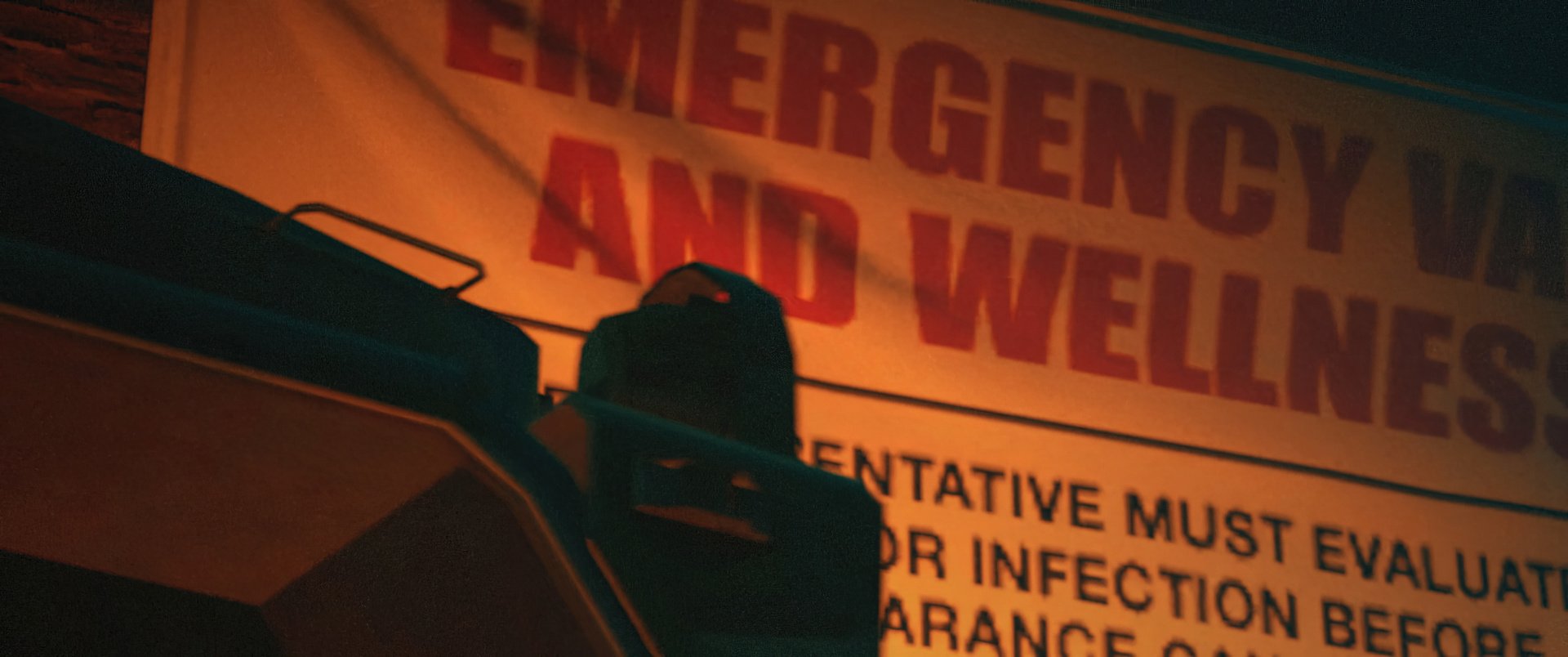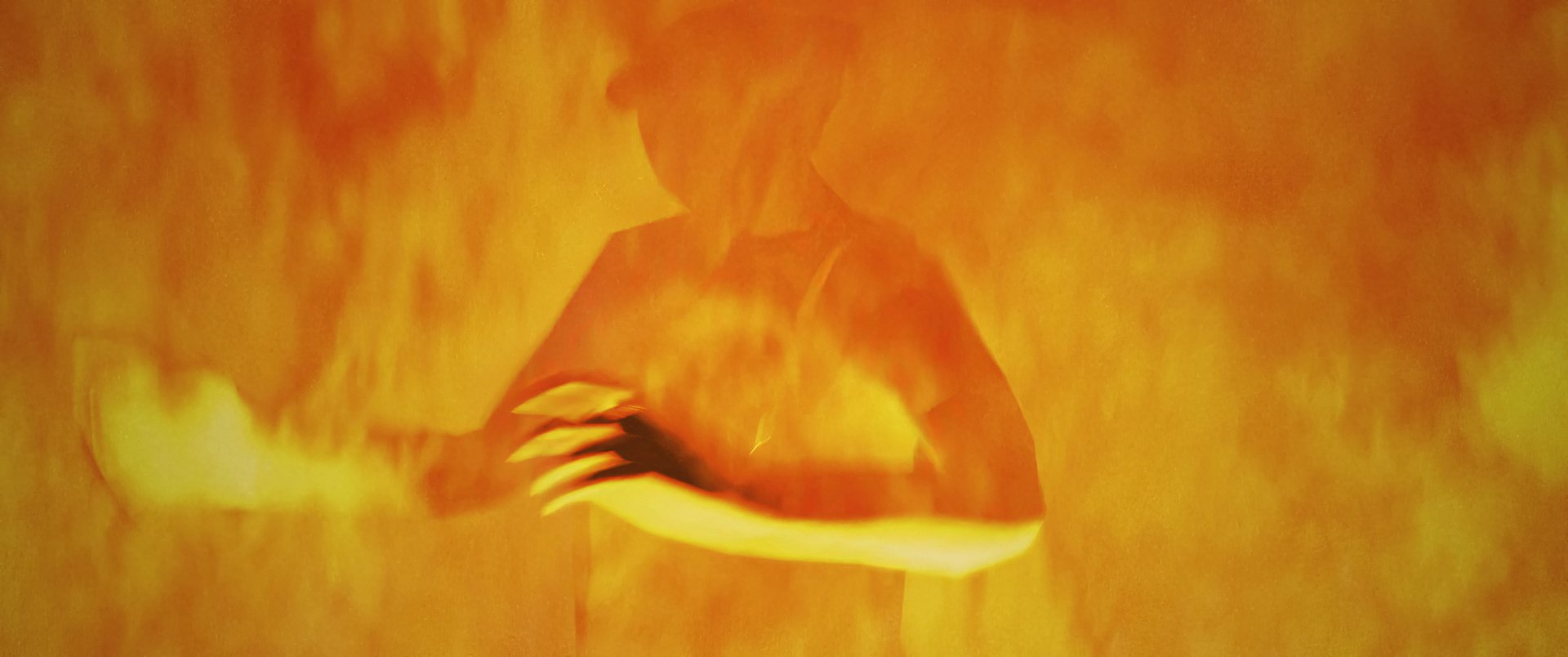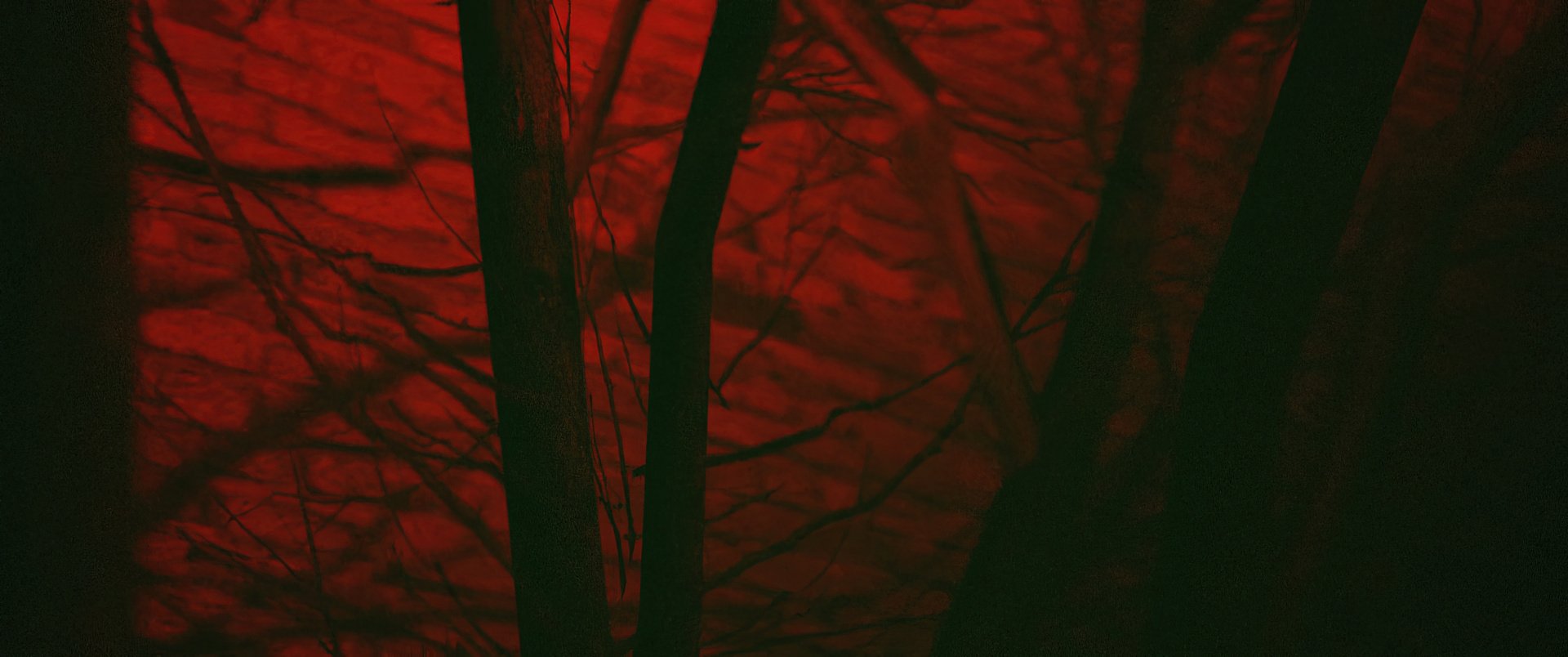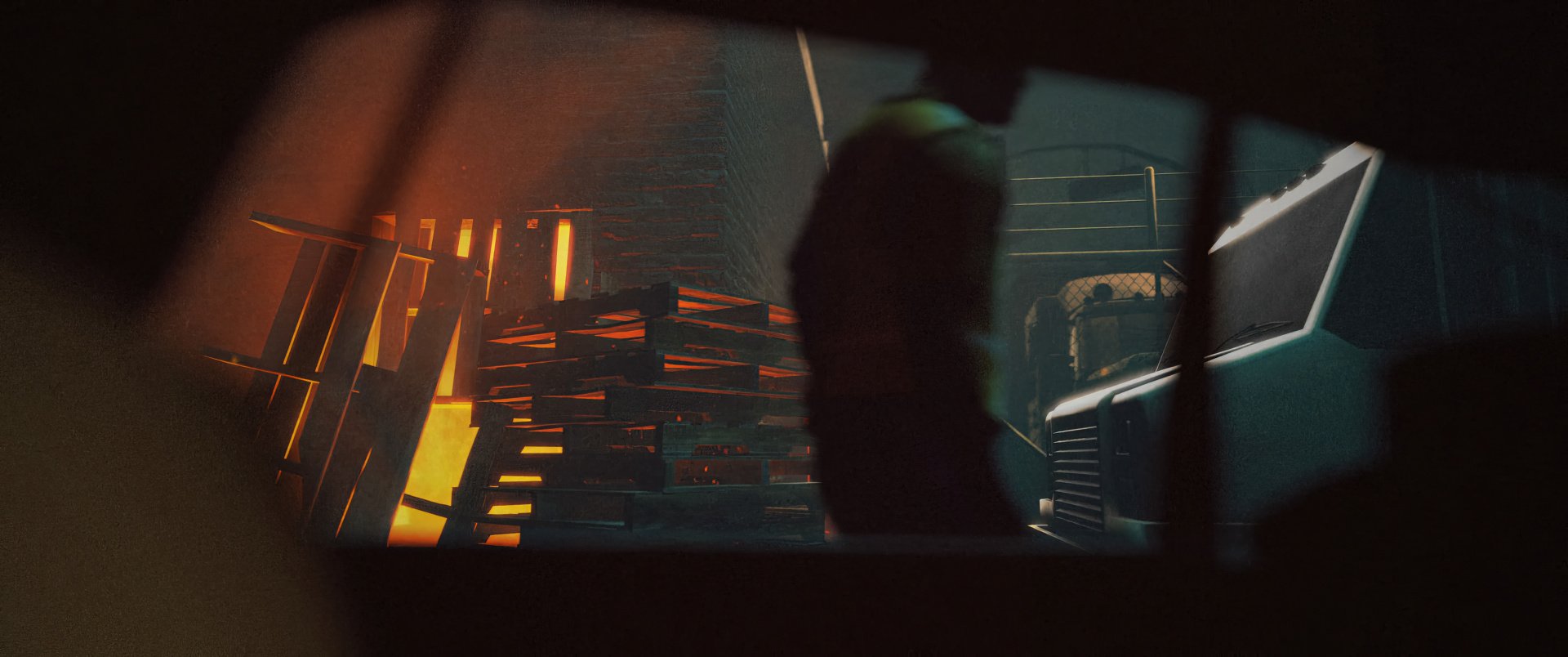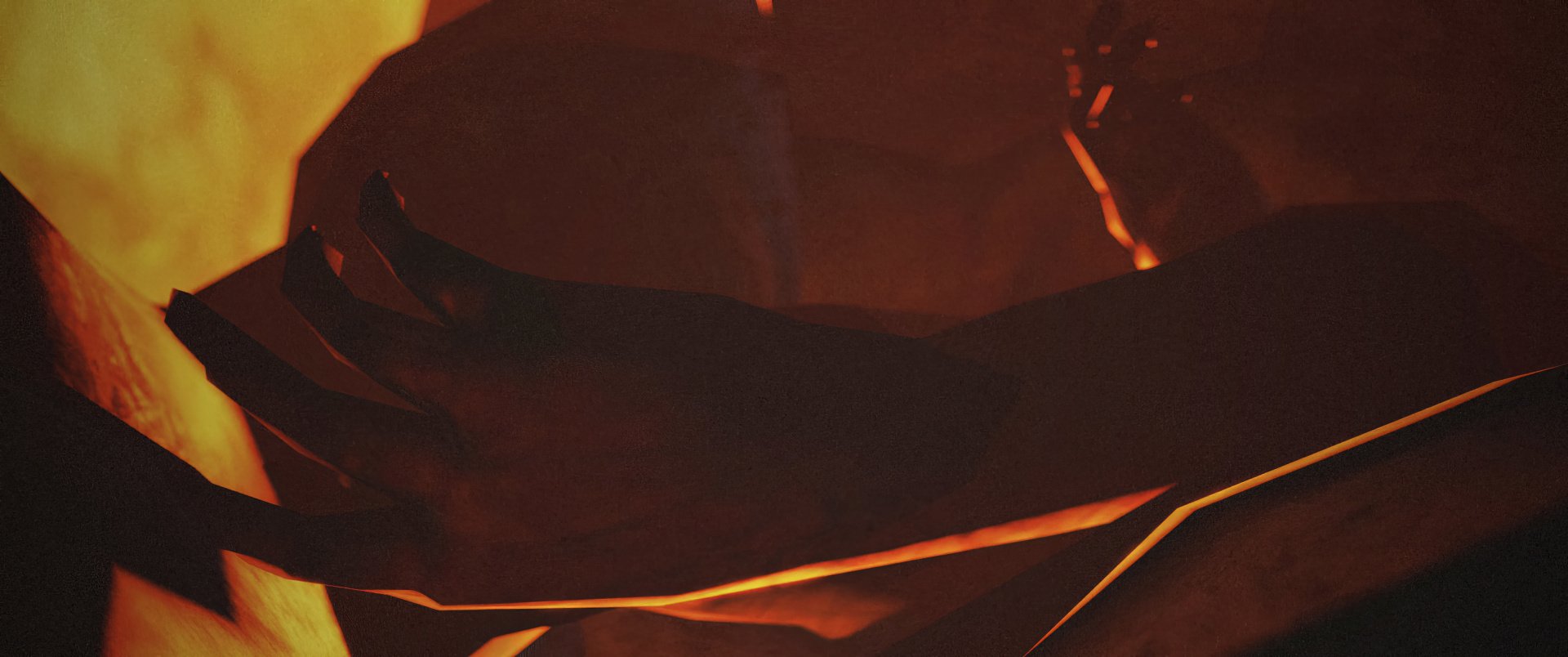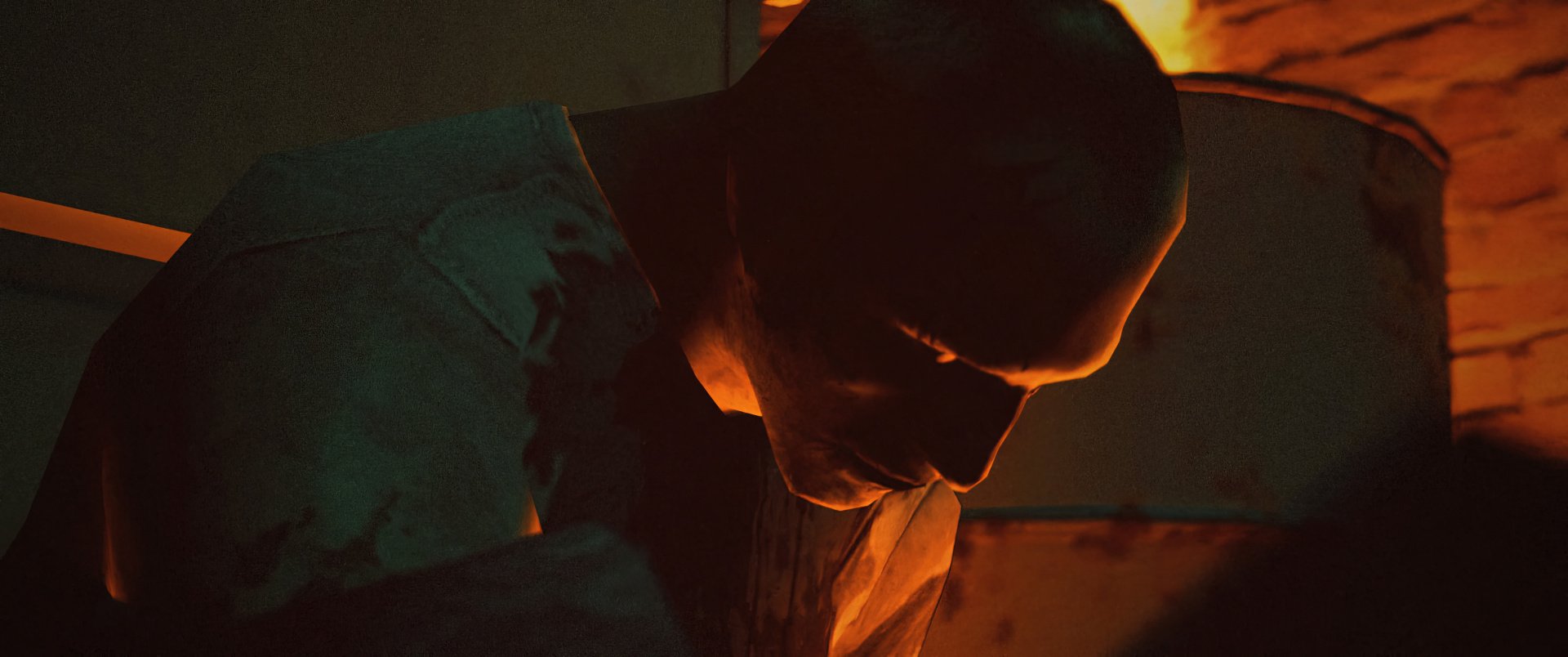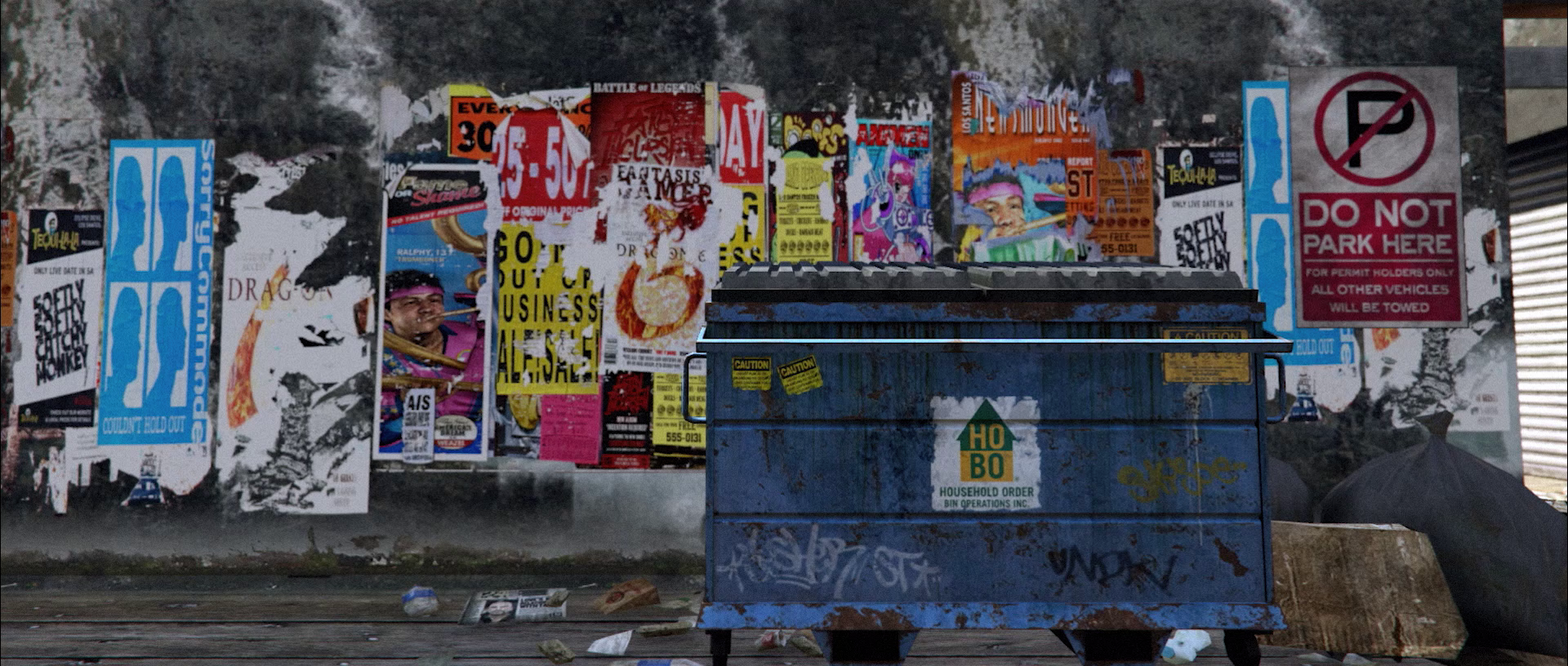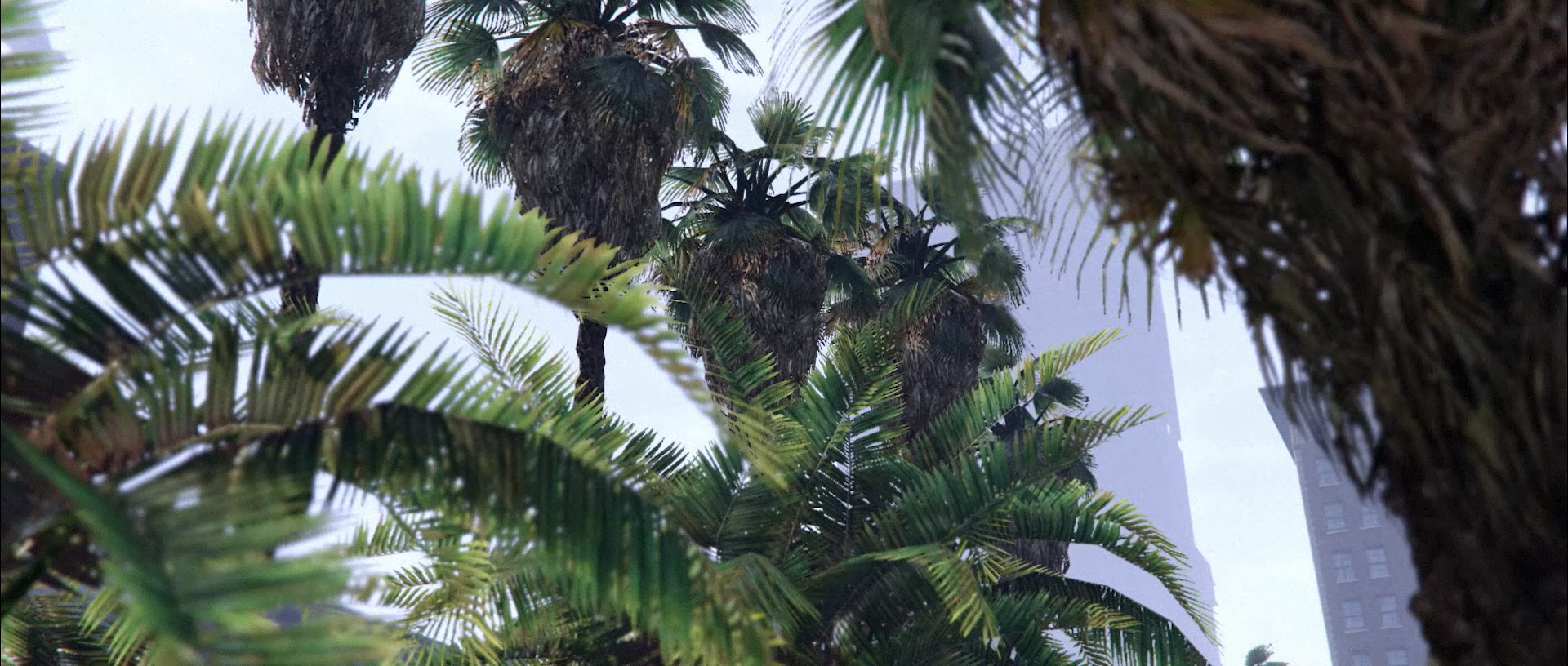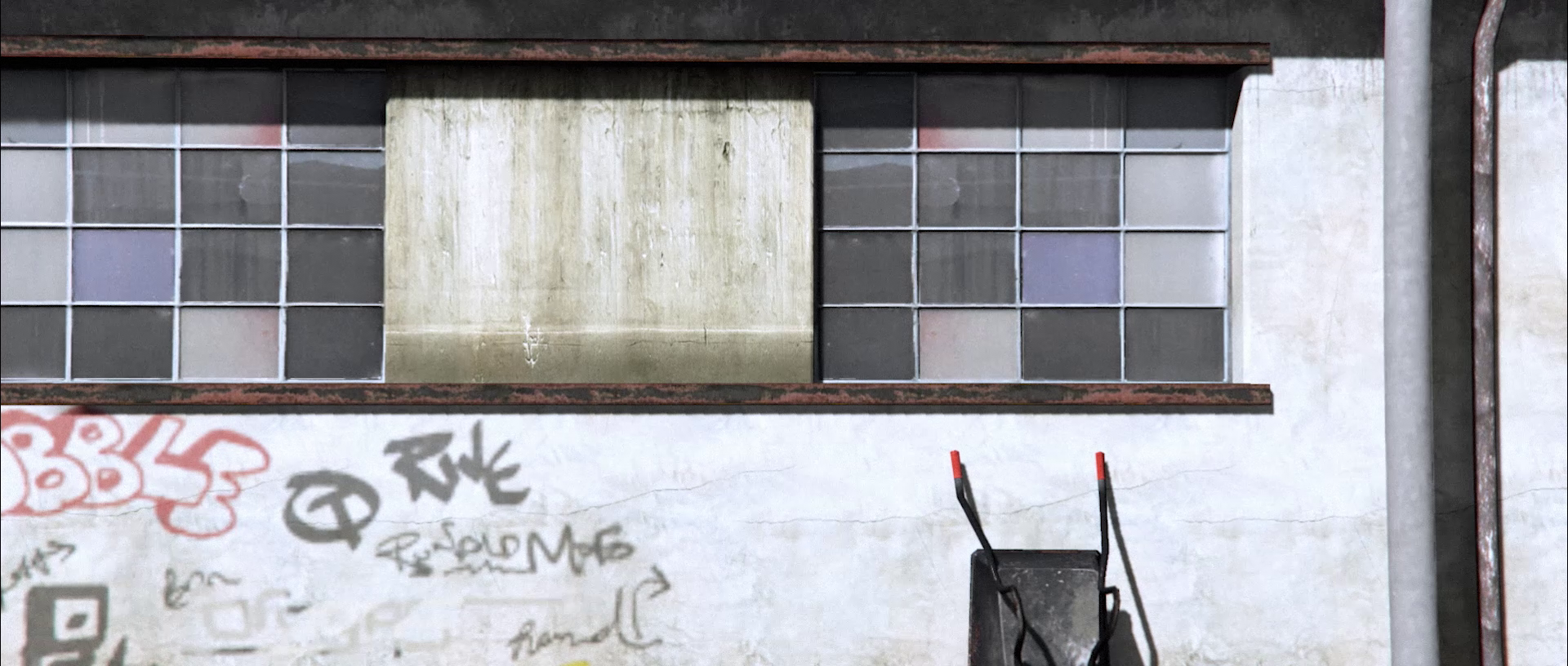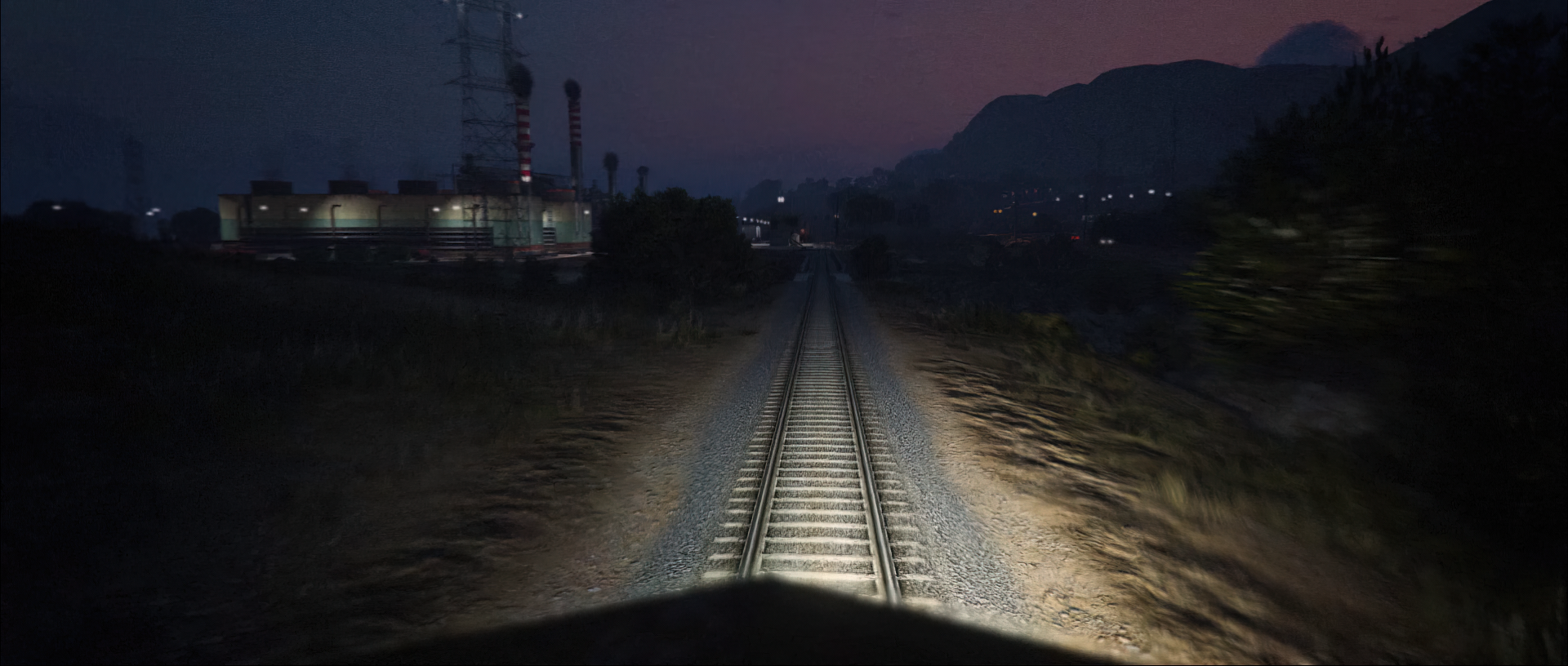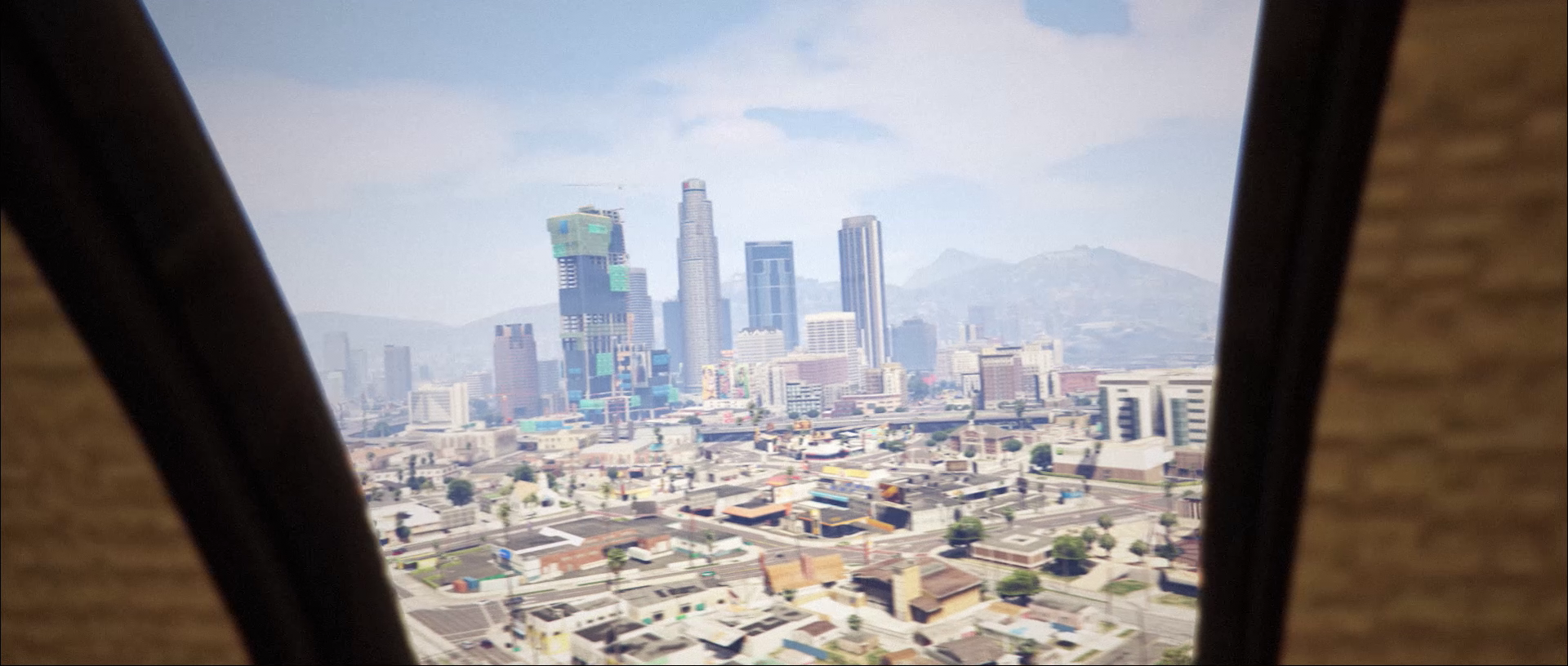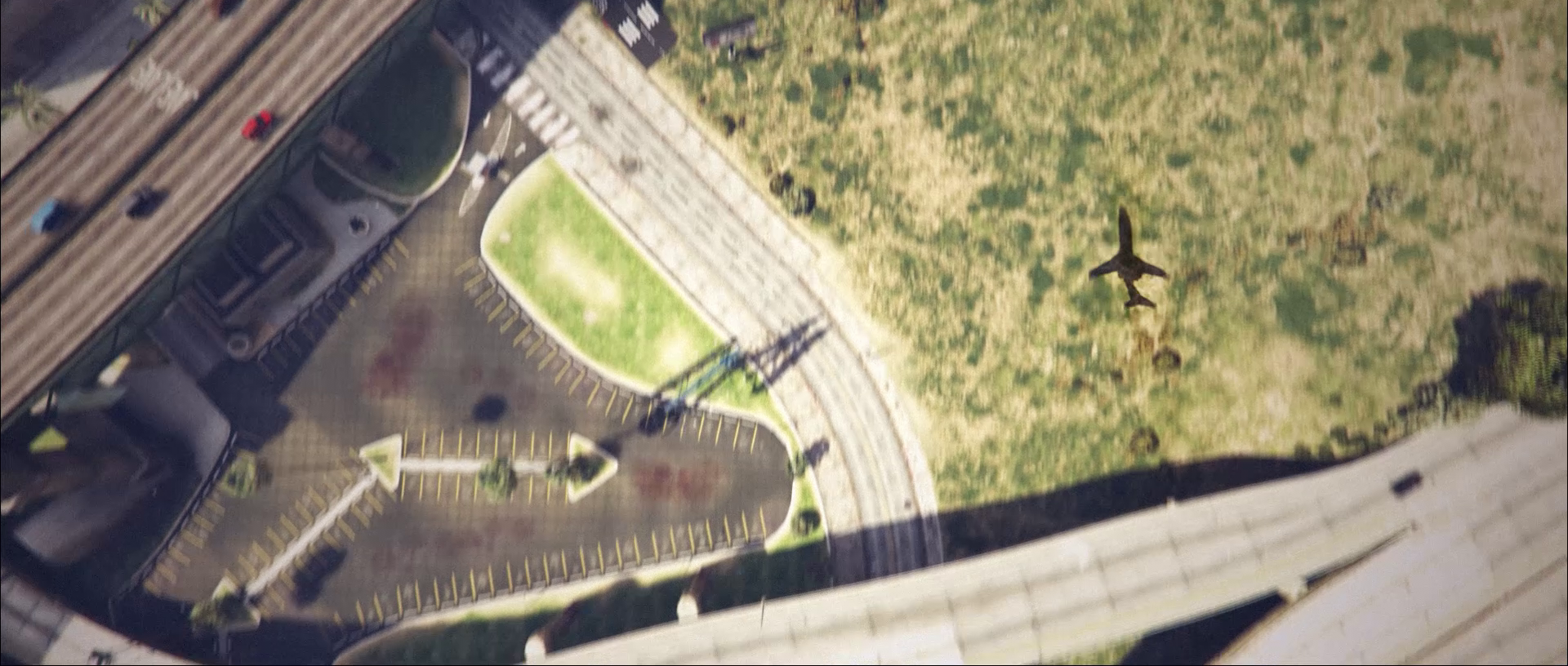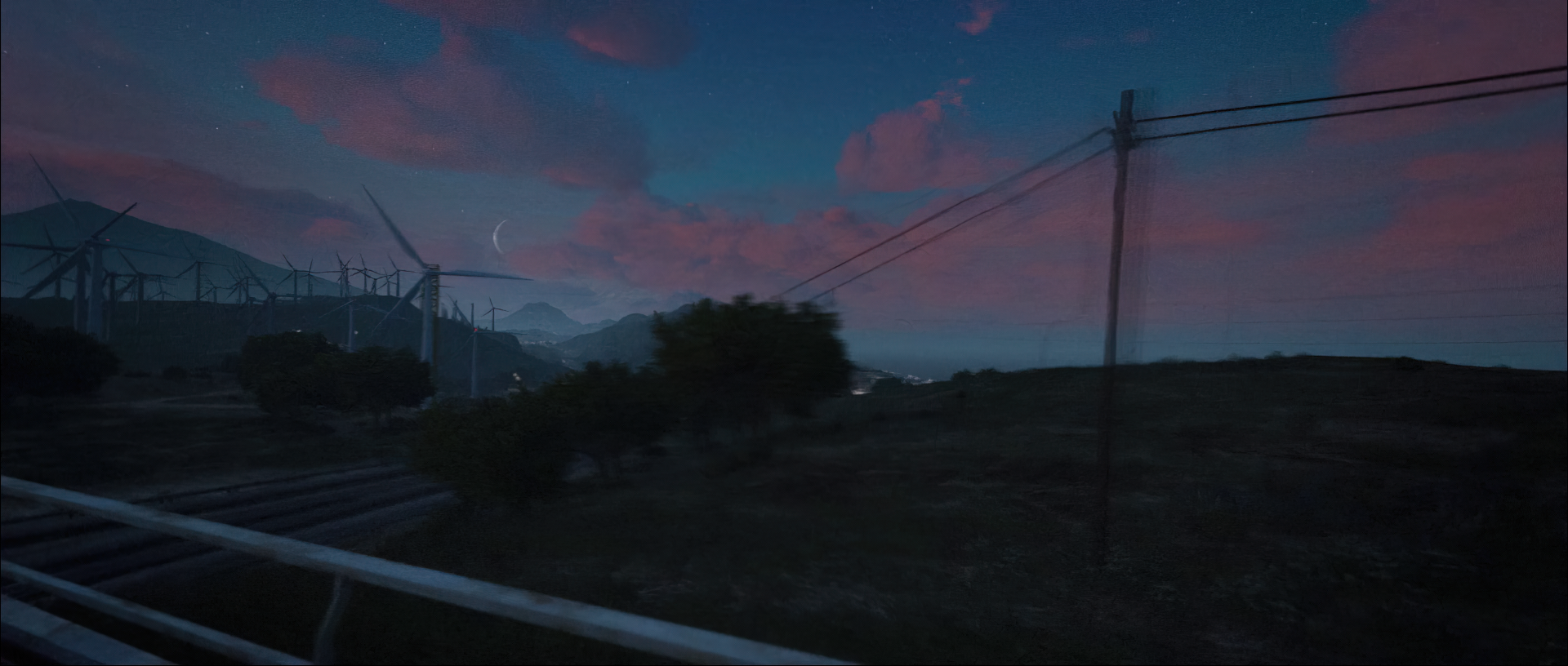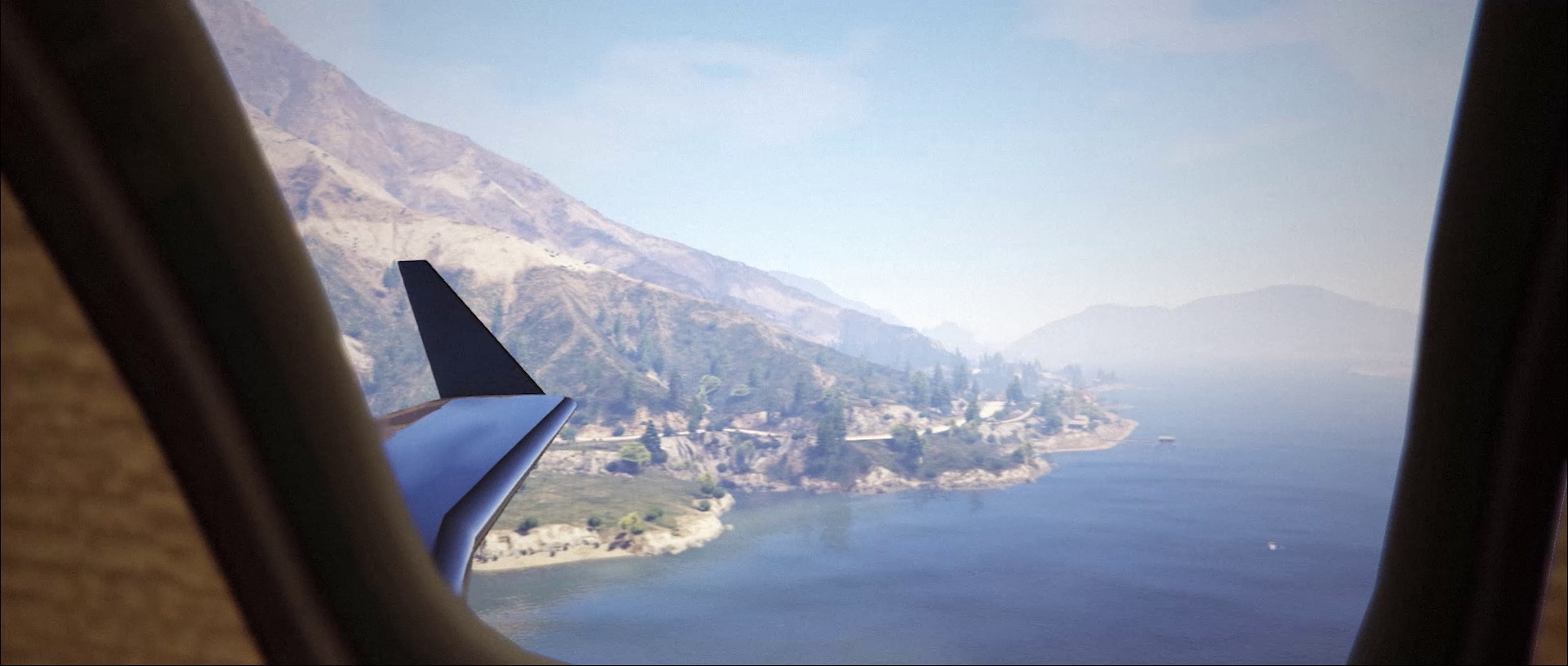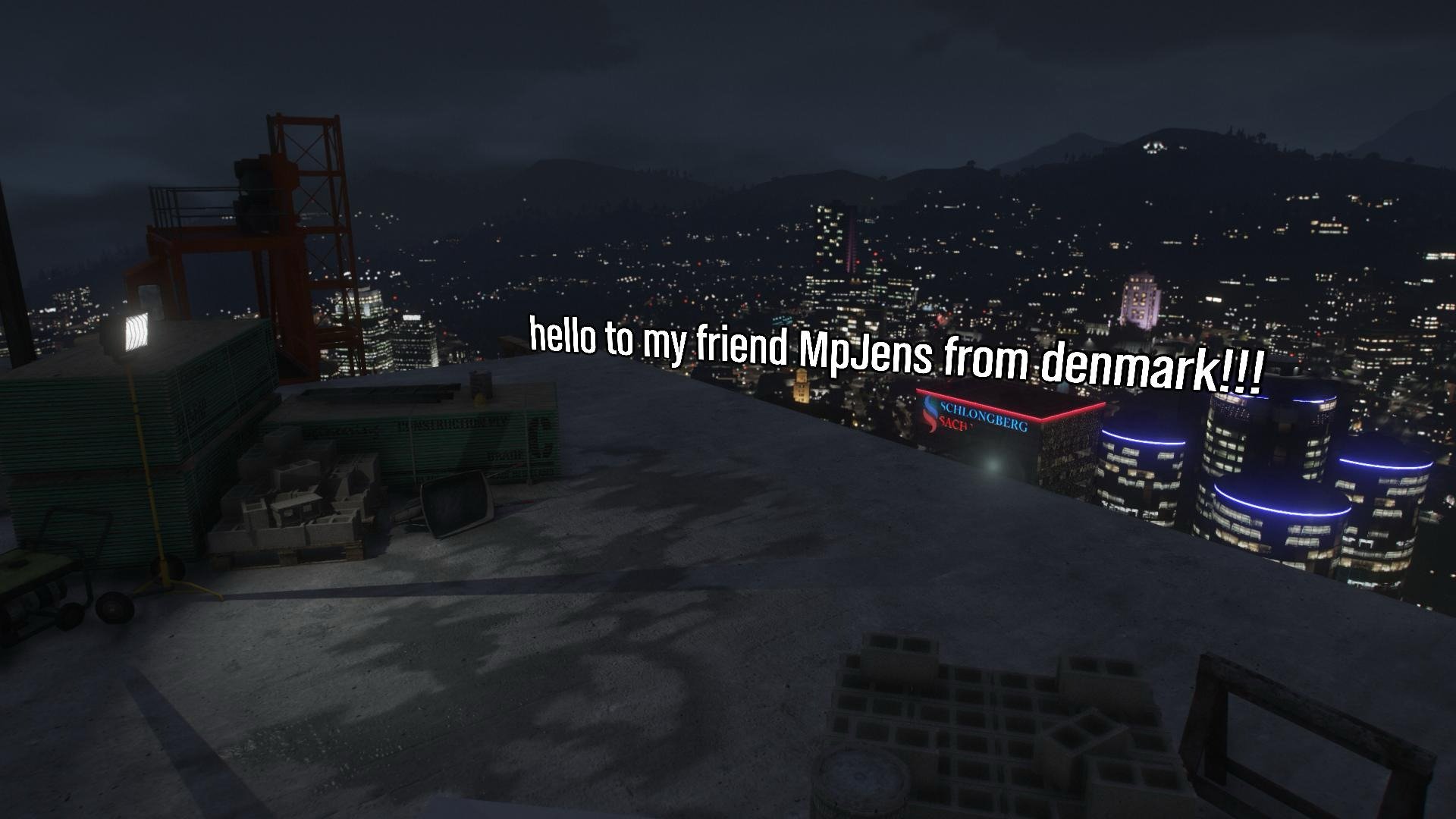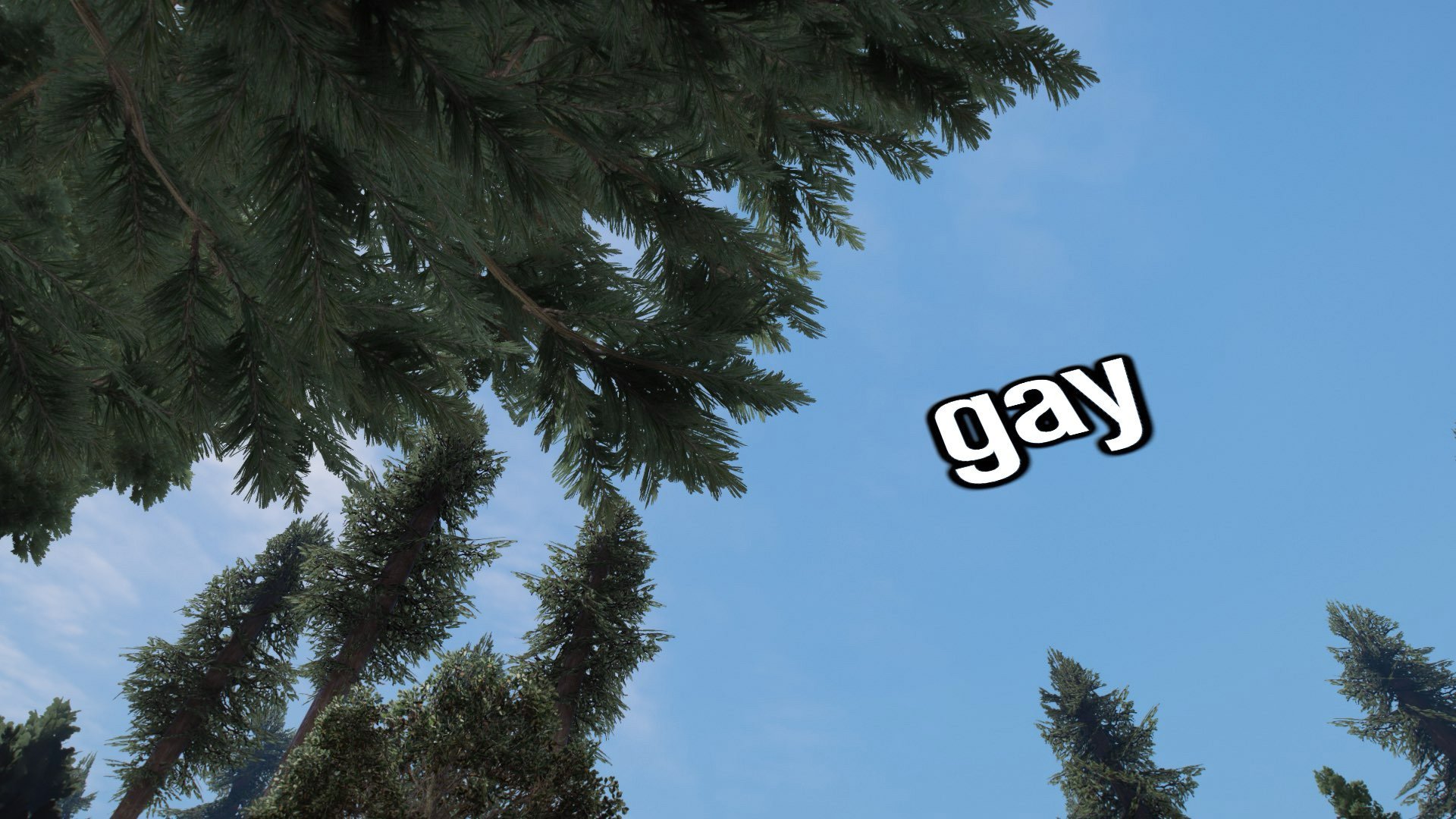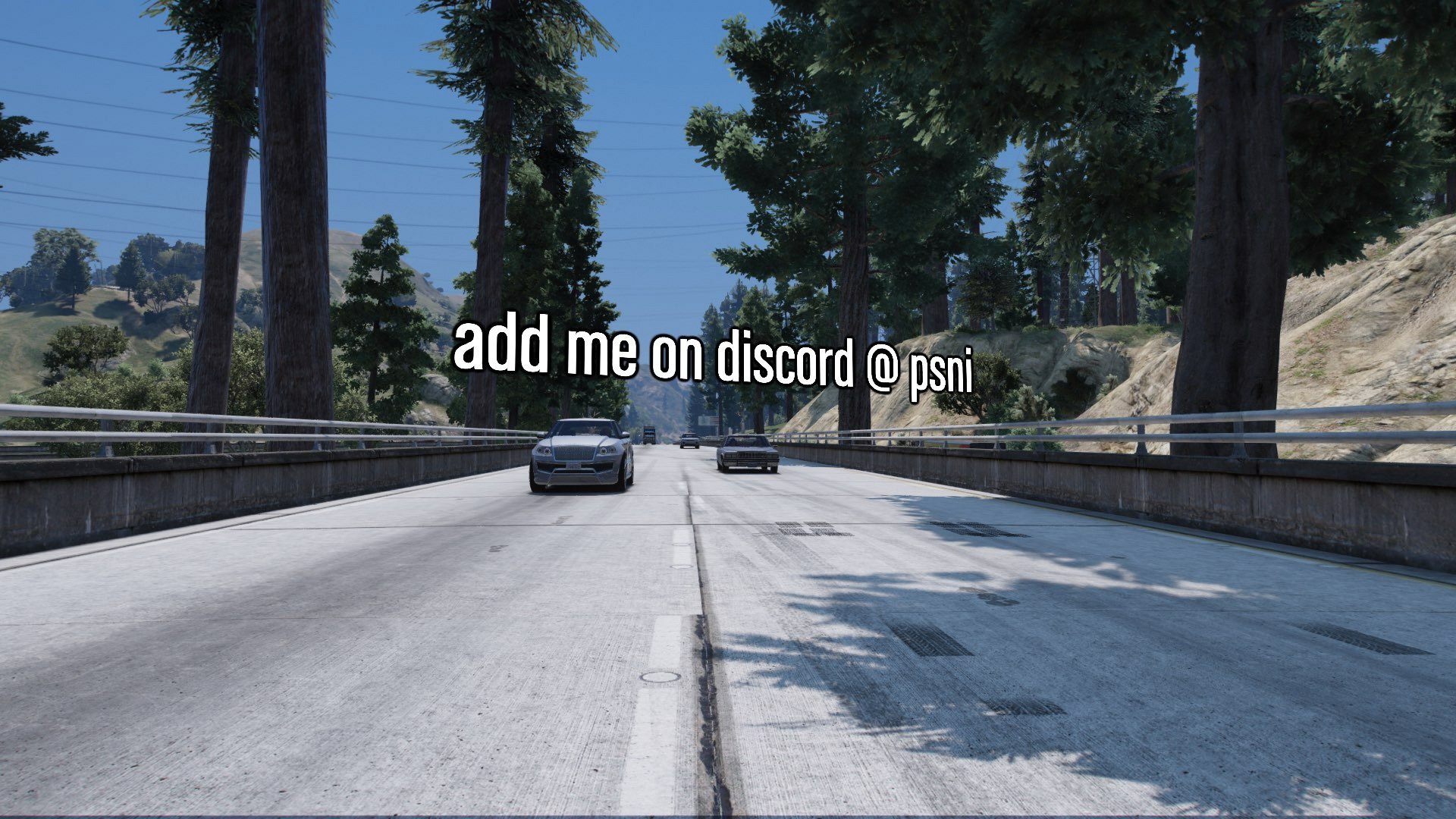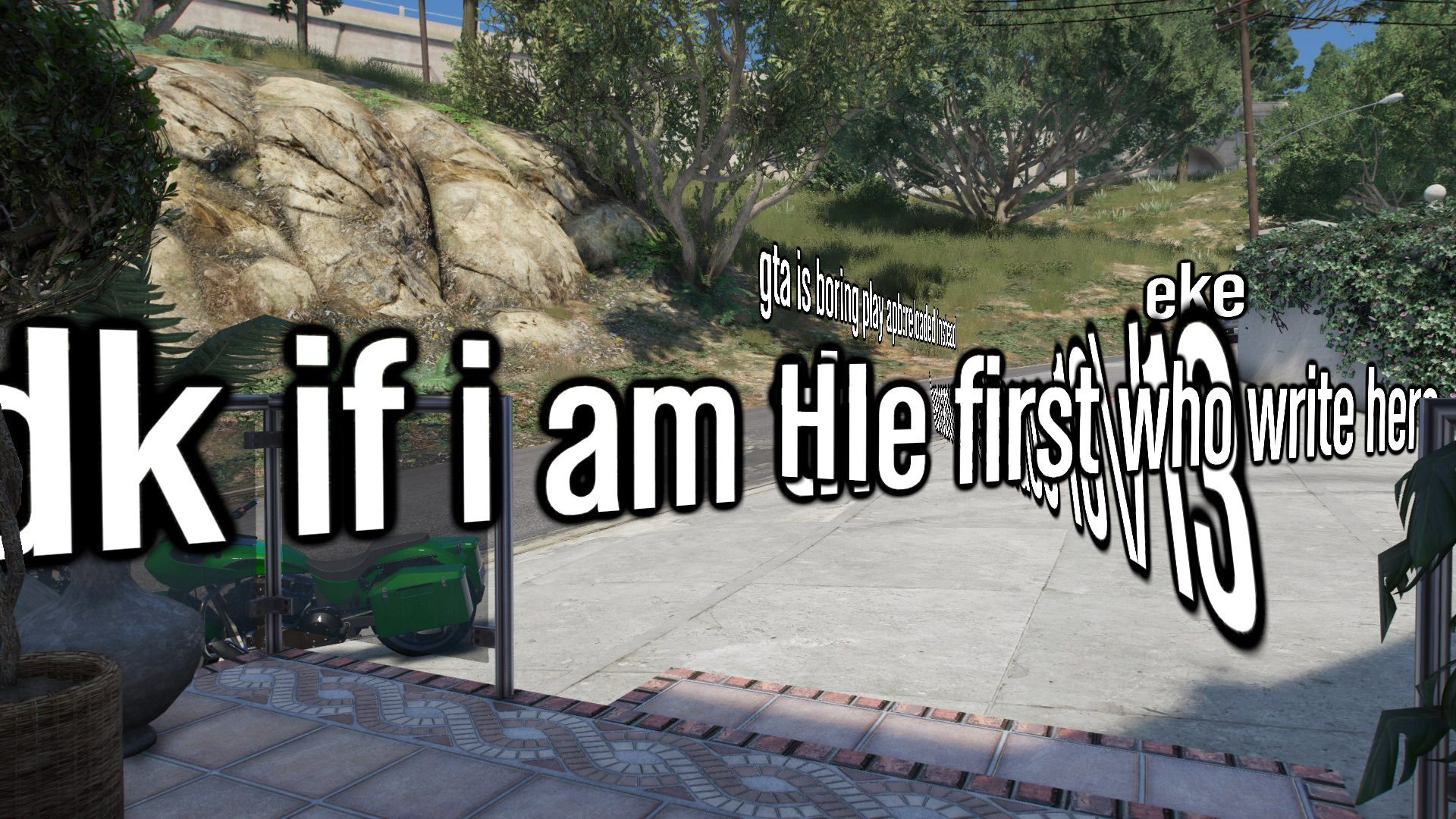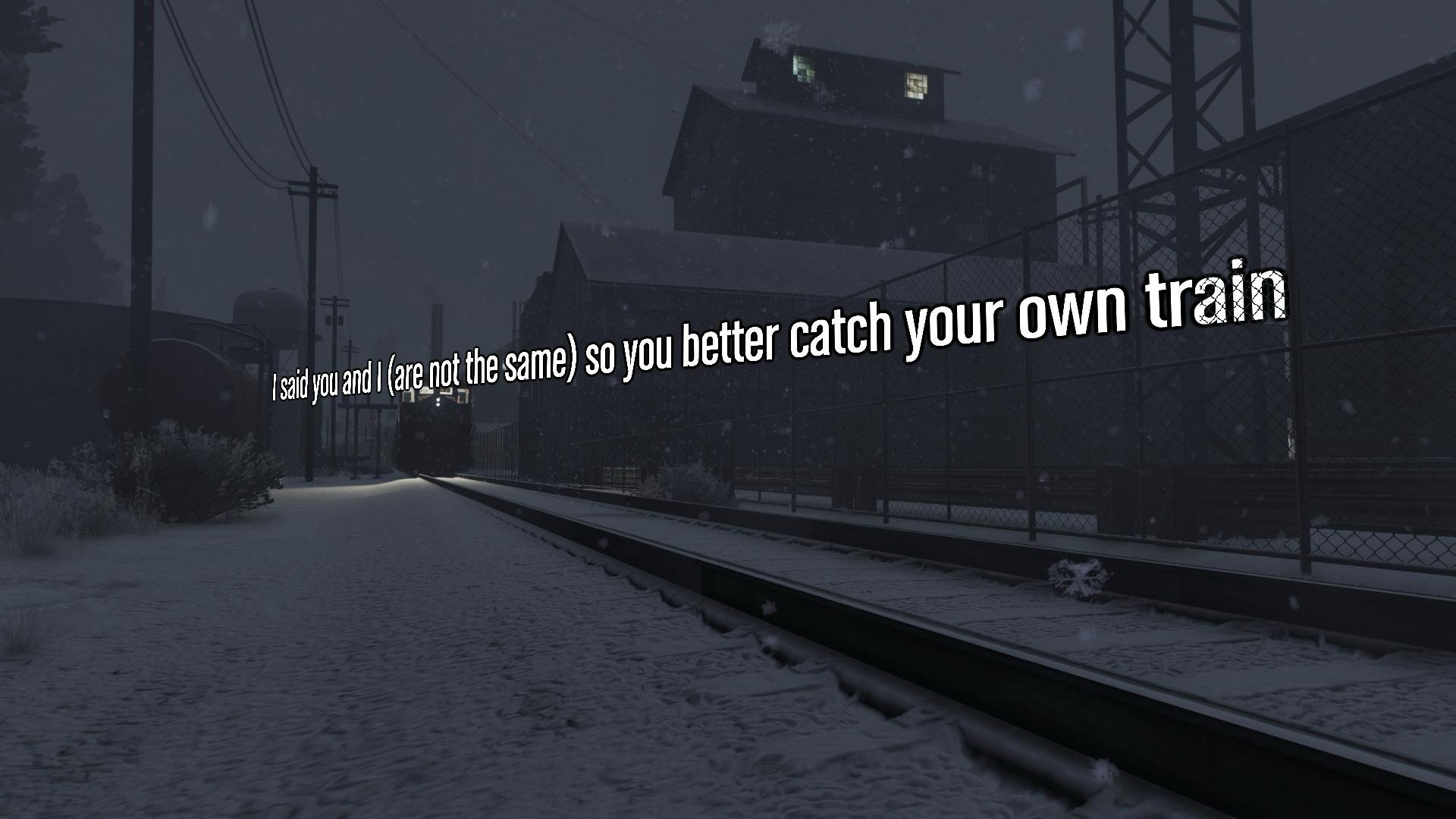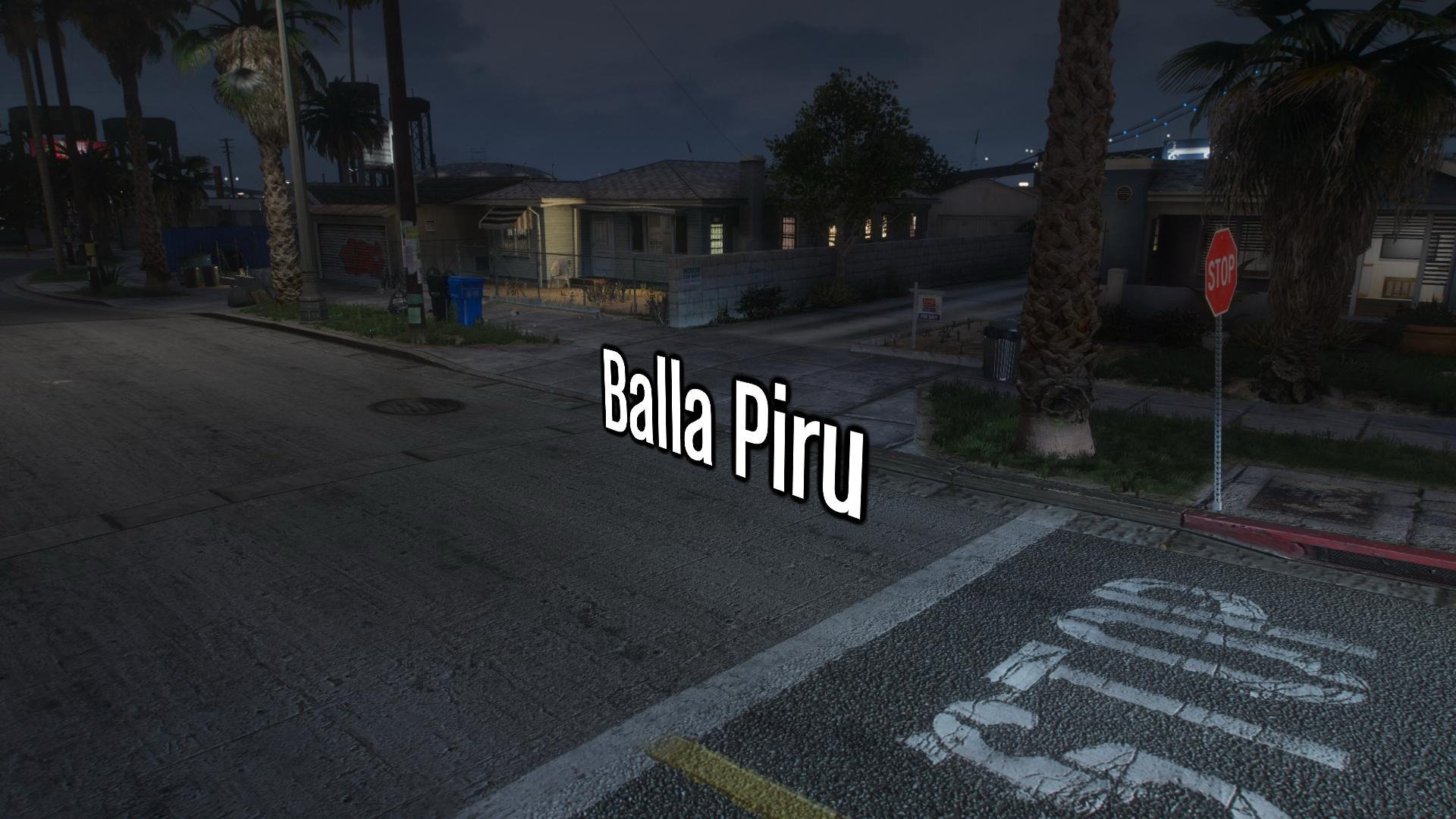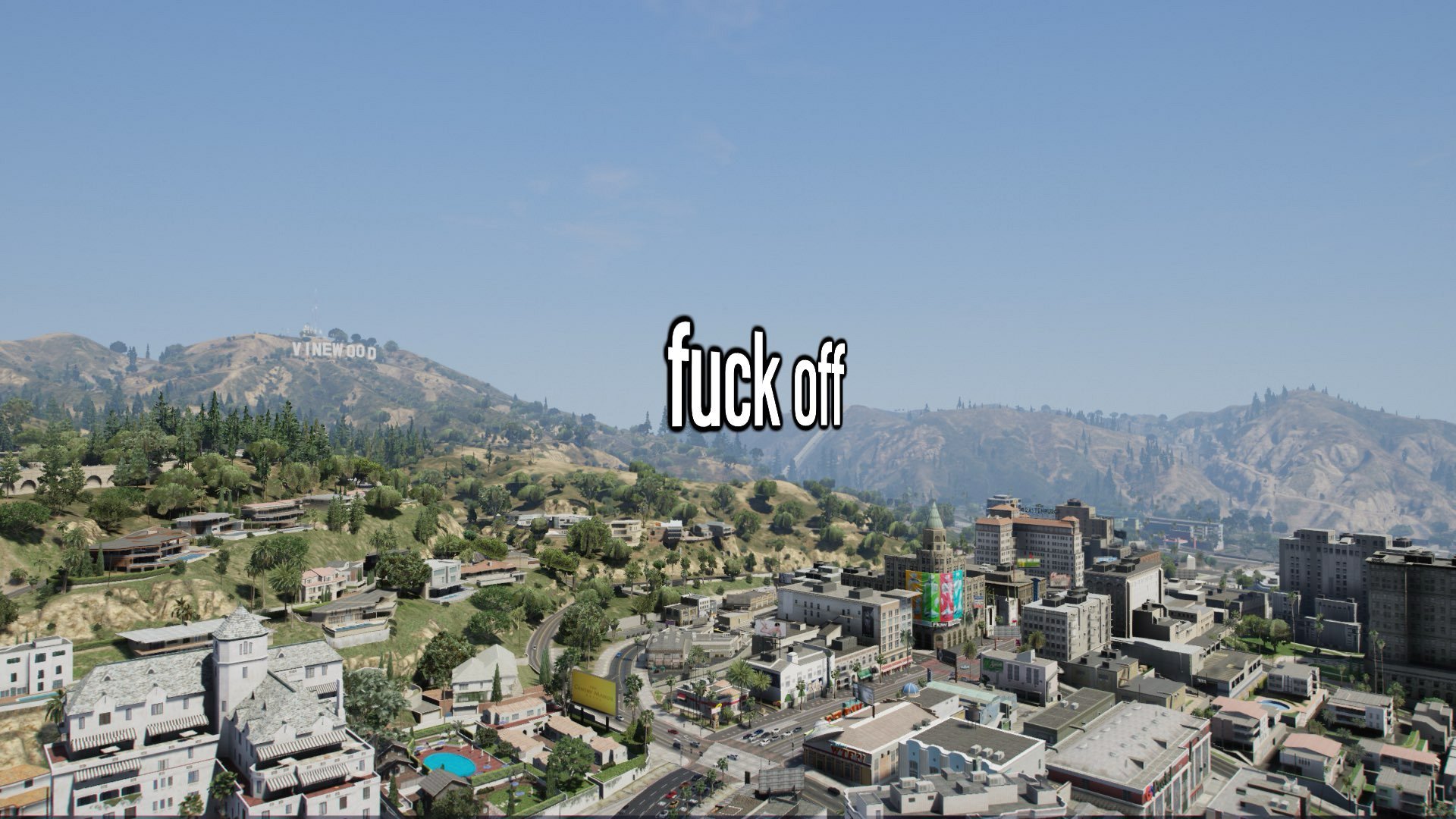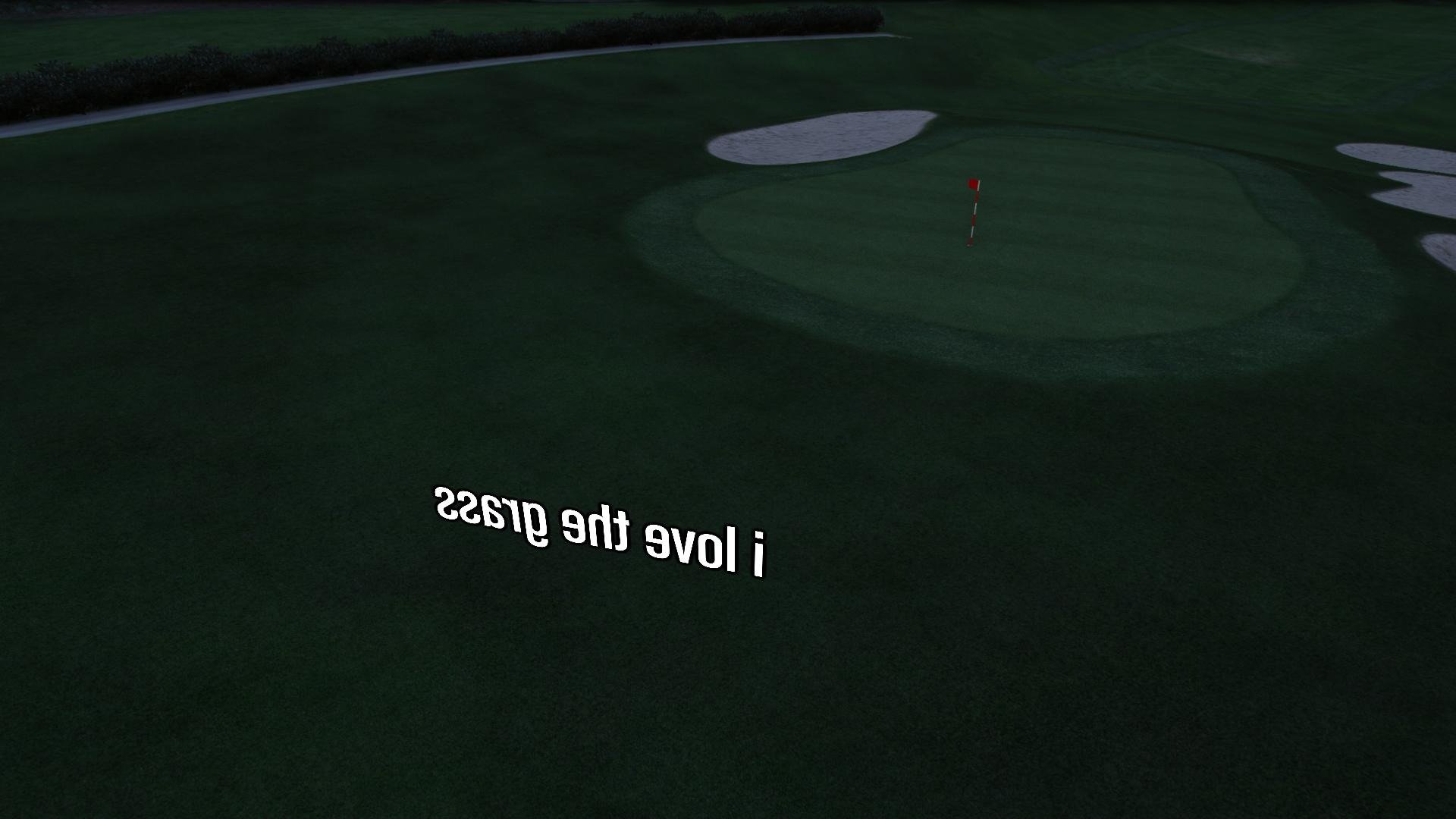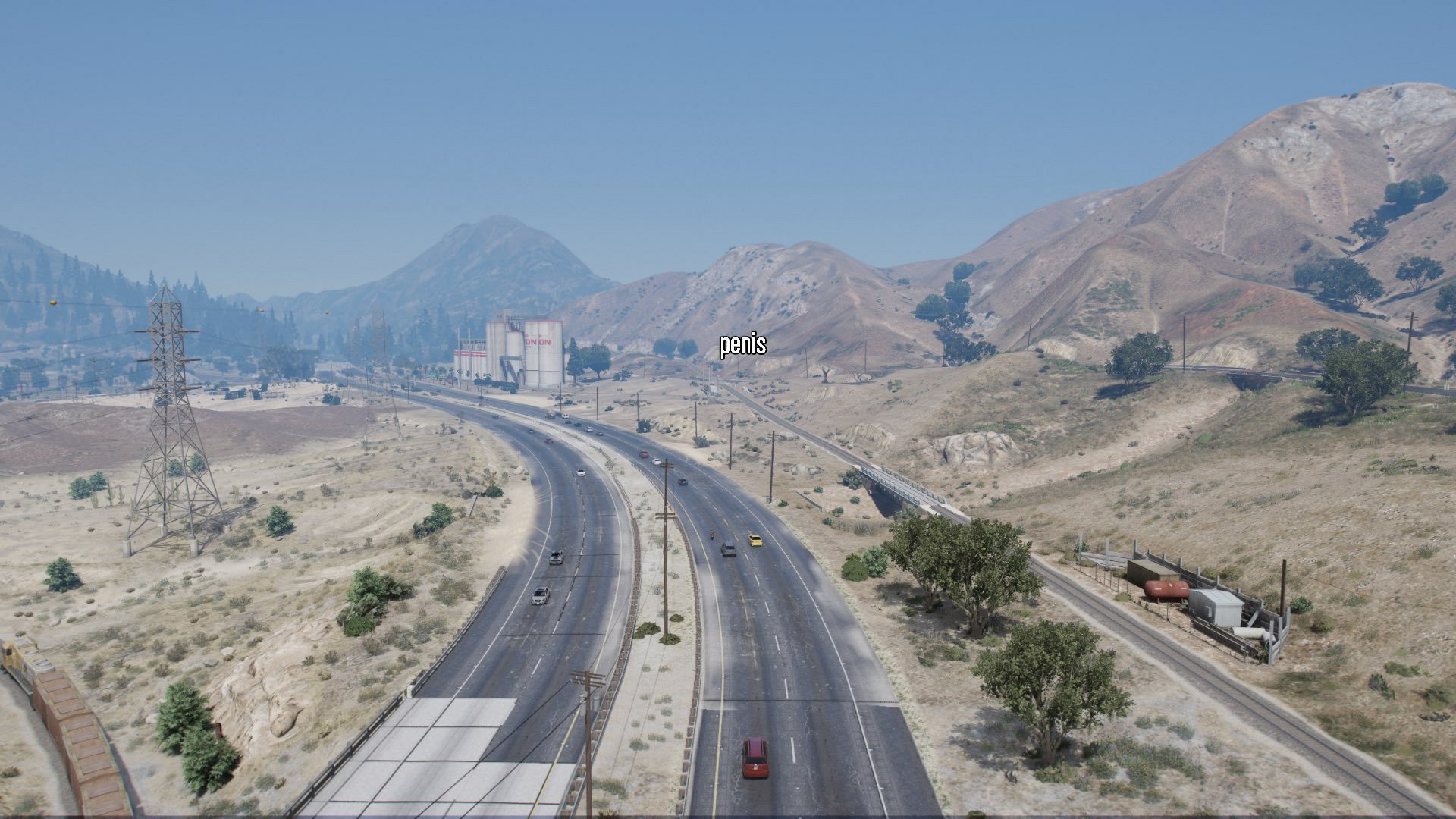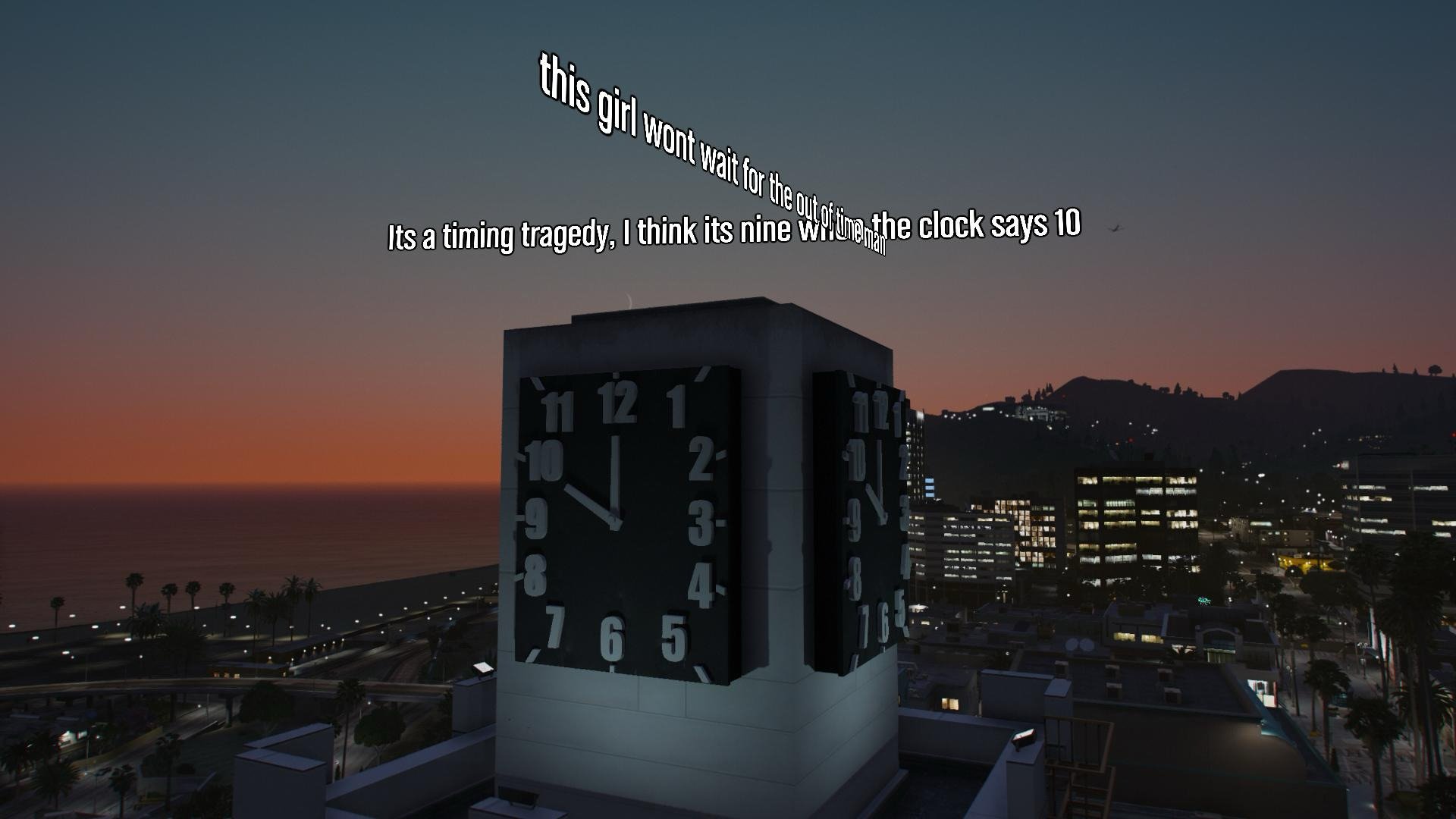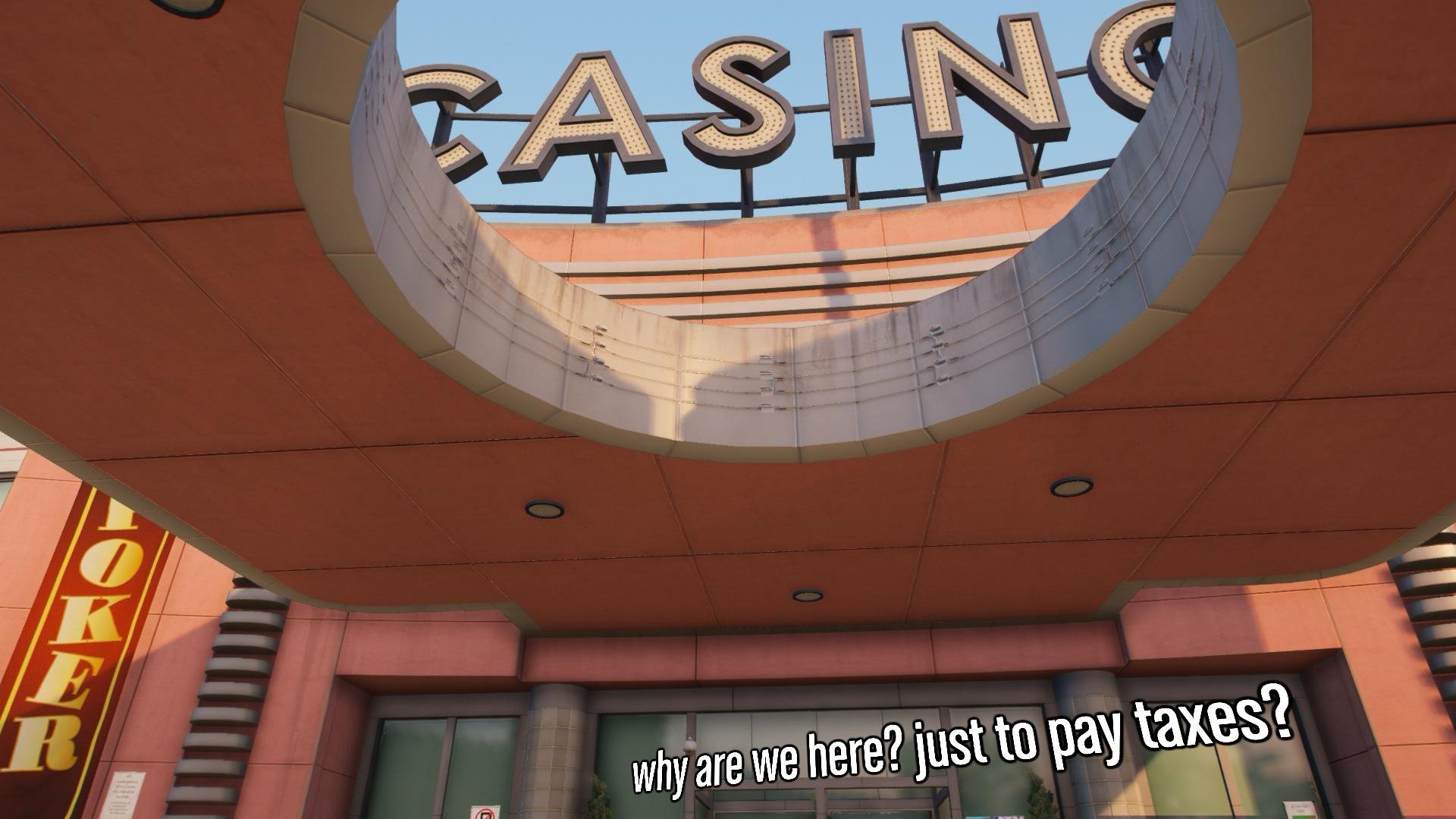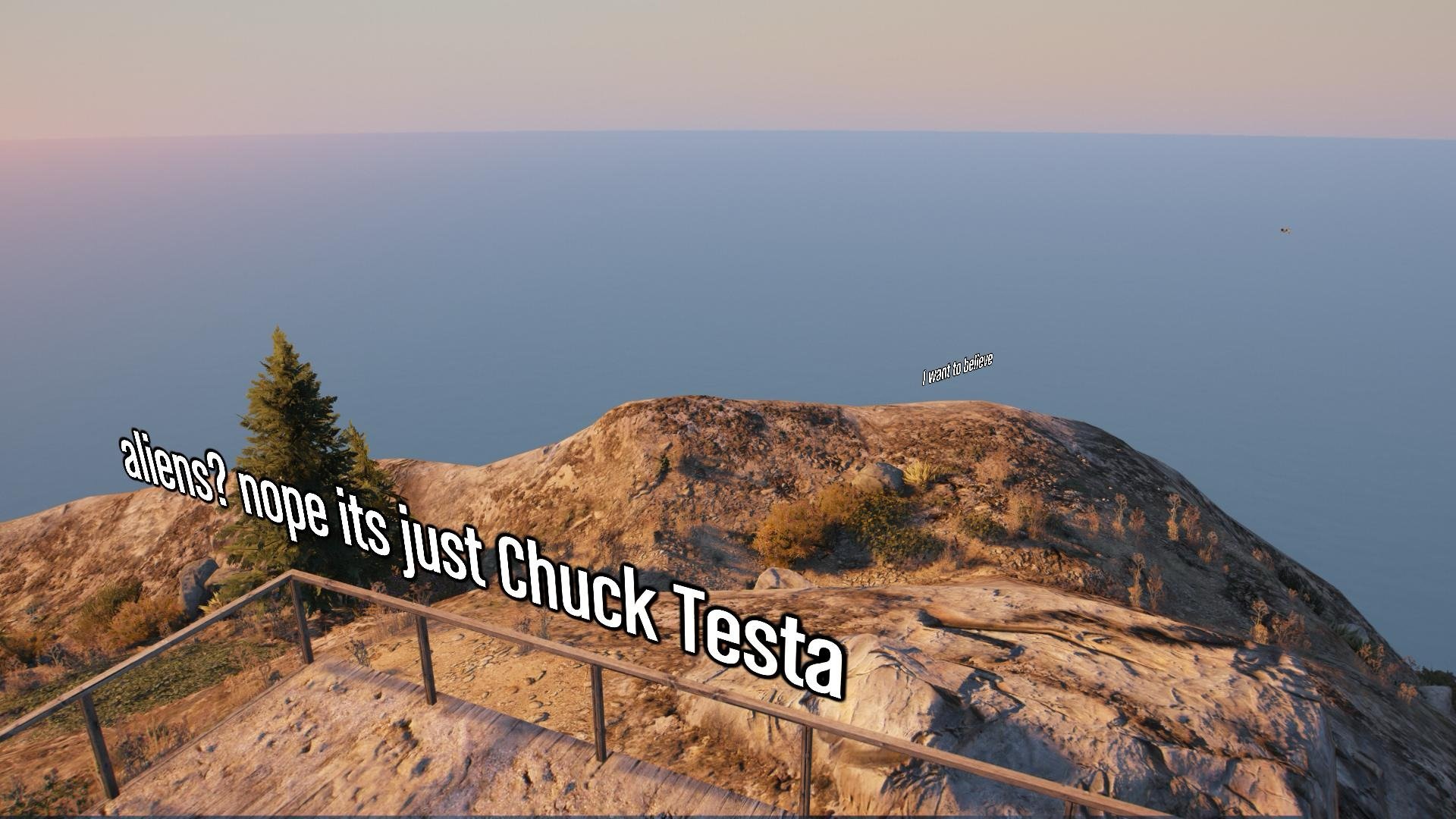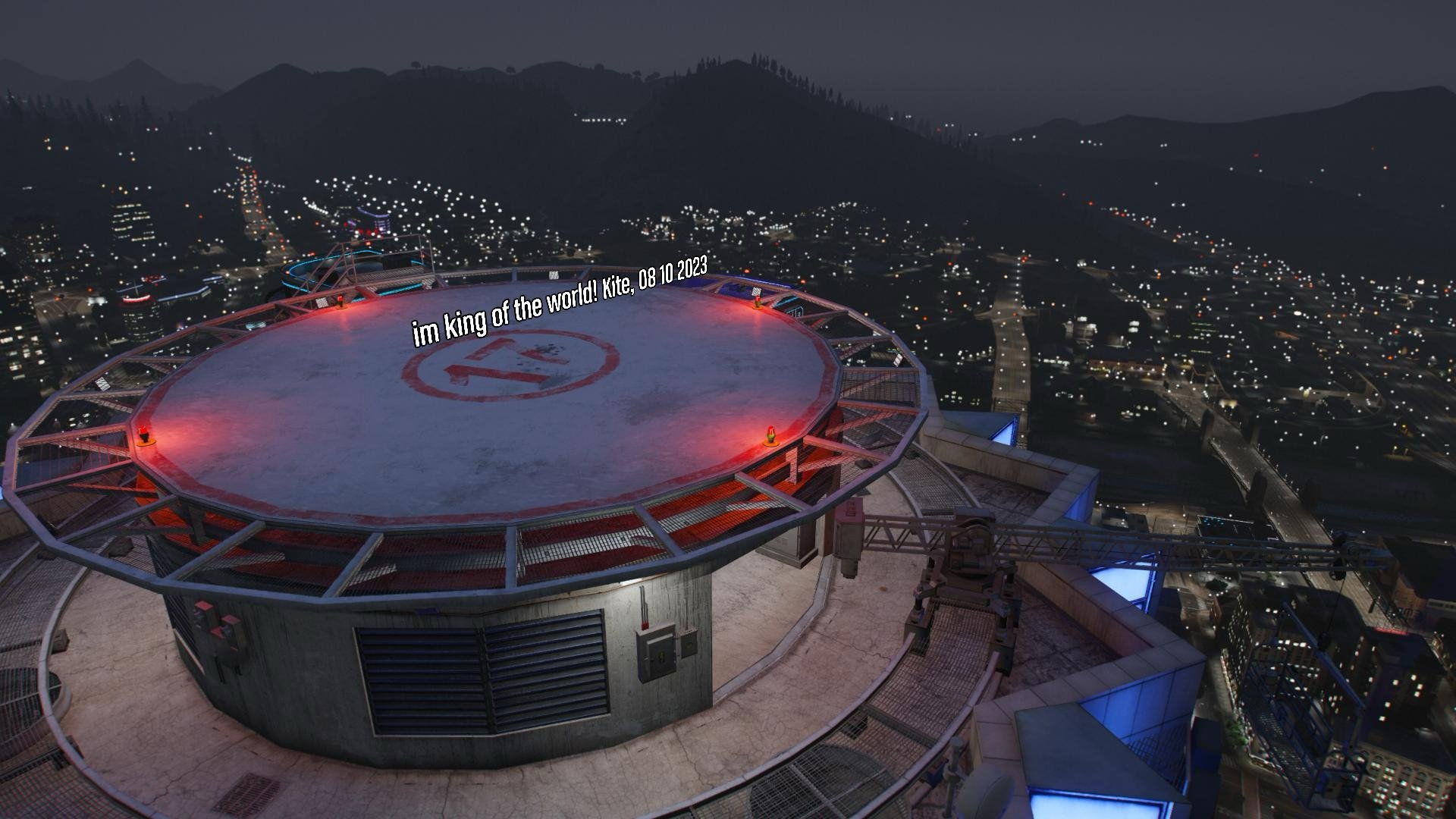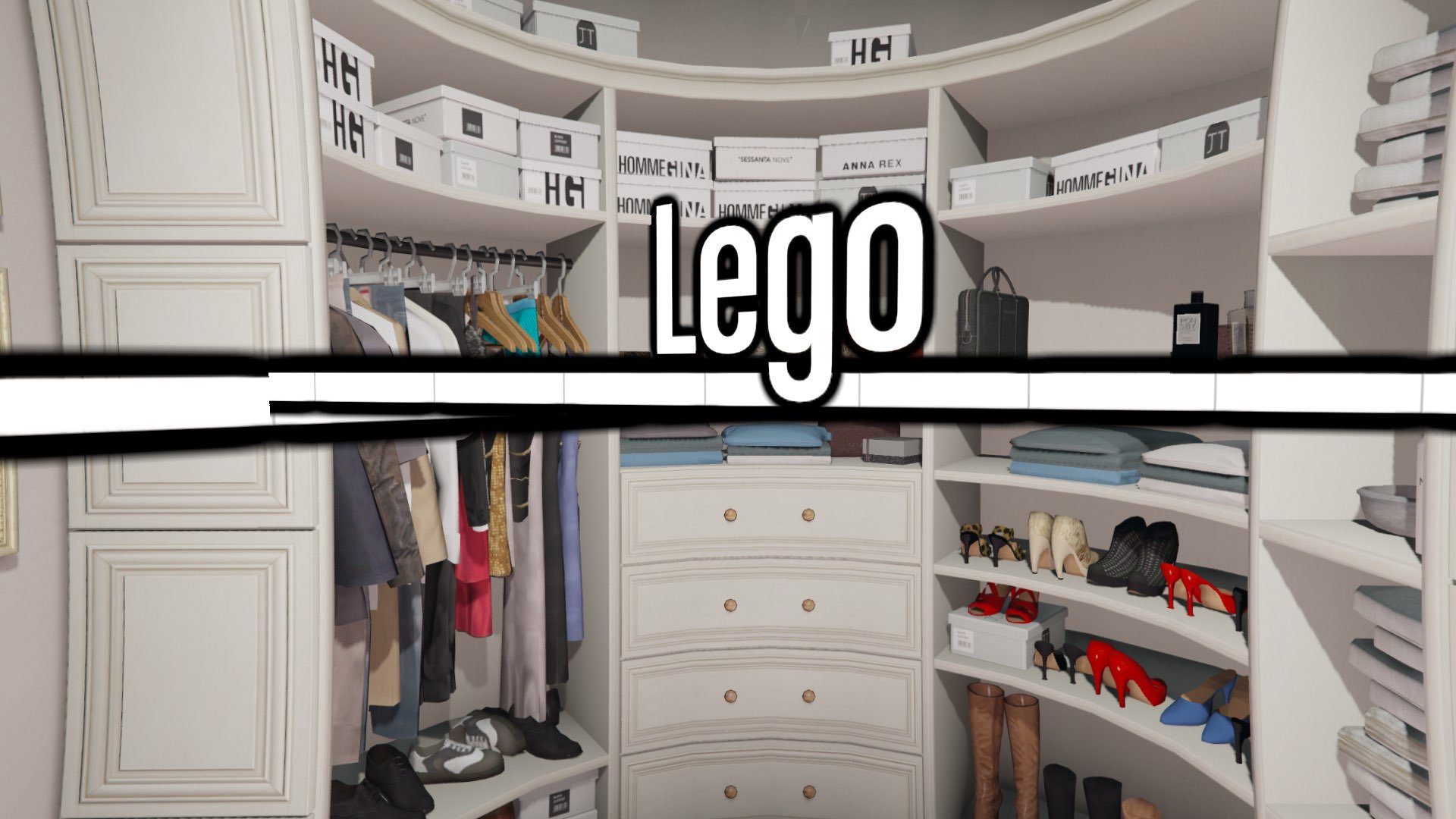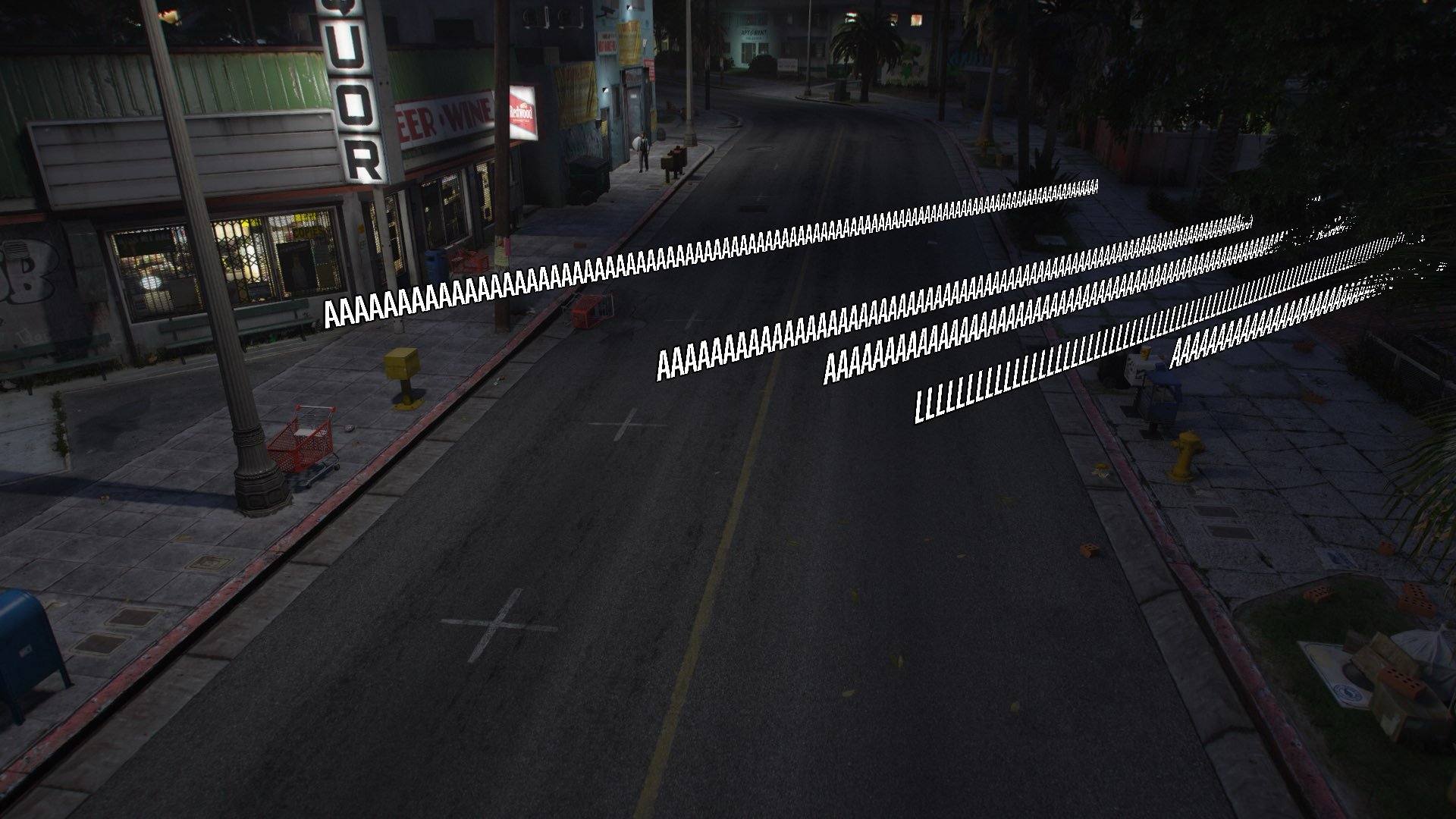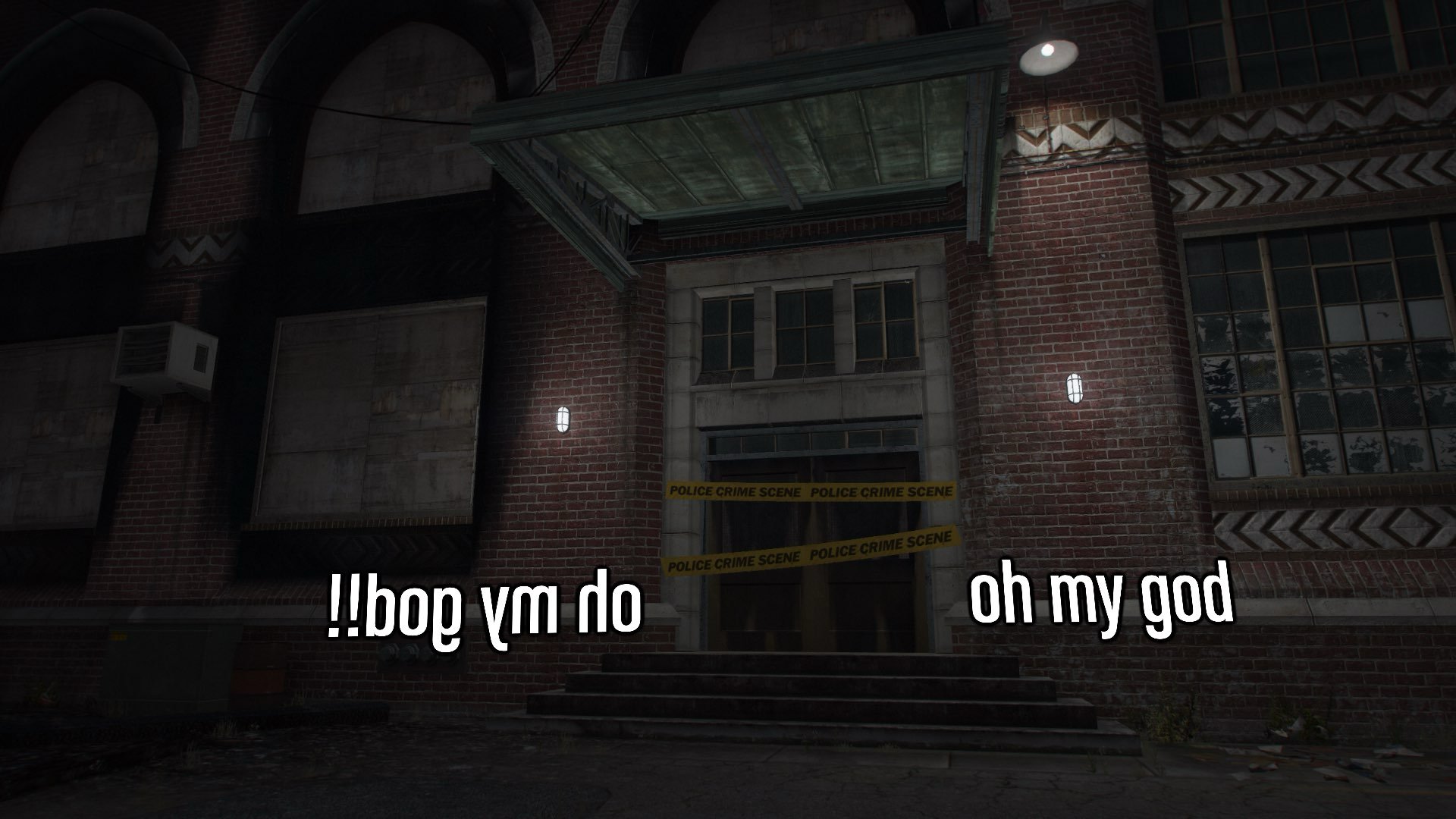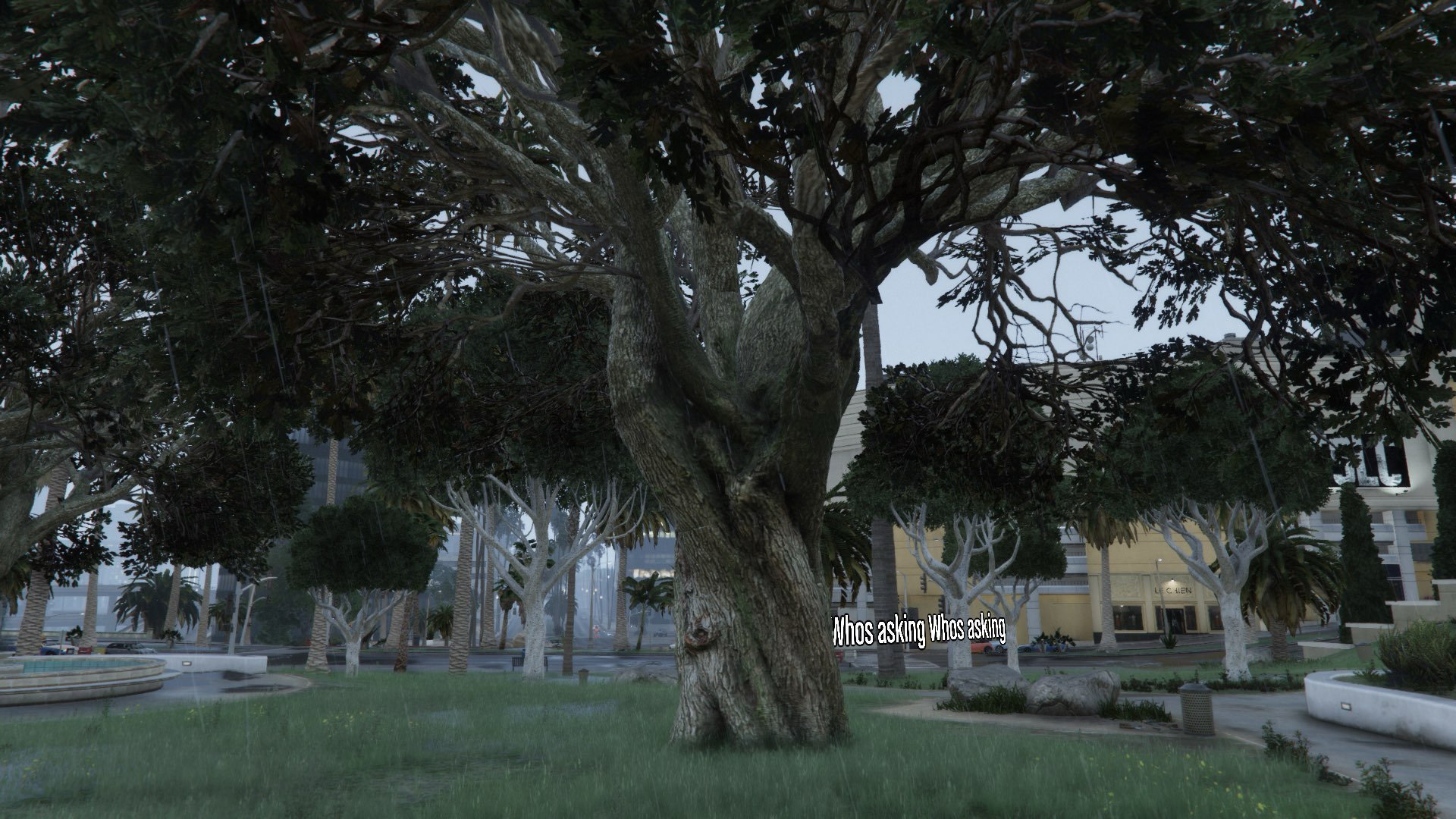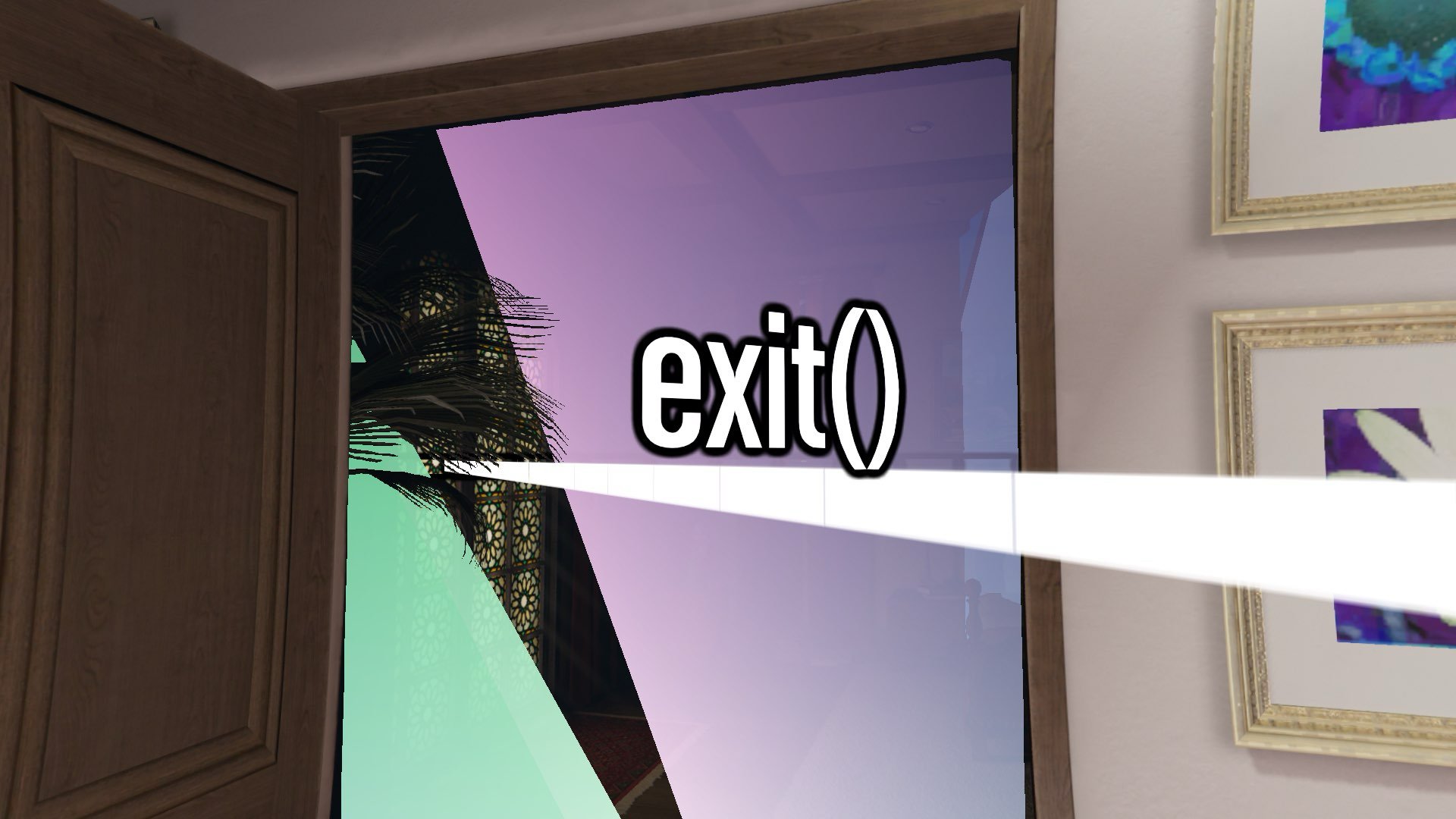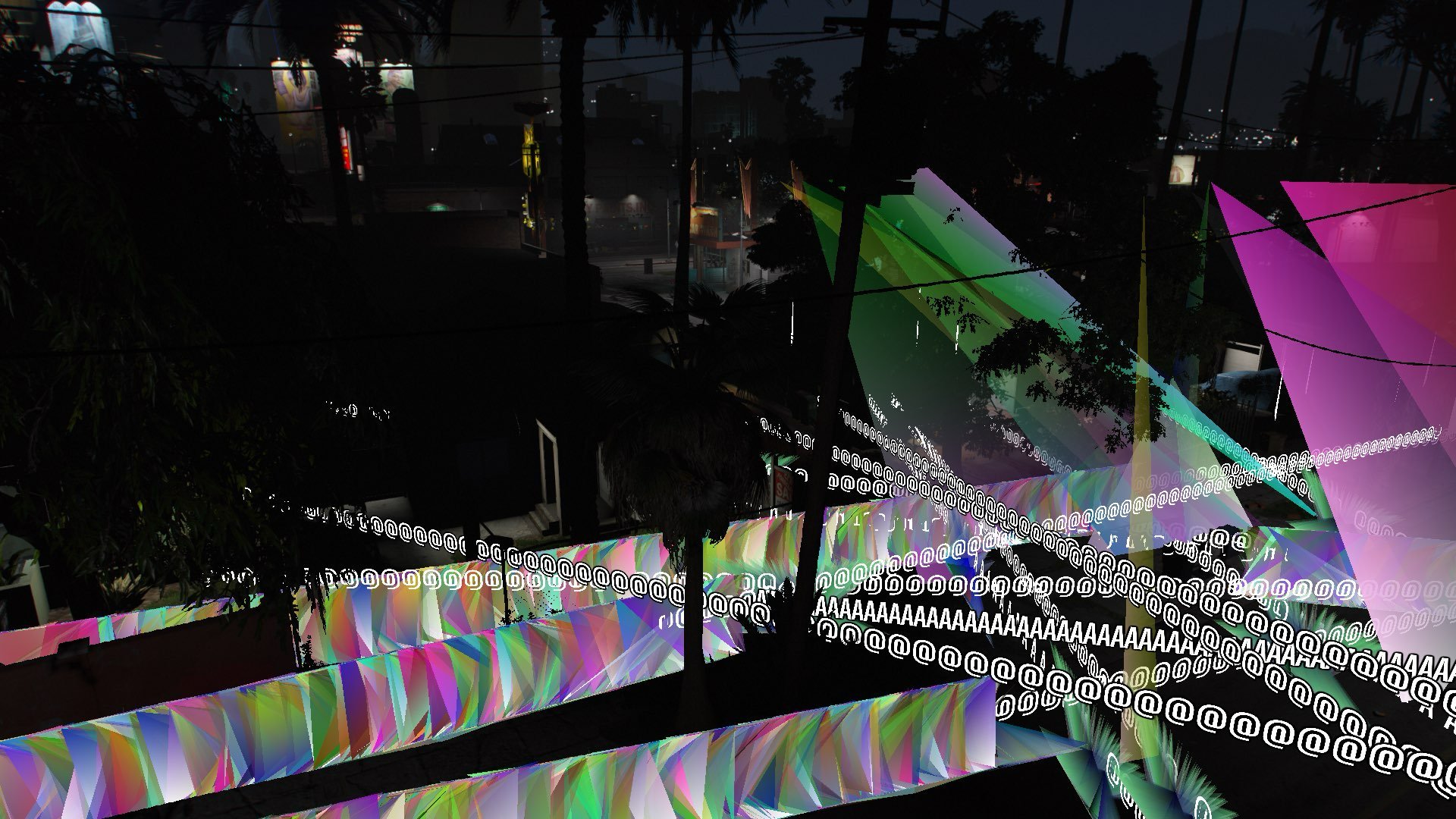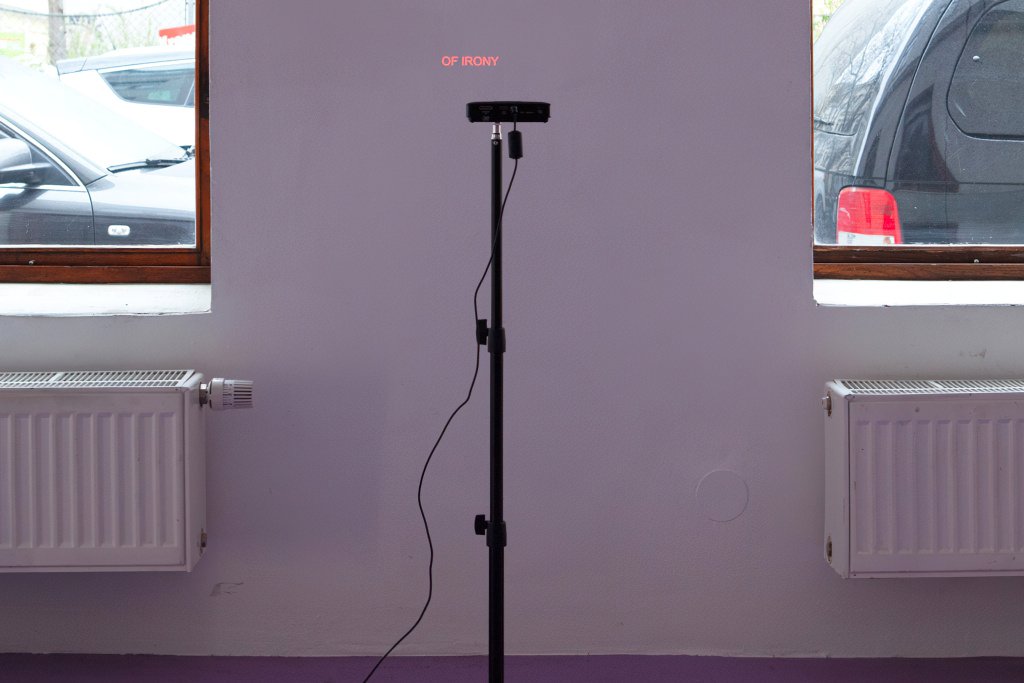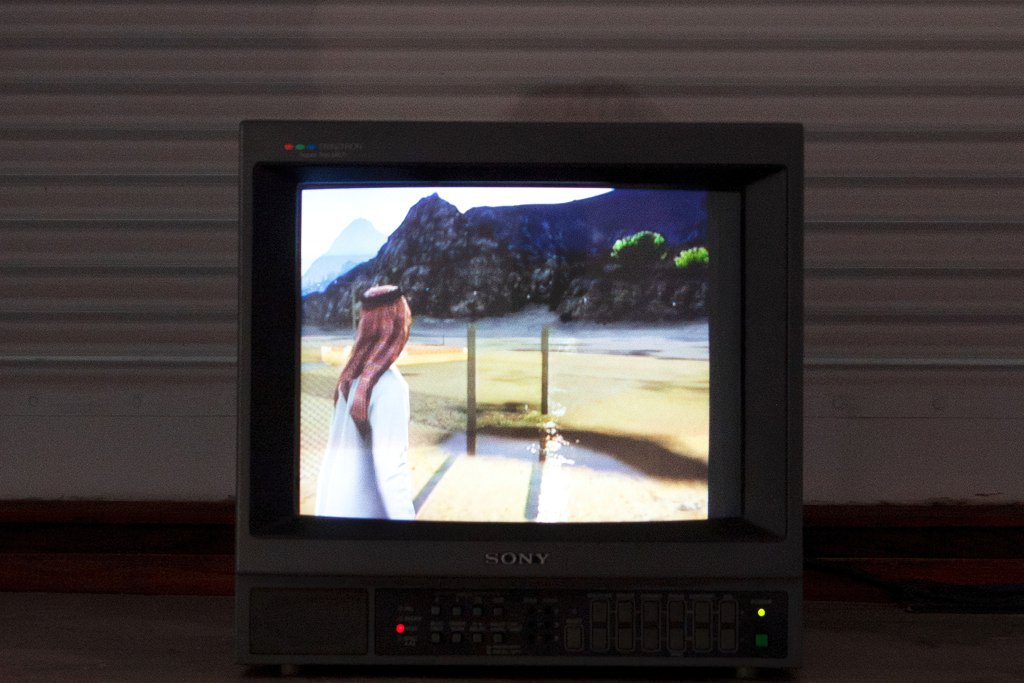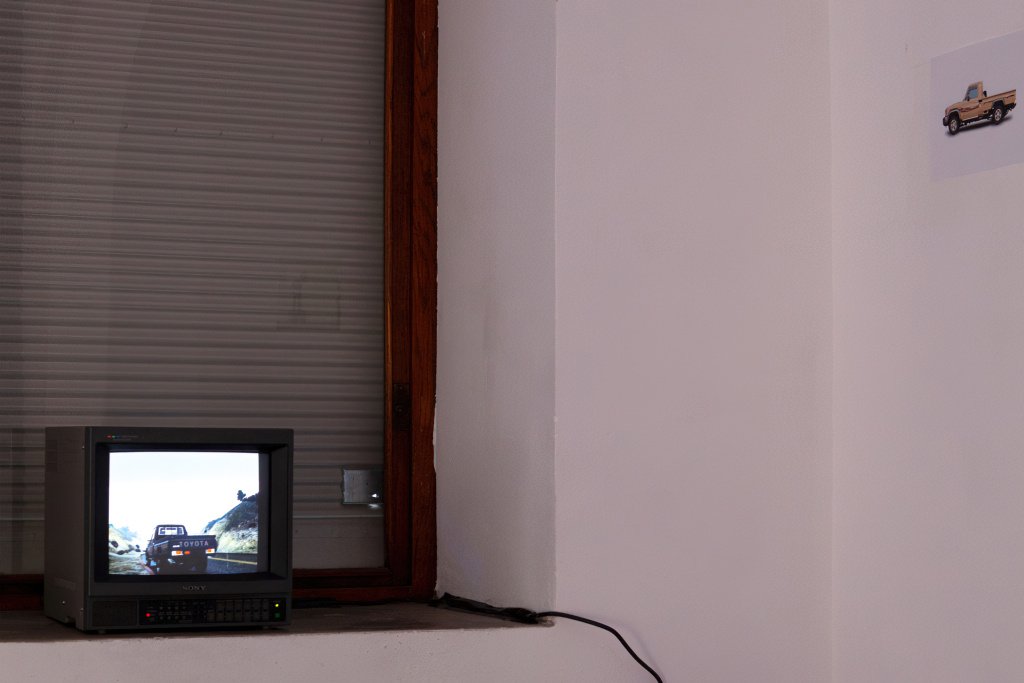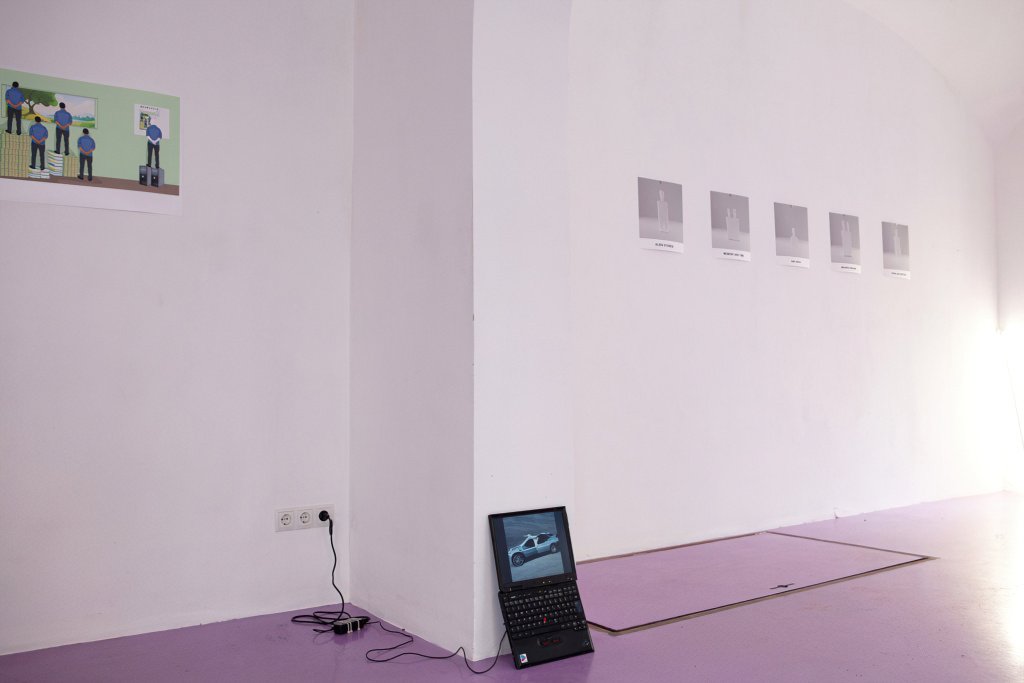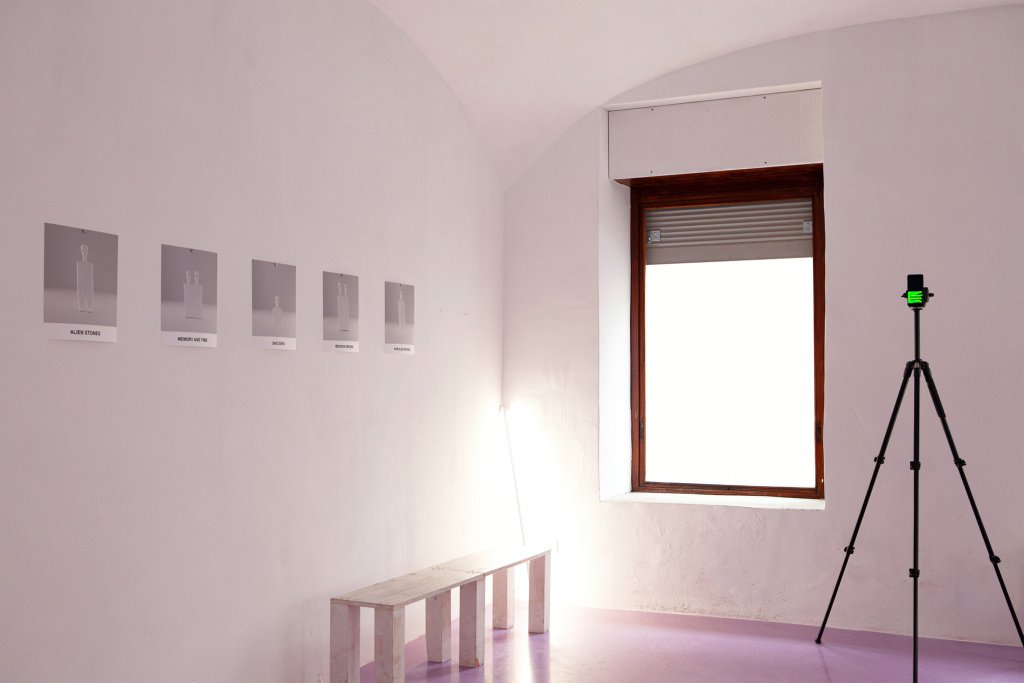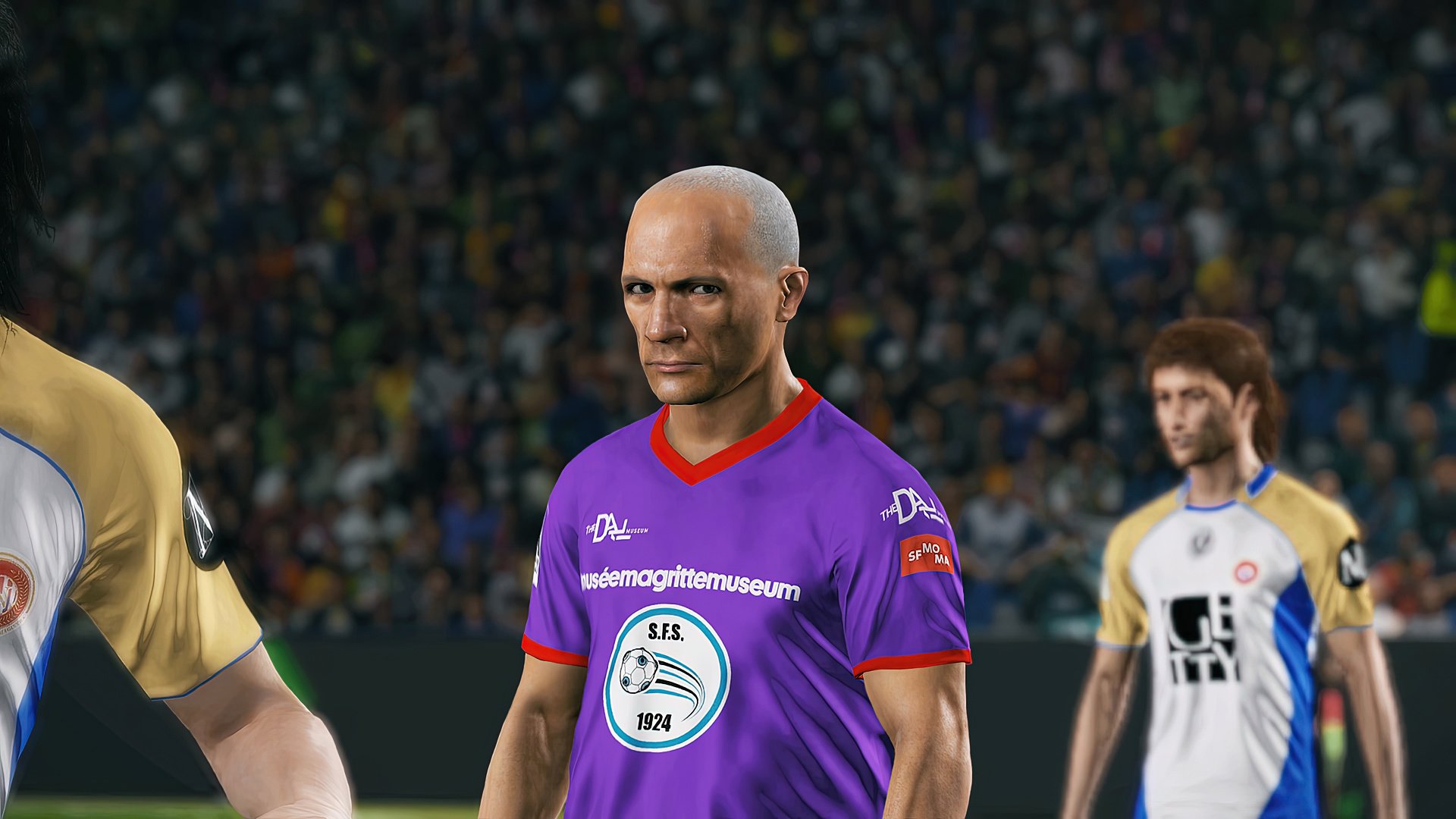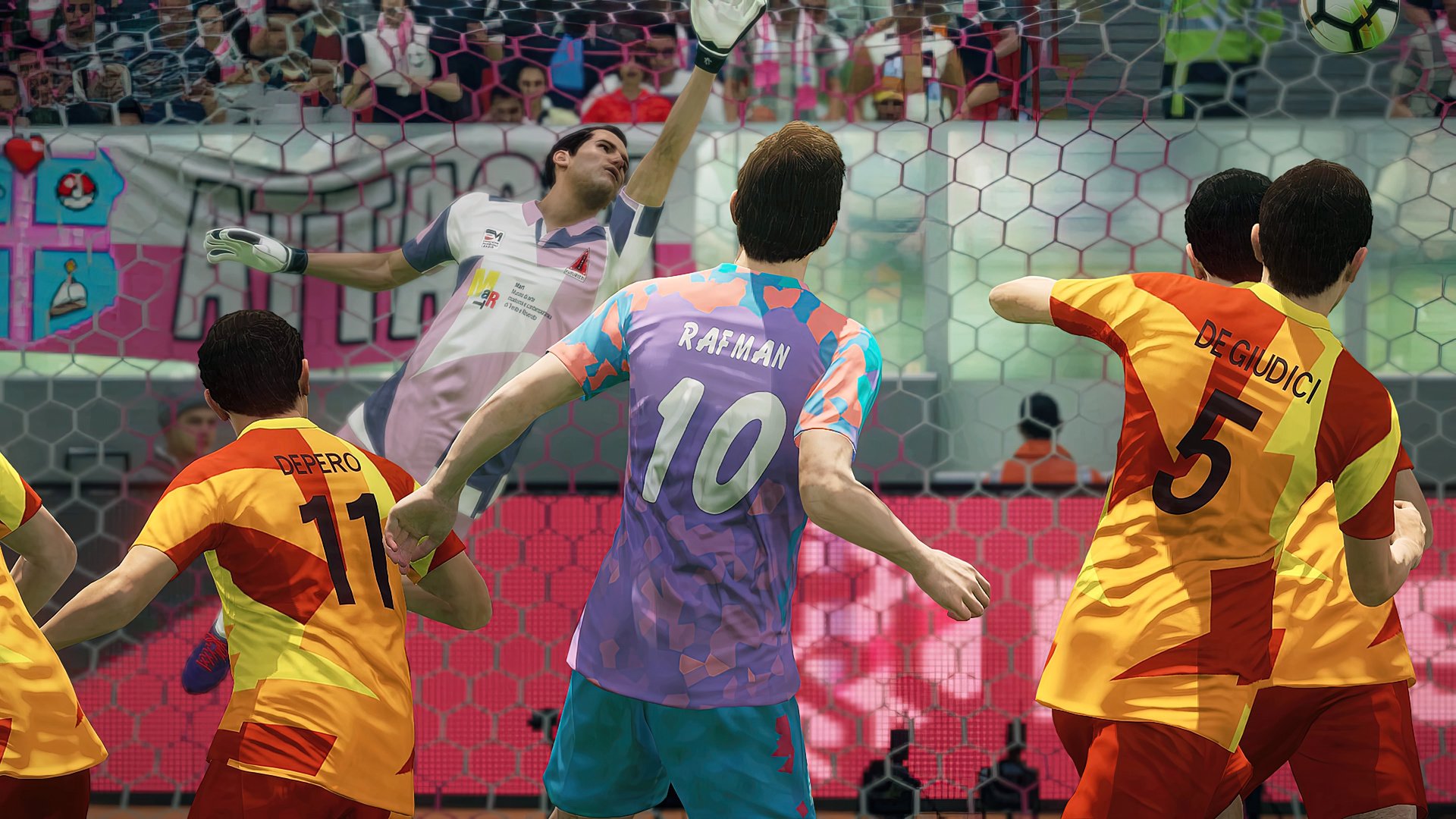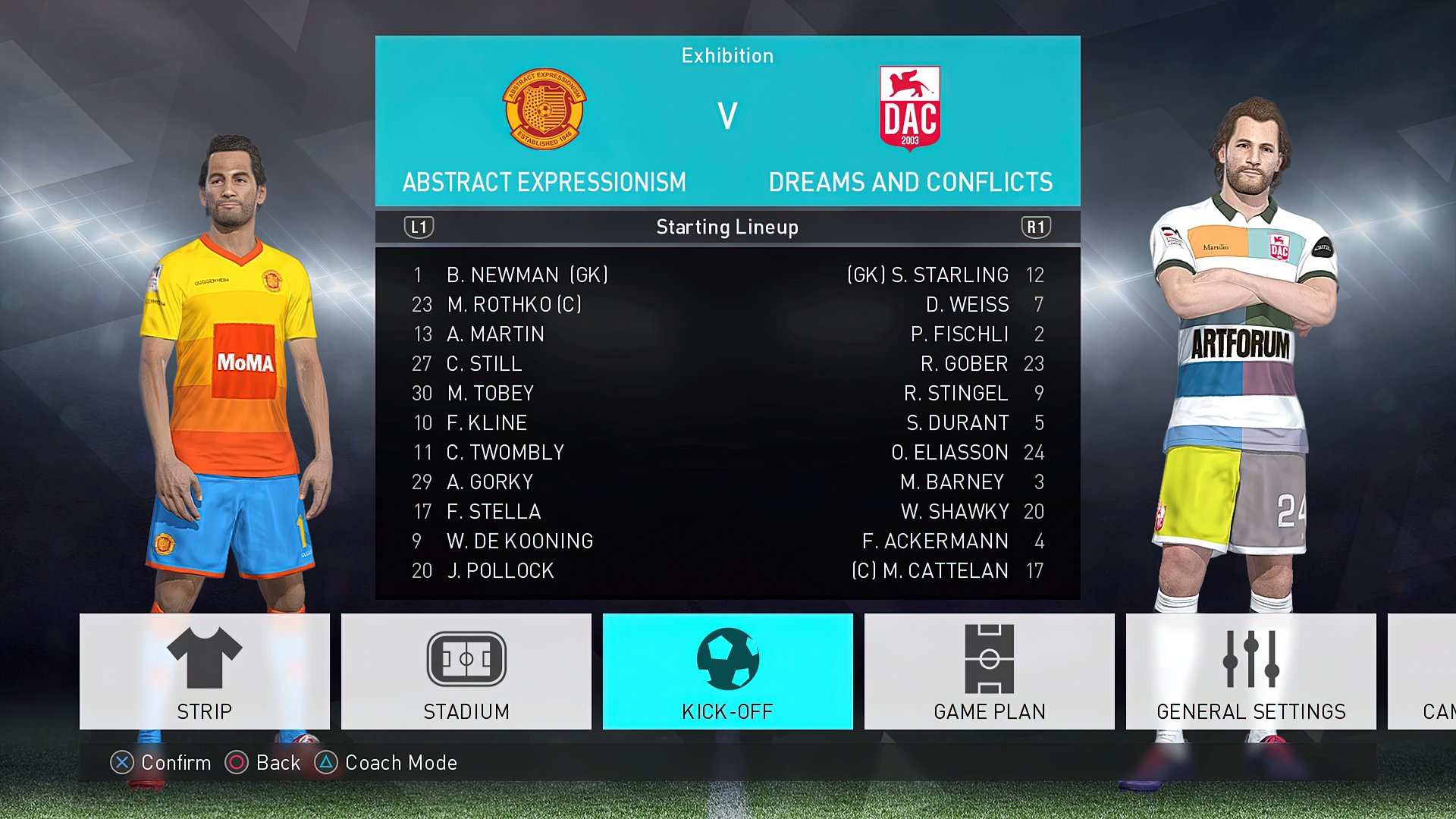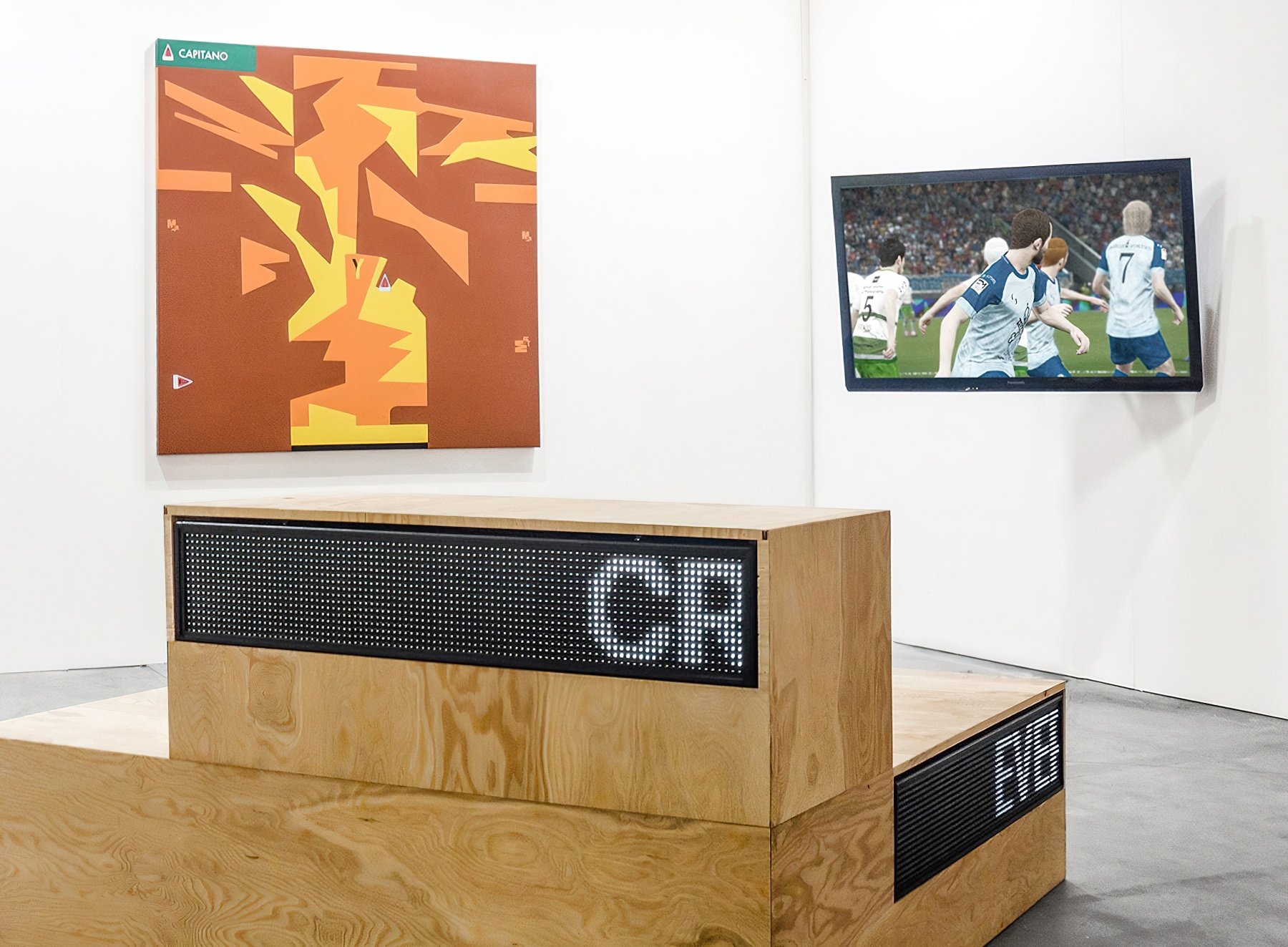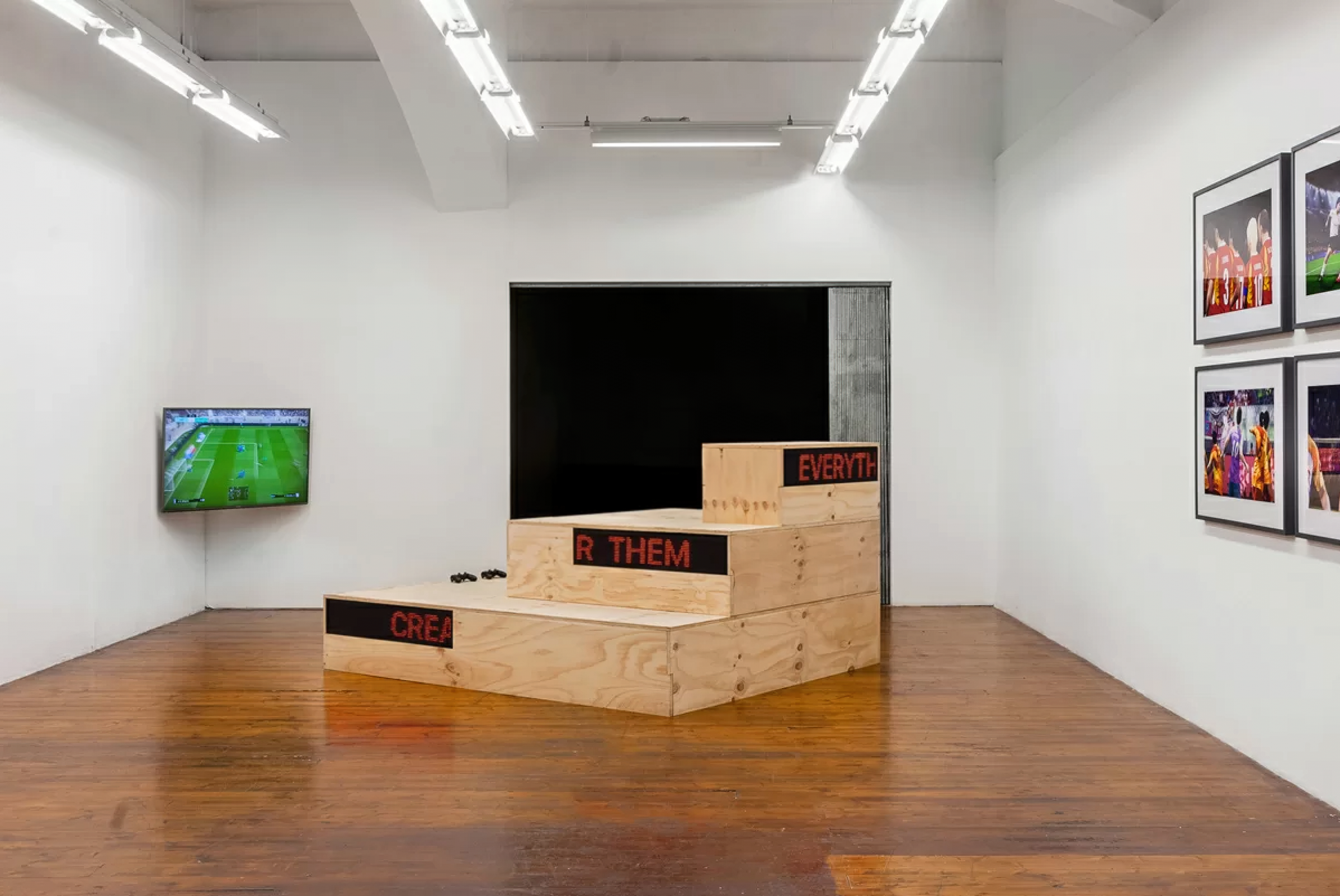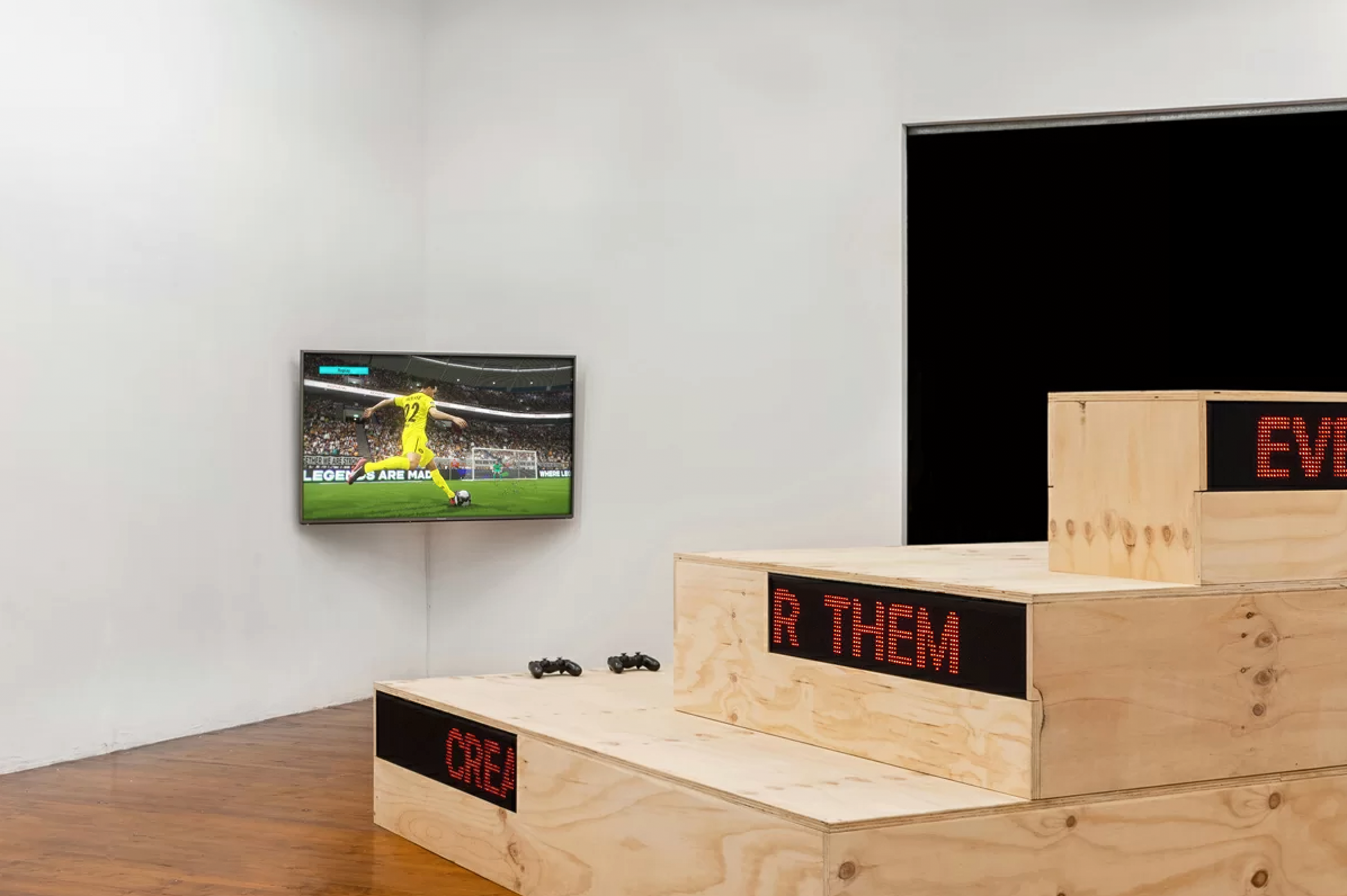Conceived and developed by Dutch artist and filmmaker Jordy Veenstra, the ongoing Regression series uniquely captures experimental machinima within Rockstar’s ever expanding Grand Theft Auto’s urban and rural territories. Using an array of mods and the Rockstar Editor, Veenstra produced avant-garde studies of these detailed spaces from distinct vantage points. From 2019, Veenstra has been producing four installments, all showcased on VRAL.
While linked thematically, each film focuses on different contexts within specific Grand Theft Auto maps. As an auteur, Veenstra explores overlooked corners, finding beauty in transformed gameplay. His rigorous approach reimagines chaotic worlds as meditative landscapes.
Regression’s title refers to the illusion of perfection in Grand Theft Auto’s dystopia, perceiving it as societal decline, deterioration, and barbarism. Behind the glitzy façade, flaws and cracks emerge, satirized via aggressive advertising, profanity, and lawlessness. Through distorted, dreamlike aesthetics, the films unpack the dissonance between illusion and grim realities. Visually embracing both analog and digital, a grainy 24fps texture emulates film alongside sweeping 4K vistas. Dynamic grading heightens contrast and painterly scenes. This fusion pays homage to cinema’s legacy while exploring the frontiers of simulation. Veenstra eschews narrative conventions such as voice over or didactic illustration in favor of a more improvisational production. Loose frameworks guide raw gameplay capture while editing choices shape the experiences.
Using the embedded Rockstar Editor, Veenstra cuts, frames, and exports clips from Grand Theft Auto V. His shots feature depth of field, enhancing cinematic illusions in-engine. With the EVE mod, scenes export at 24fps, evoking the look and feel of celluloid. Veenstra coined the expression “cinematic distortion” to indicate techniques transforming gameplay into cinematic aesthetics. Key features include:
— Filmic aspect ratios over typical 16:9;
— 24fps over higher game frame rates;
— Extensive color grading to shift familiar hues;
— Analog artifacts like grain and motion blur;
— Cinematic framing and pacing;
— Intuitive filming focused on spaces rather than plot.
The outcome distances the polished CG interactivity of the original games for the richness of celluloid. Veenstra’s distortion process elicits a dreamlike, glitchy texture, expanding and simultaneously merging machinima and cinema. Through strategic post-production transformations, Veenstra’s meticulous workflow sculpts raw gameplay into textured cinematic experiences, transcending Grand Theft Auto’s digital gloss.
Specialized mods from the active modding community enrich creative possibilities. Veenstra leverages these fan-made tools, showcasing remarkable imagination alongside his vision.
The Dutch filmmaker redefines player relationships with familiar game spaces. Chaotic criminal playgrounds transform into serene environments appreciating underlying aesthetics. The films play with realism and artificiality, using convincing illusions yet reveling in fanciful virtual possibilities. Through skillful craft, Veenstra elicits resonance and humanity from violent game worlds. His cinematic distortion recalibrates familiar mayhem into a canvas for poignant artistic expression.
(continues)
Matteo Bittanti
Works cited
Jordy Veenstra
Regression 1, digital video, color, sound, 3’ 19”, 2019, The Netherlands
Regression 2, digital video, color, sound, 3’ 23”, 2019, The Netherlands
Regression 3, digital video, color, sound, 9’ 49”, 2019, The Netherlands
Regression 4, digital video (4k Scope), color, sound, 13’ 51” (original), 2023, The Netherlands
Joris Ivens, De Brug (The Bridge), black and white, silent, 15”, 1928, The Netherlands
Bert Haanstra
Glas (Glass), color, sound, 15”, 1958, The Netherlands
Zoo, black and white, sound, 11”, 1960, The Netherlands
Vittorio De Sica
Ladri di biciclette (Bicycle Thieves), black and white, sound, 93”, 1948, Italy
All images and videos courtesy of the Artist


